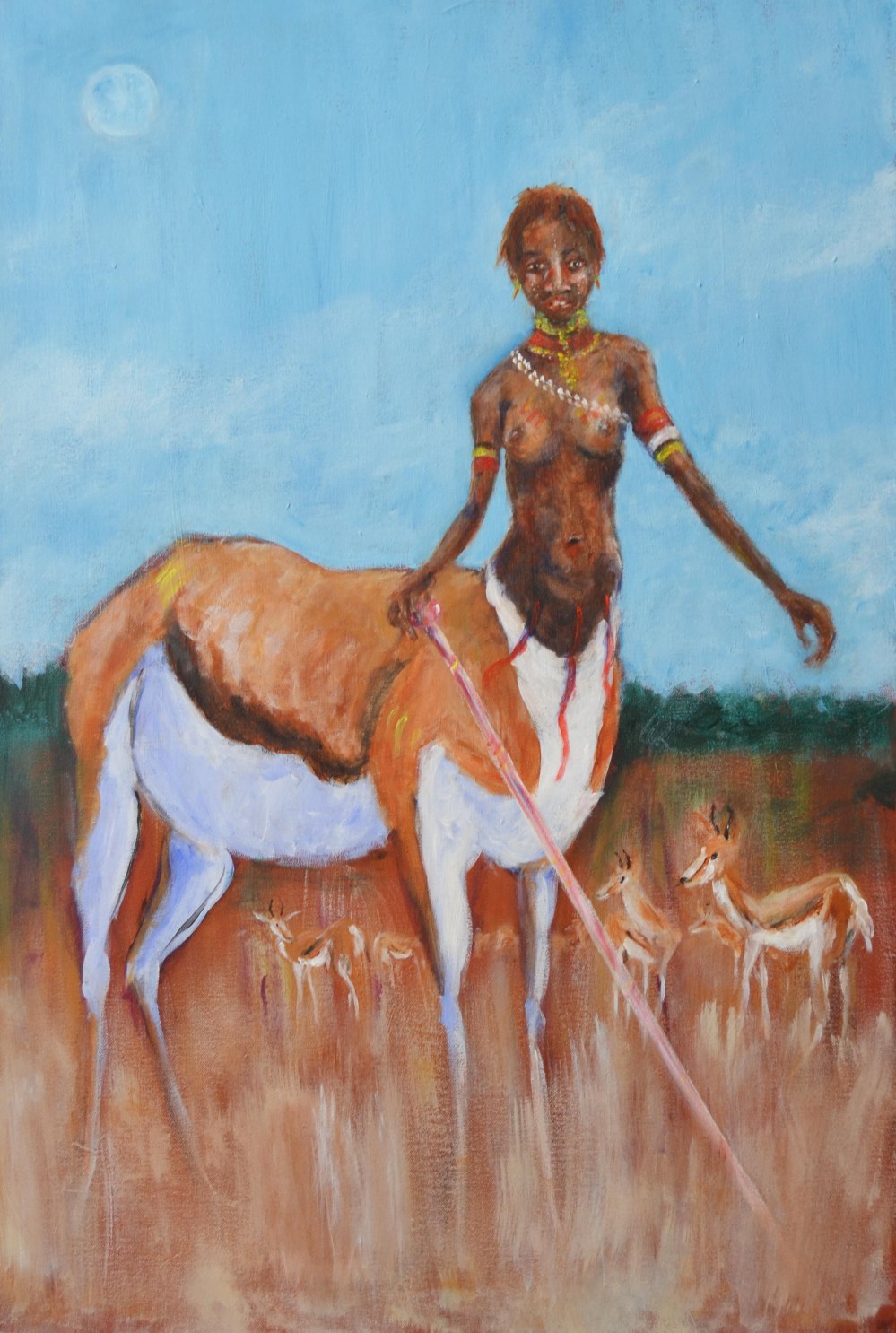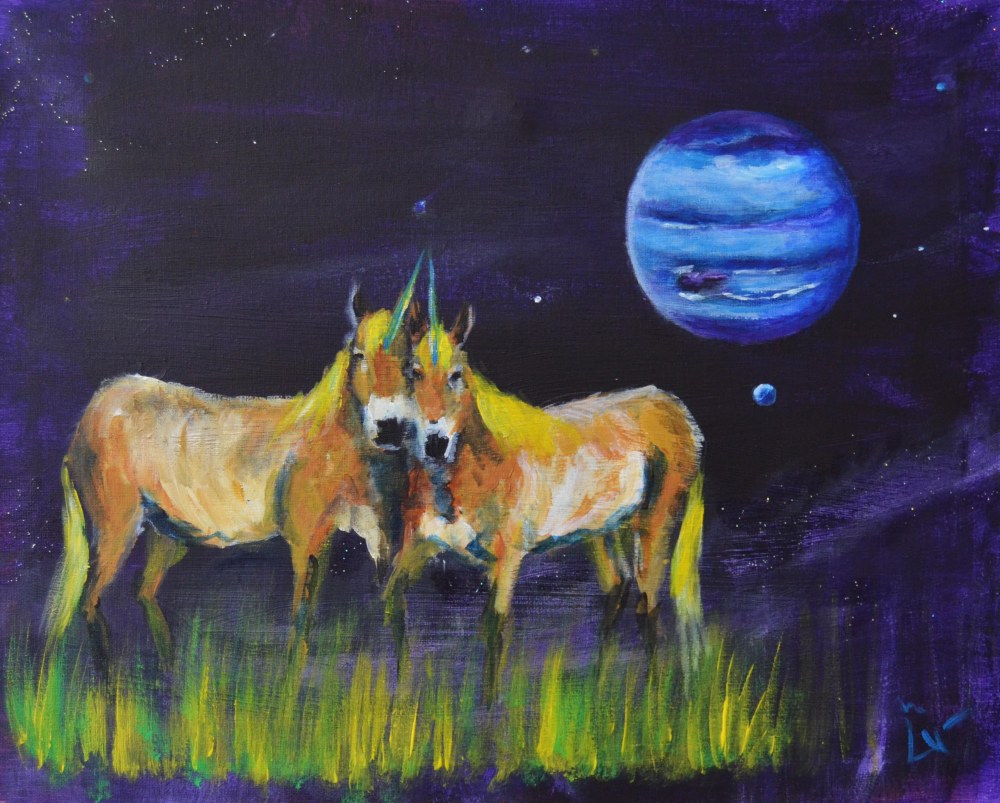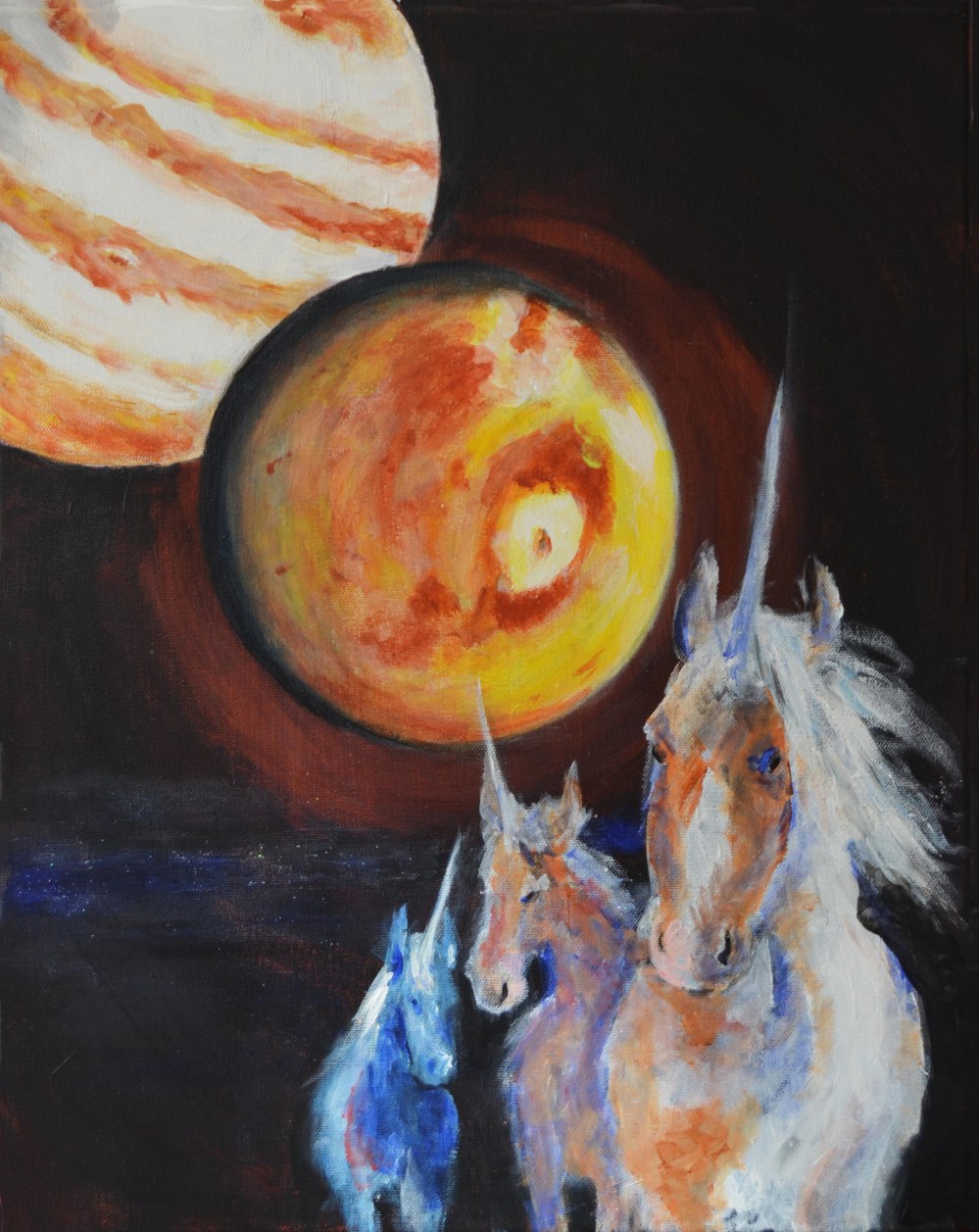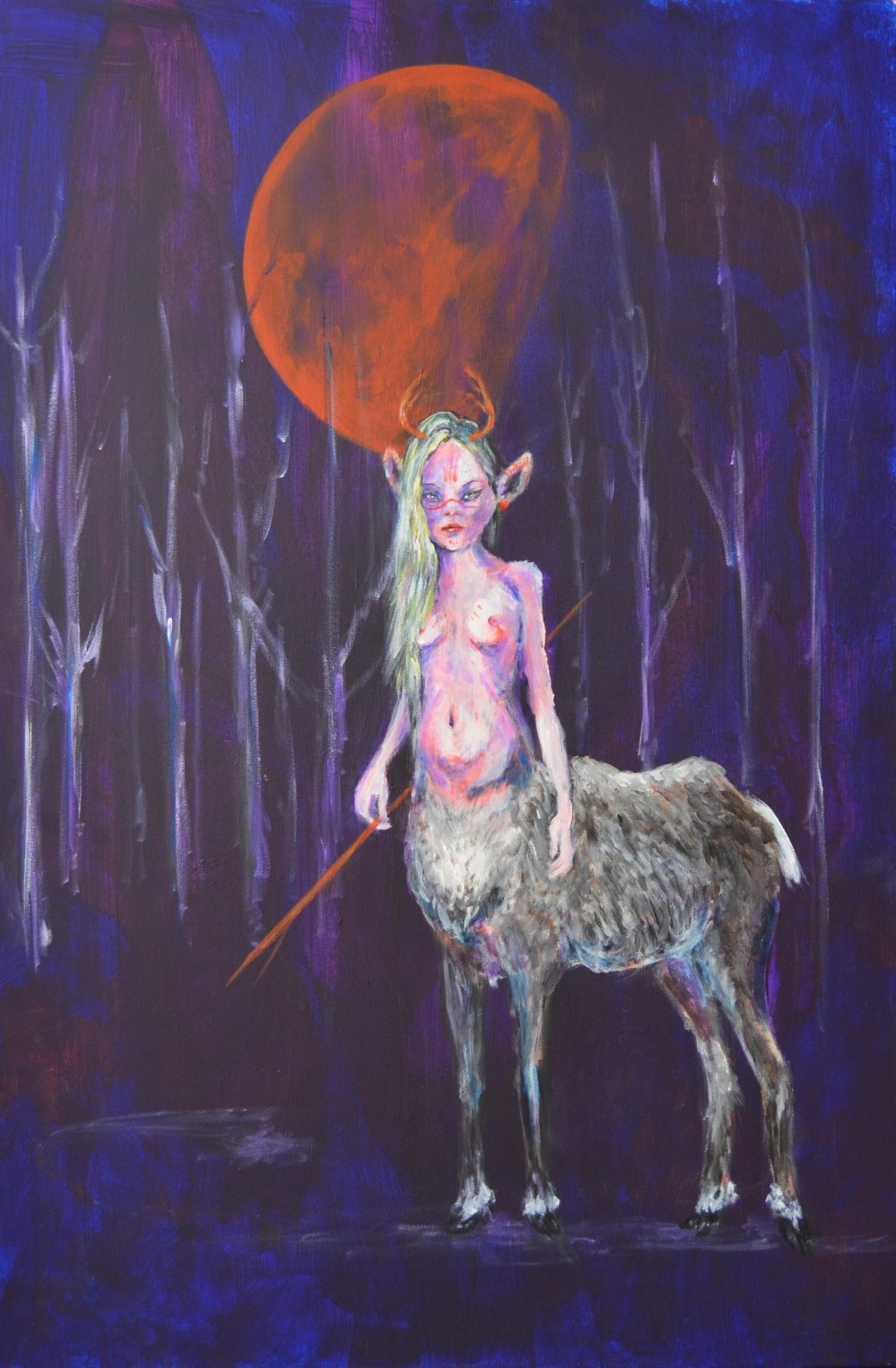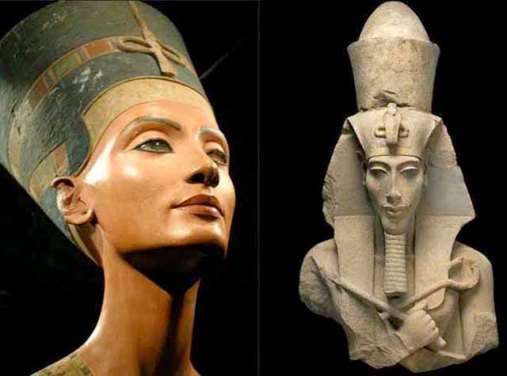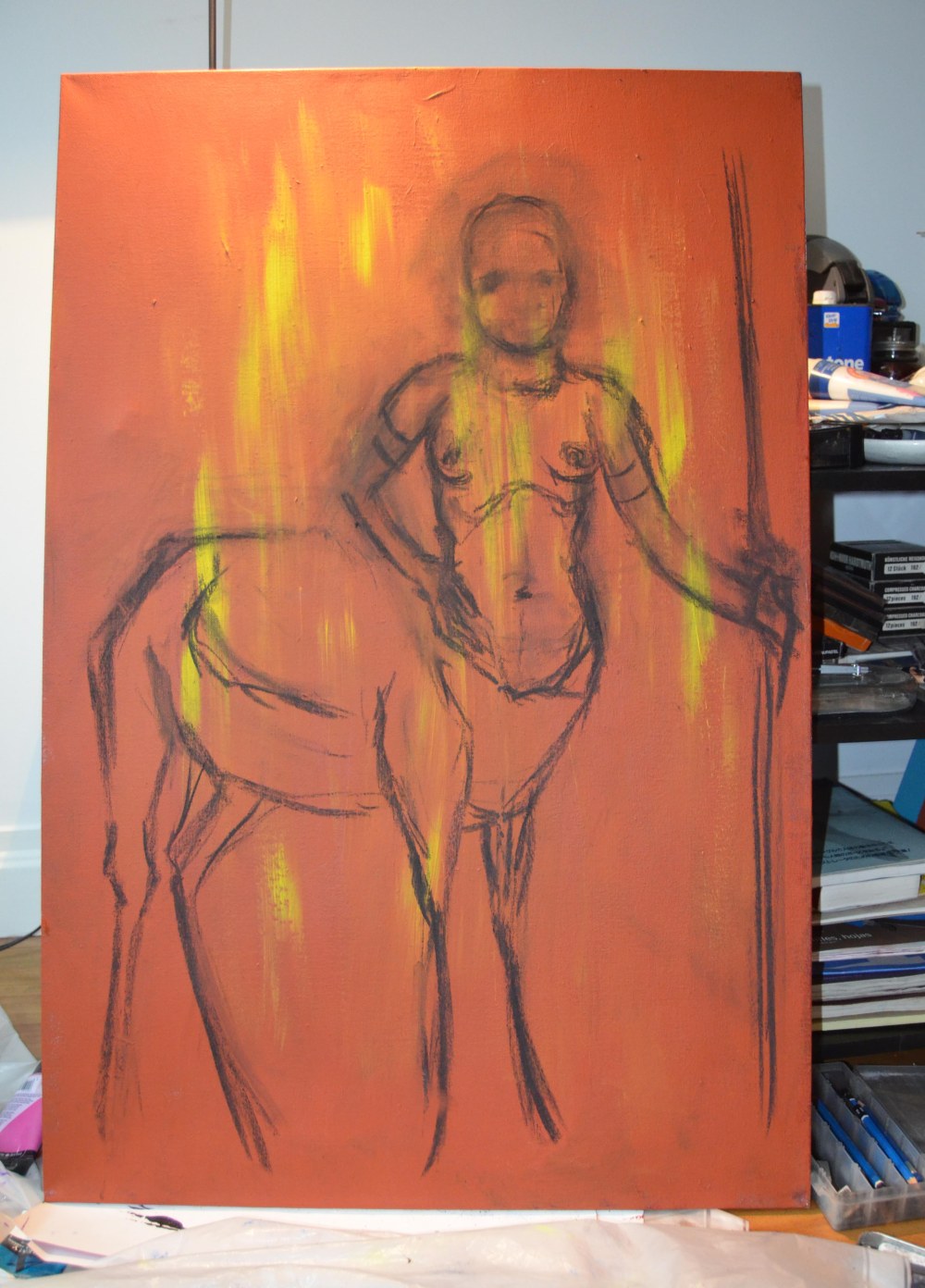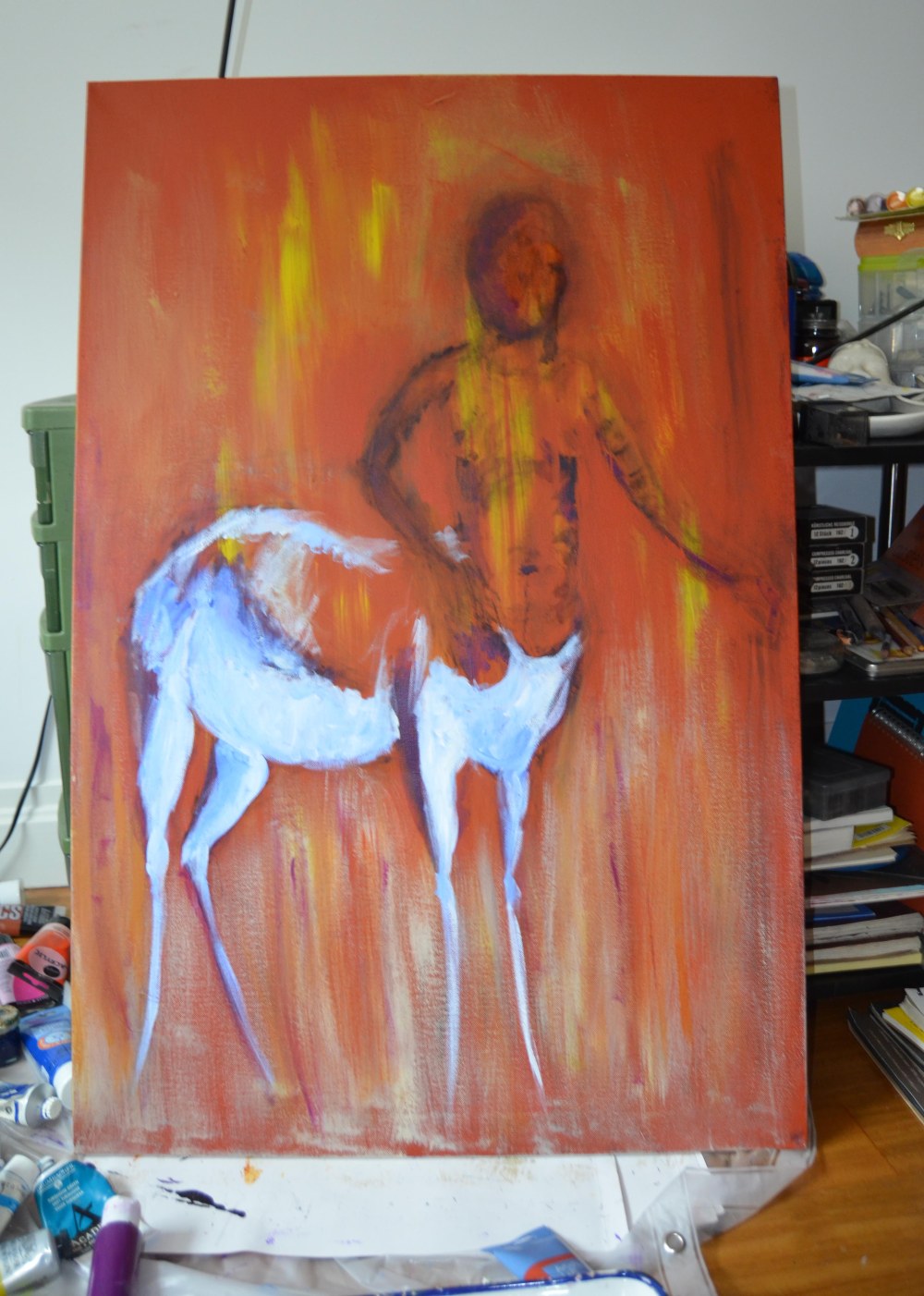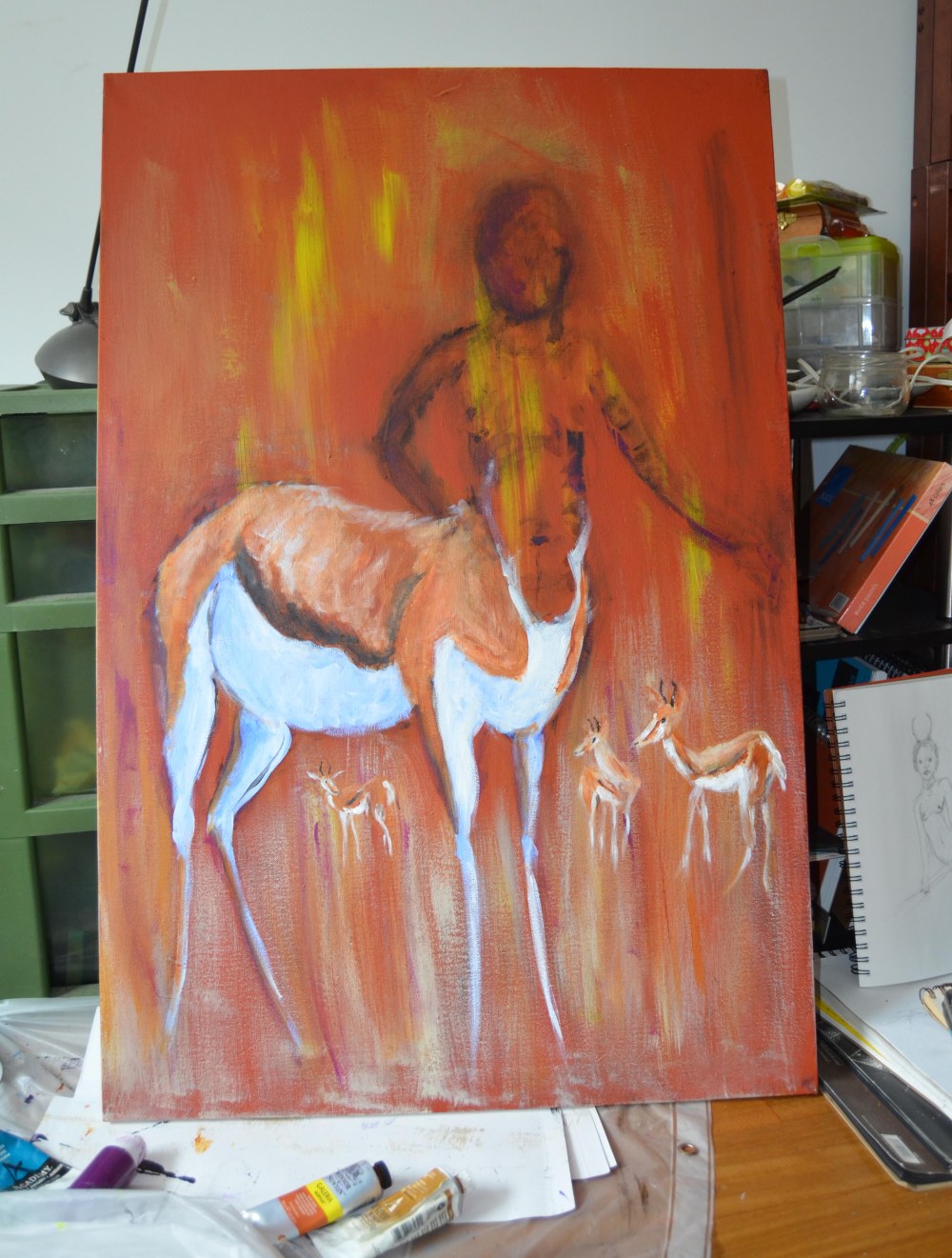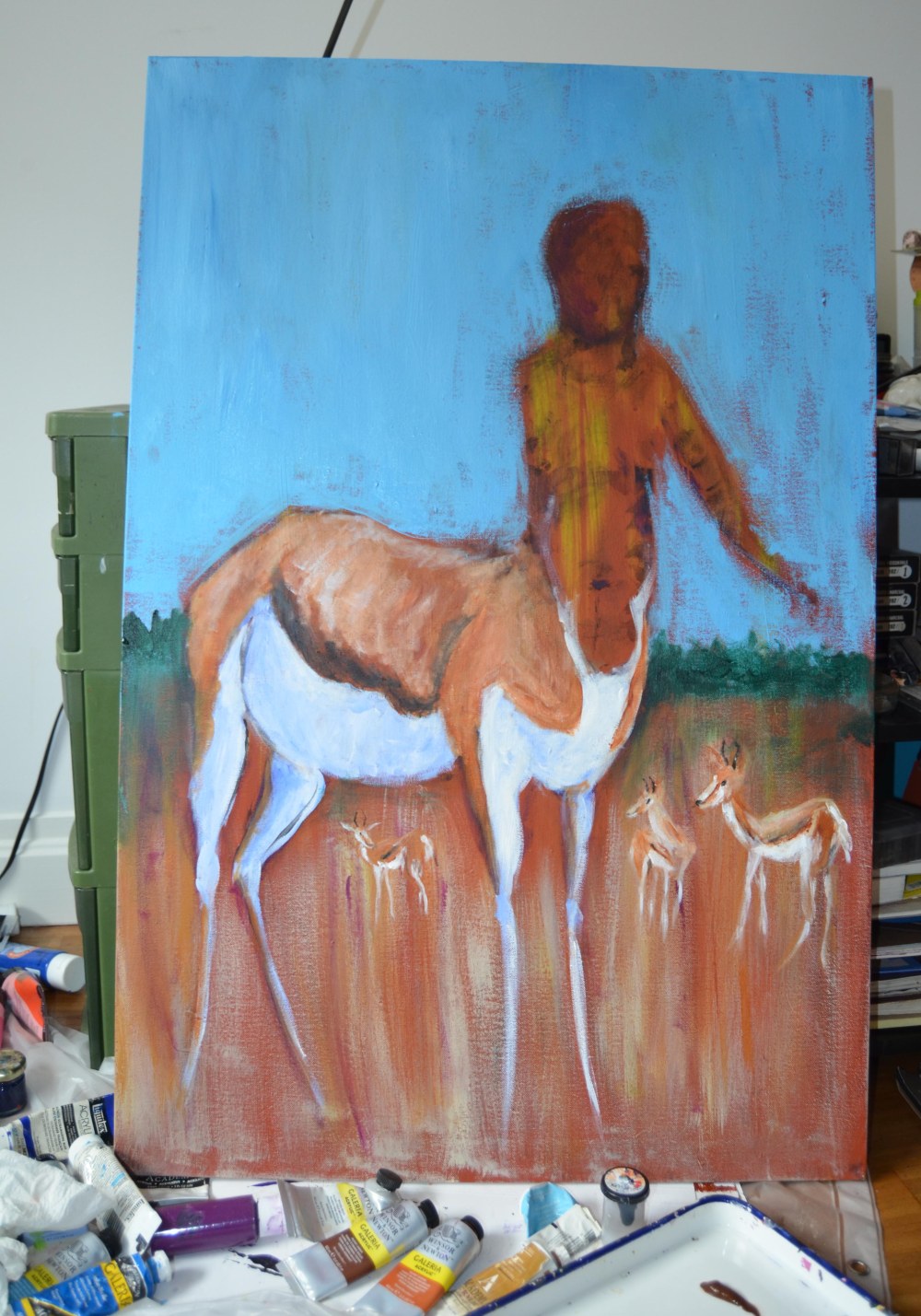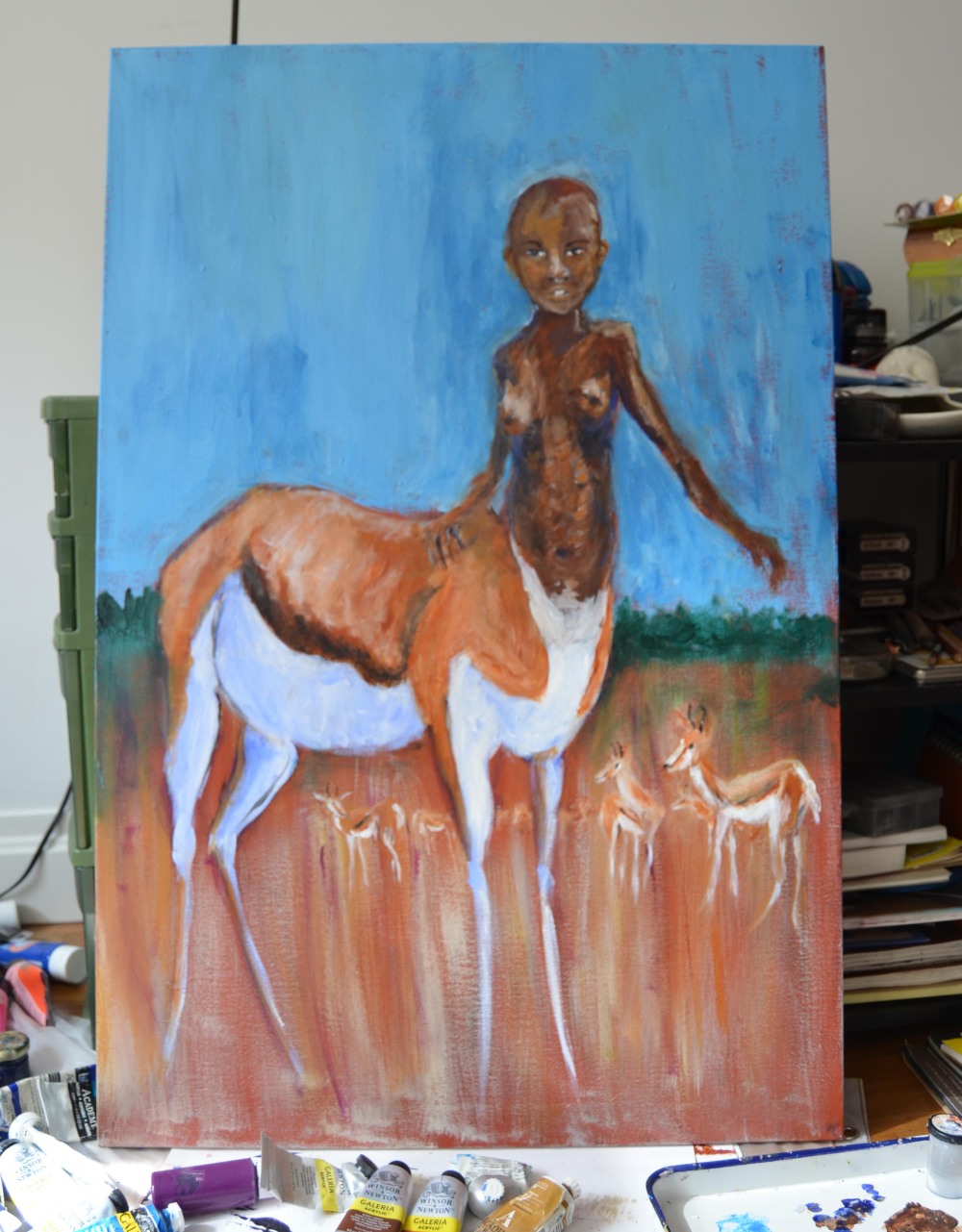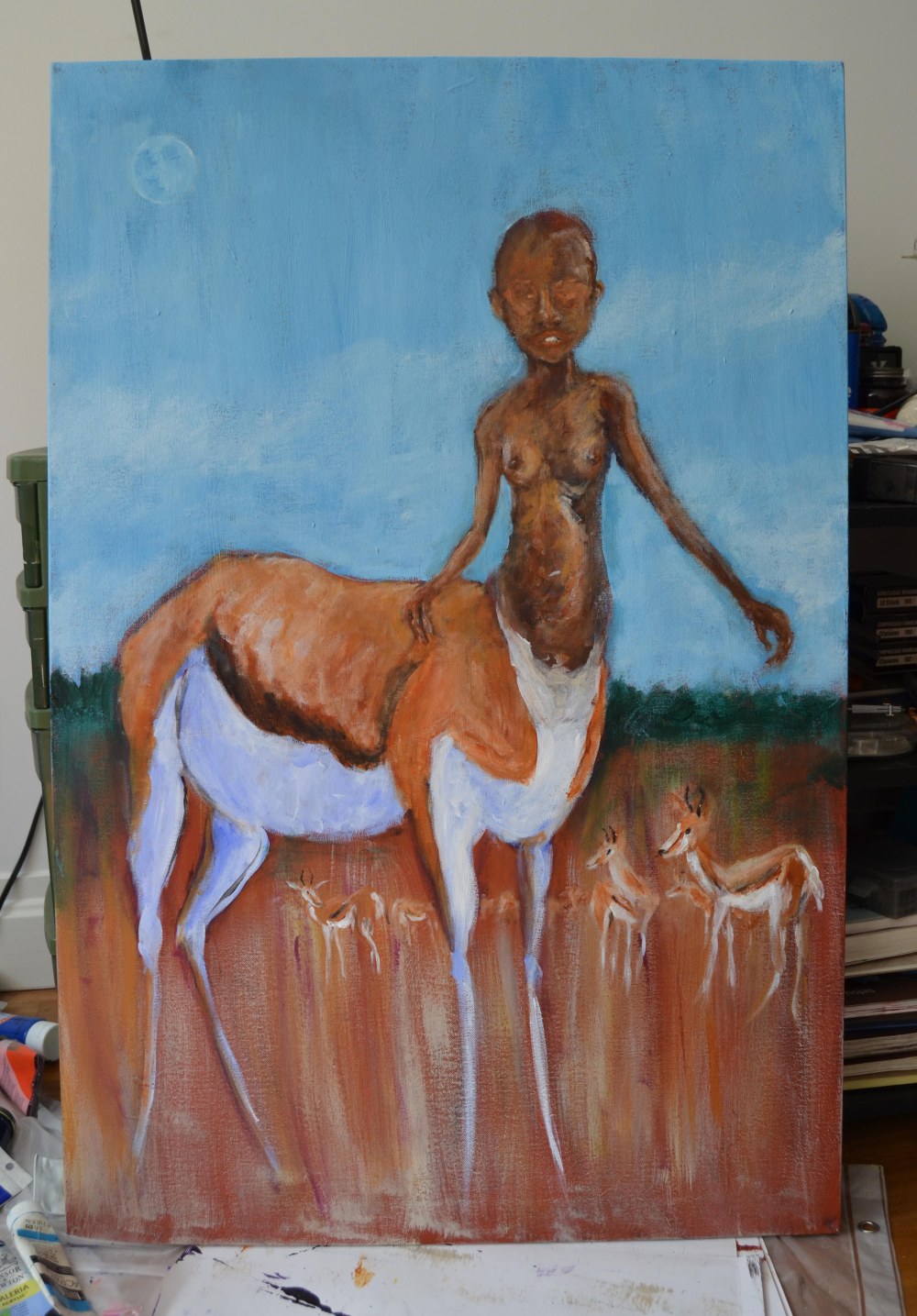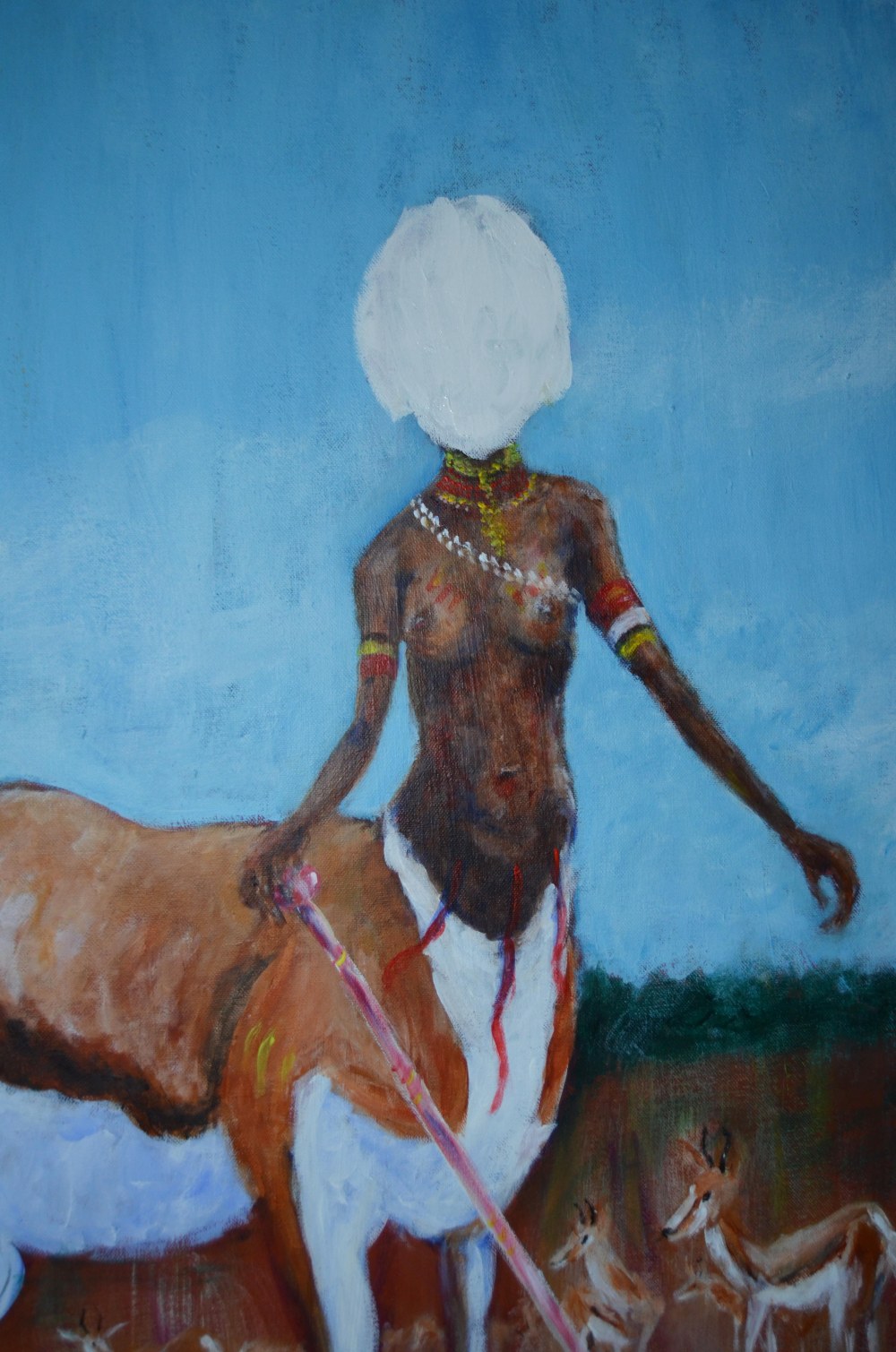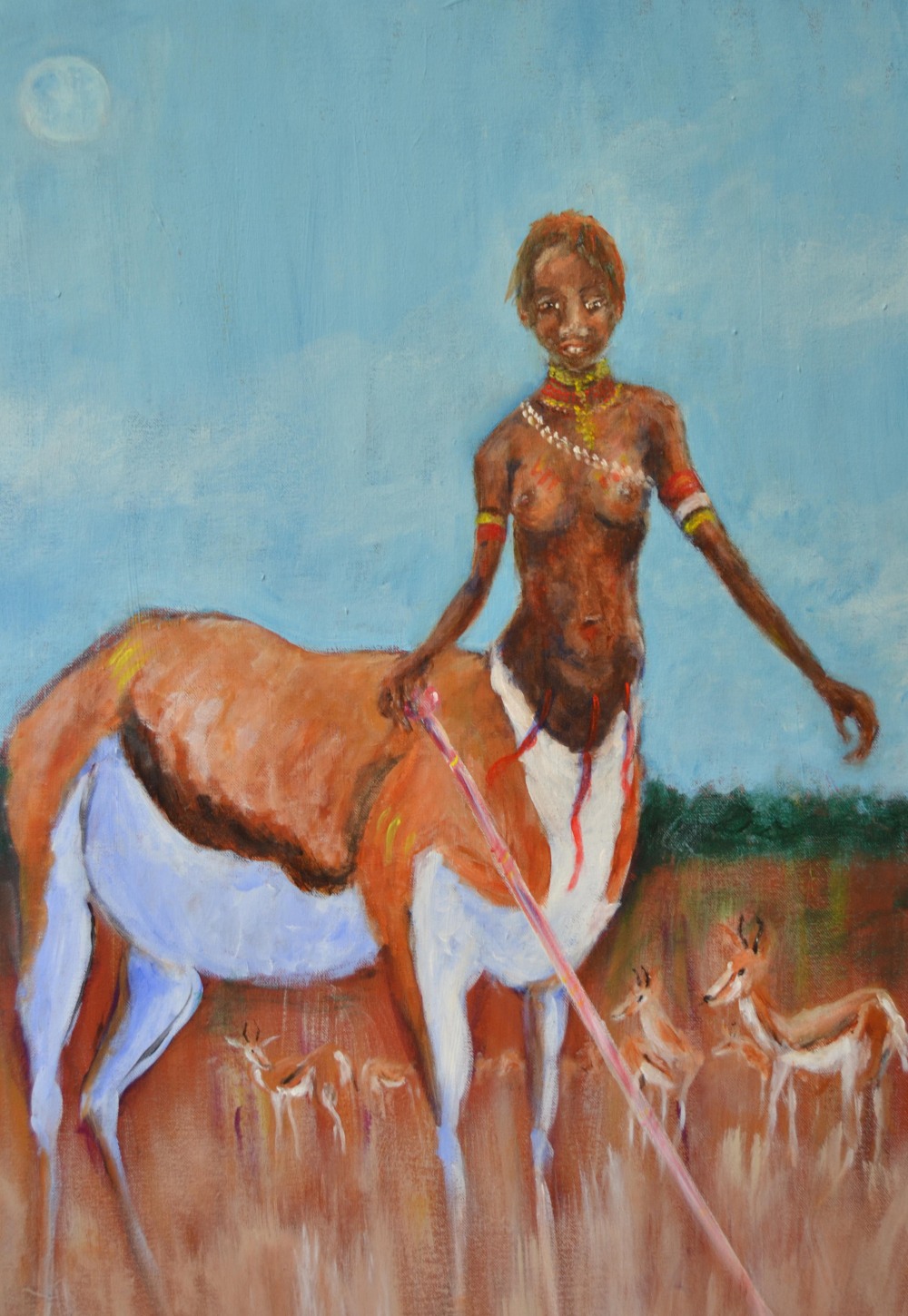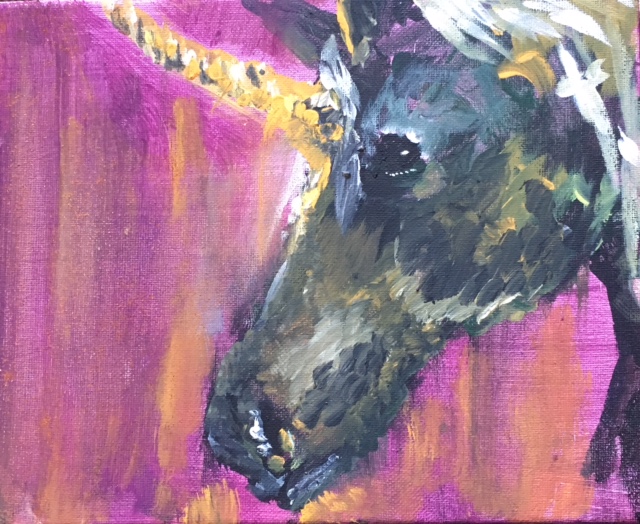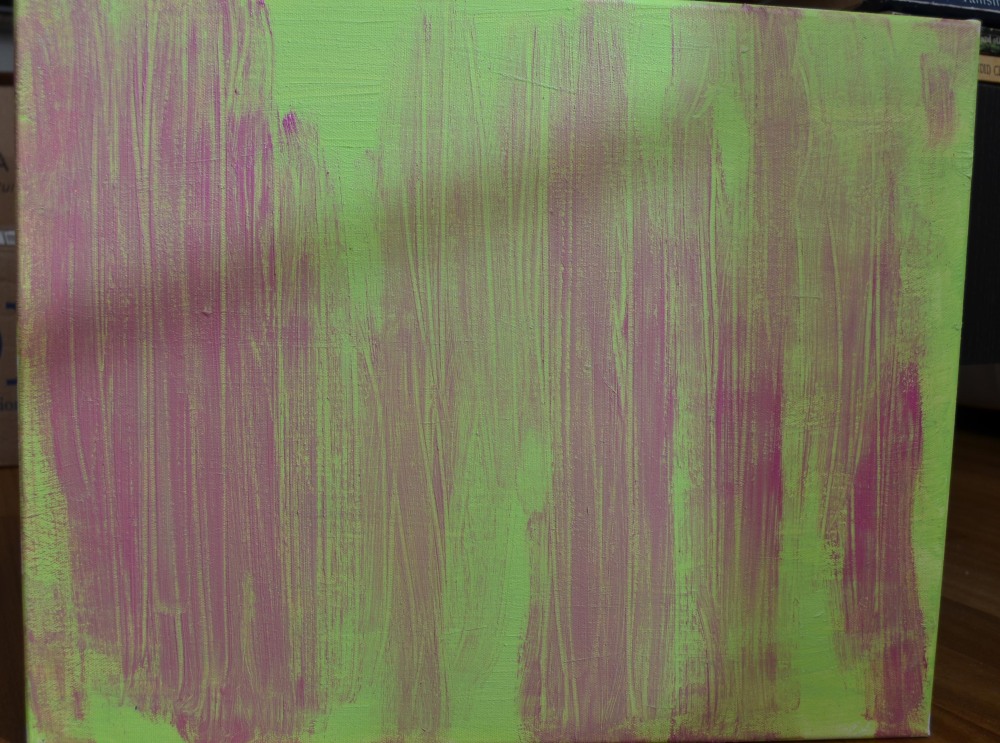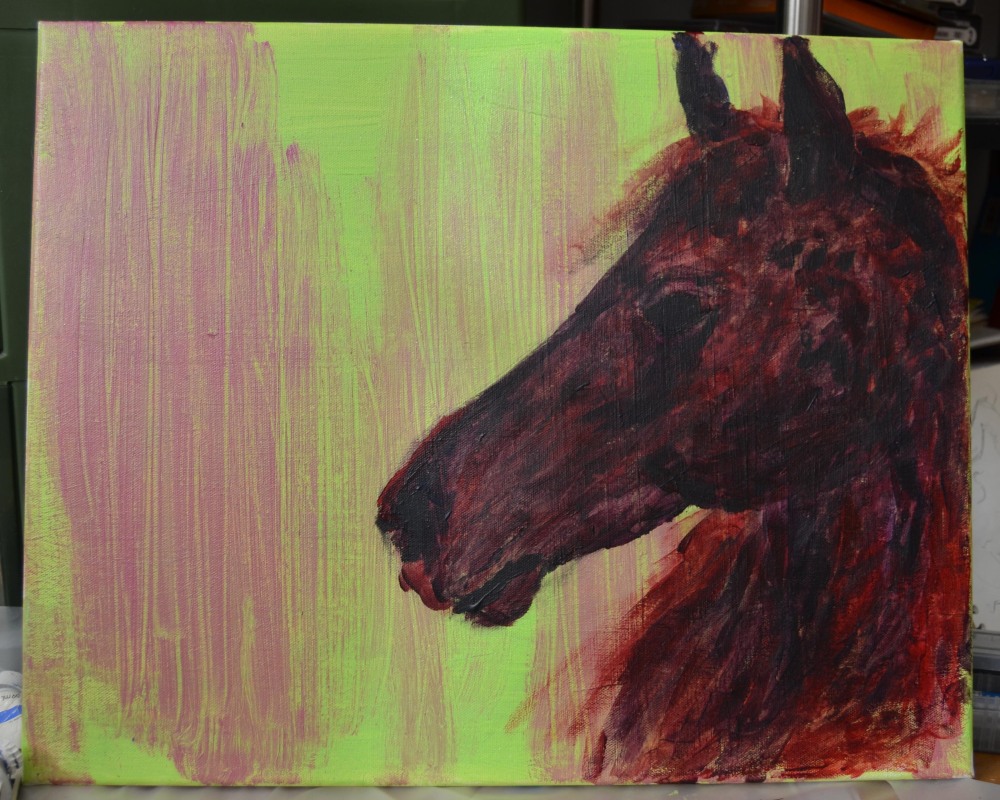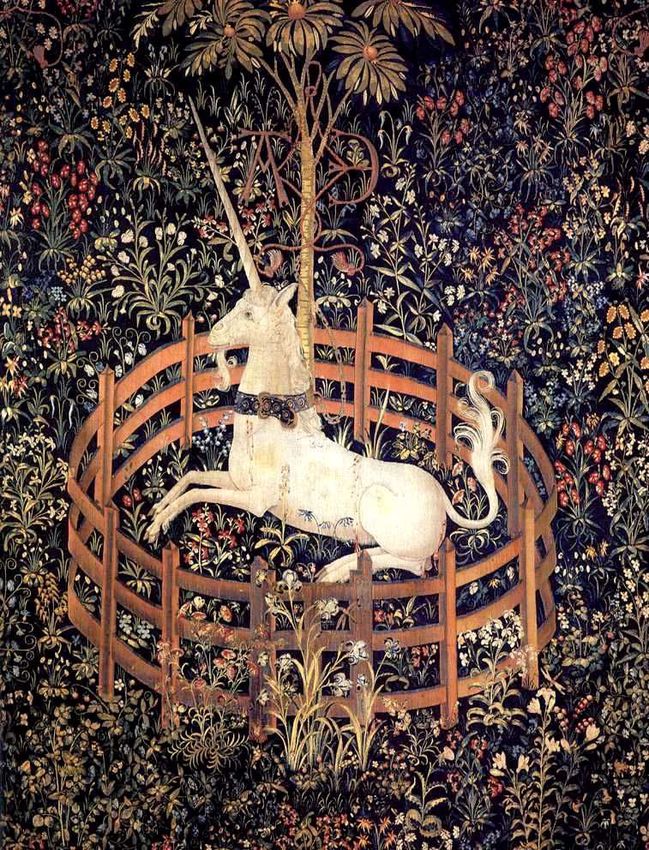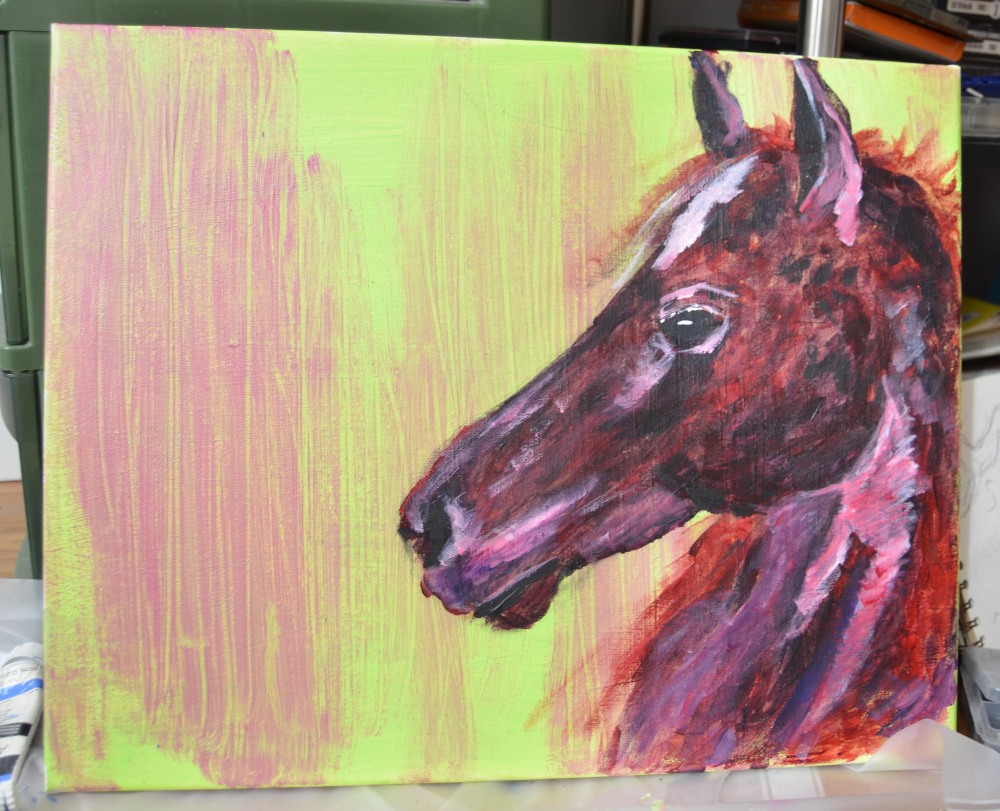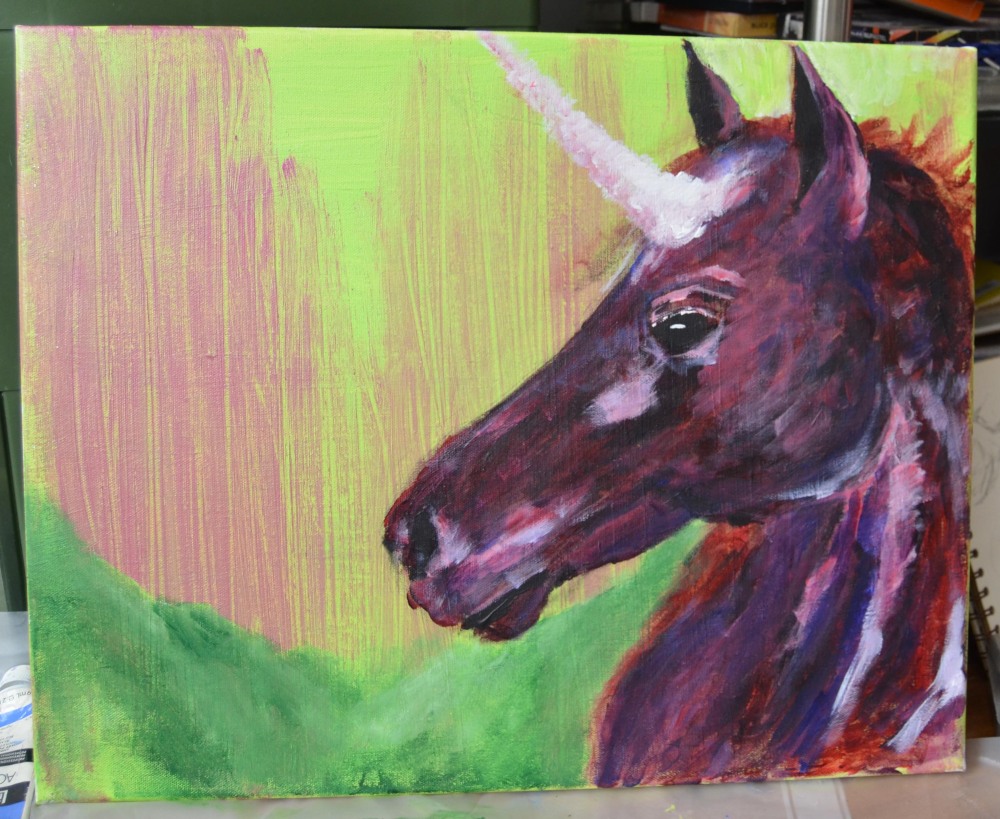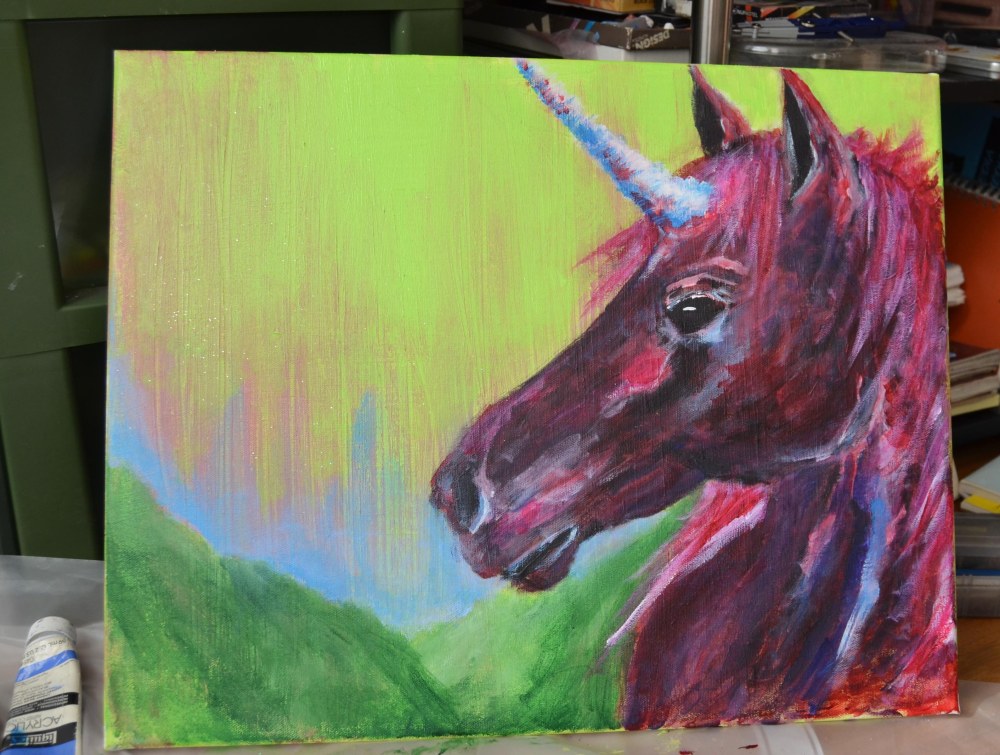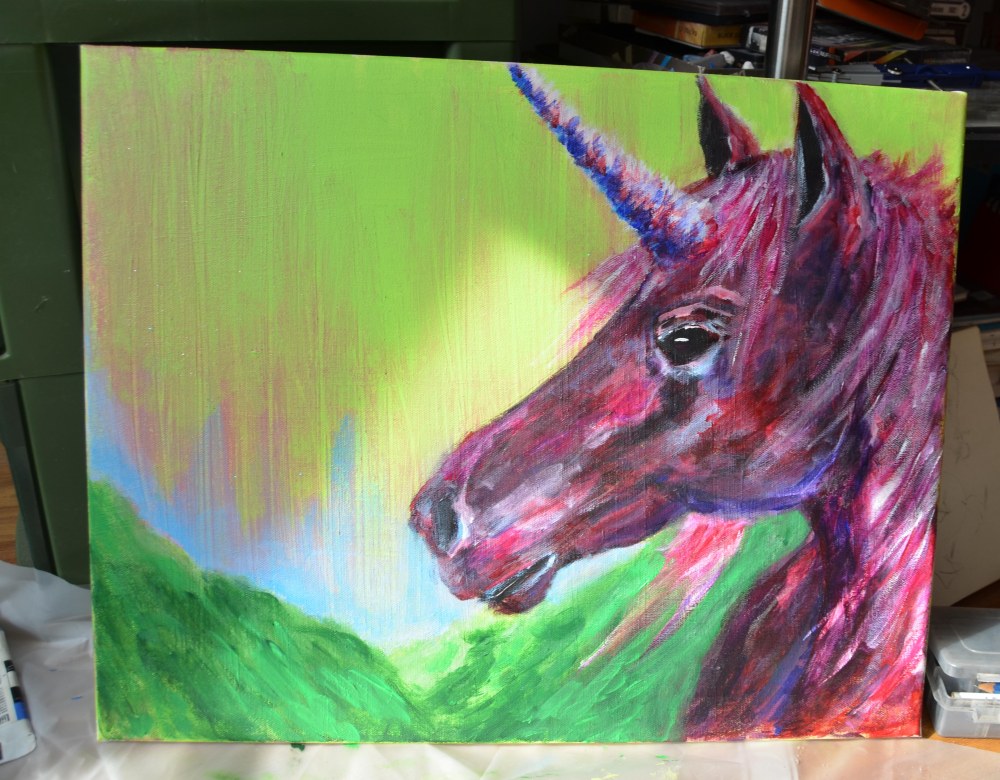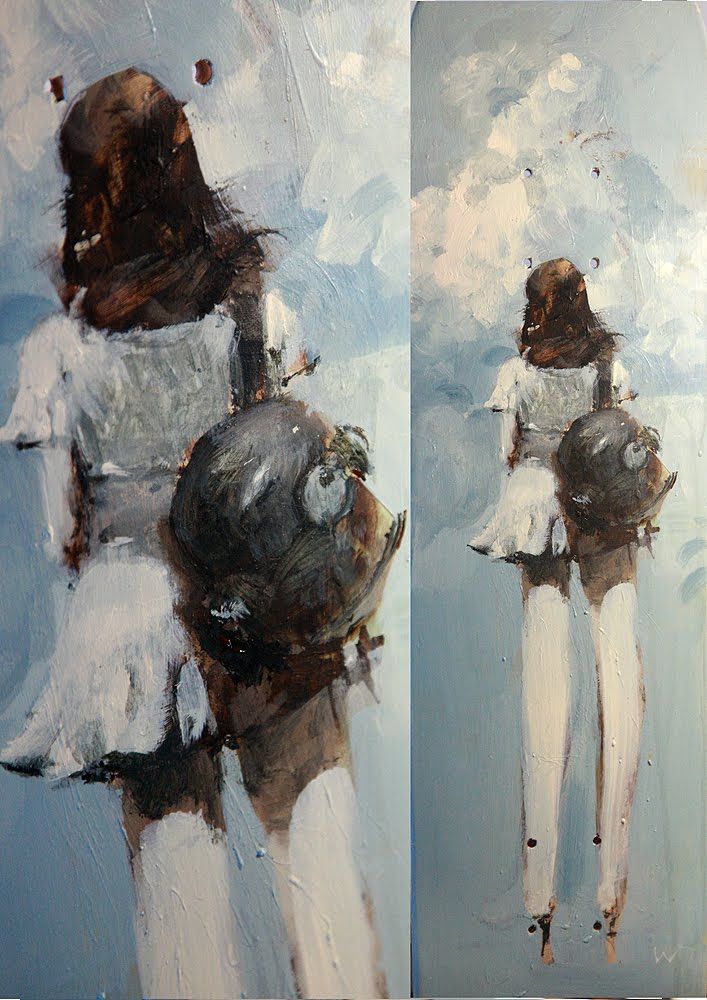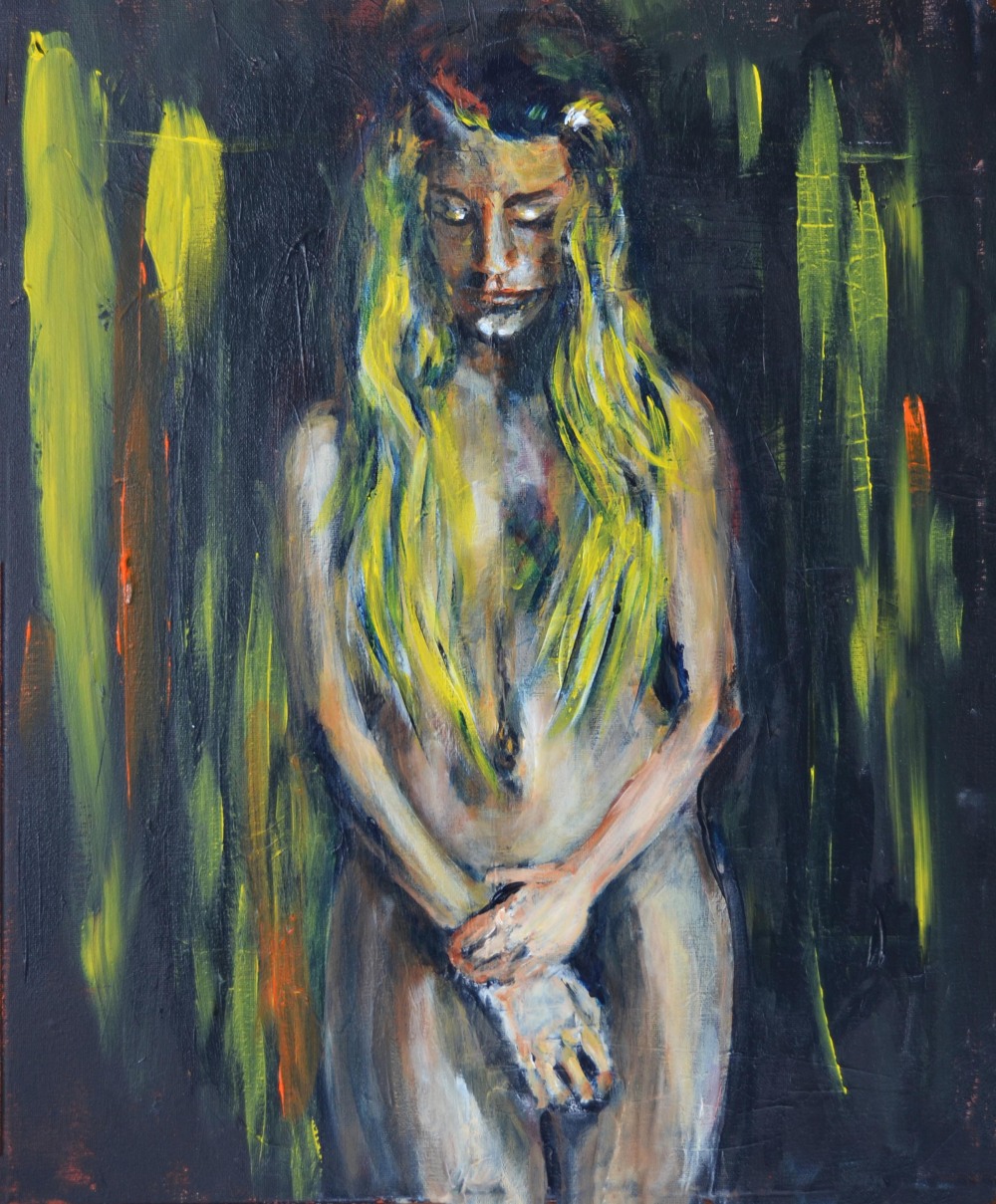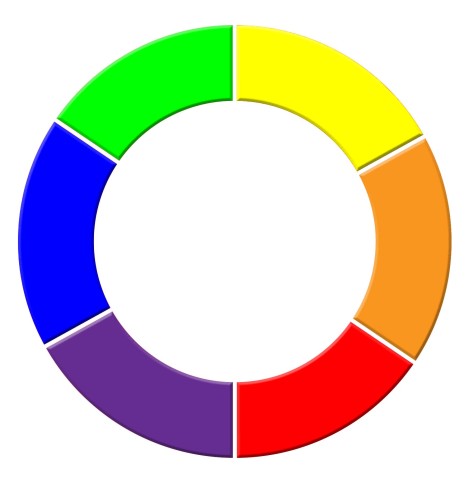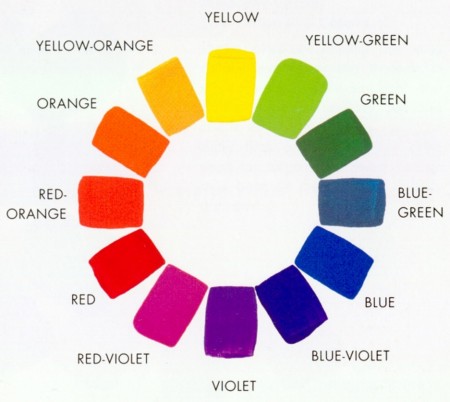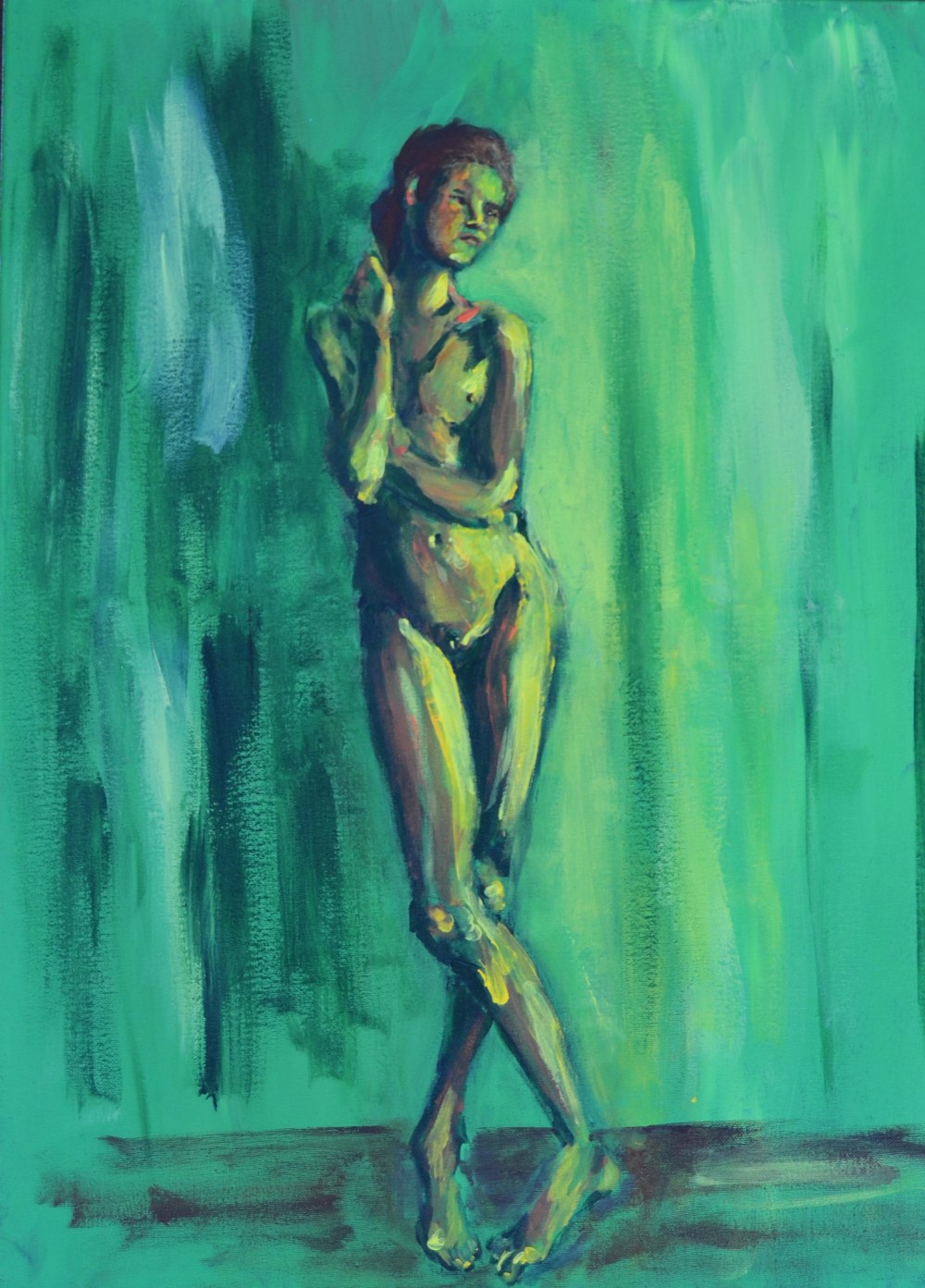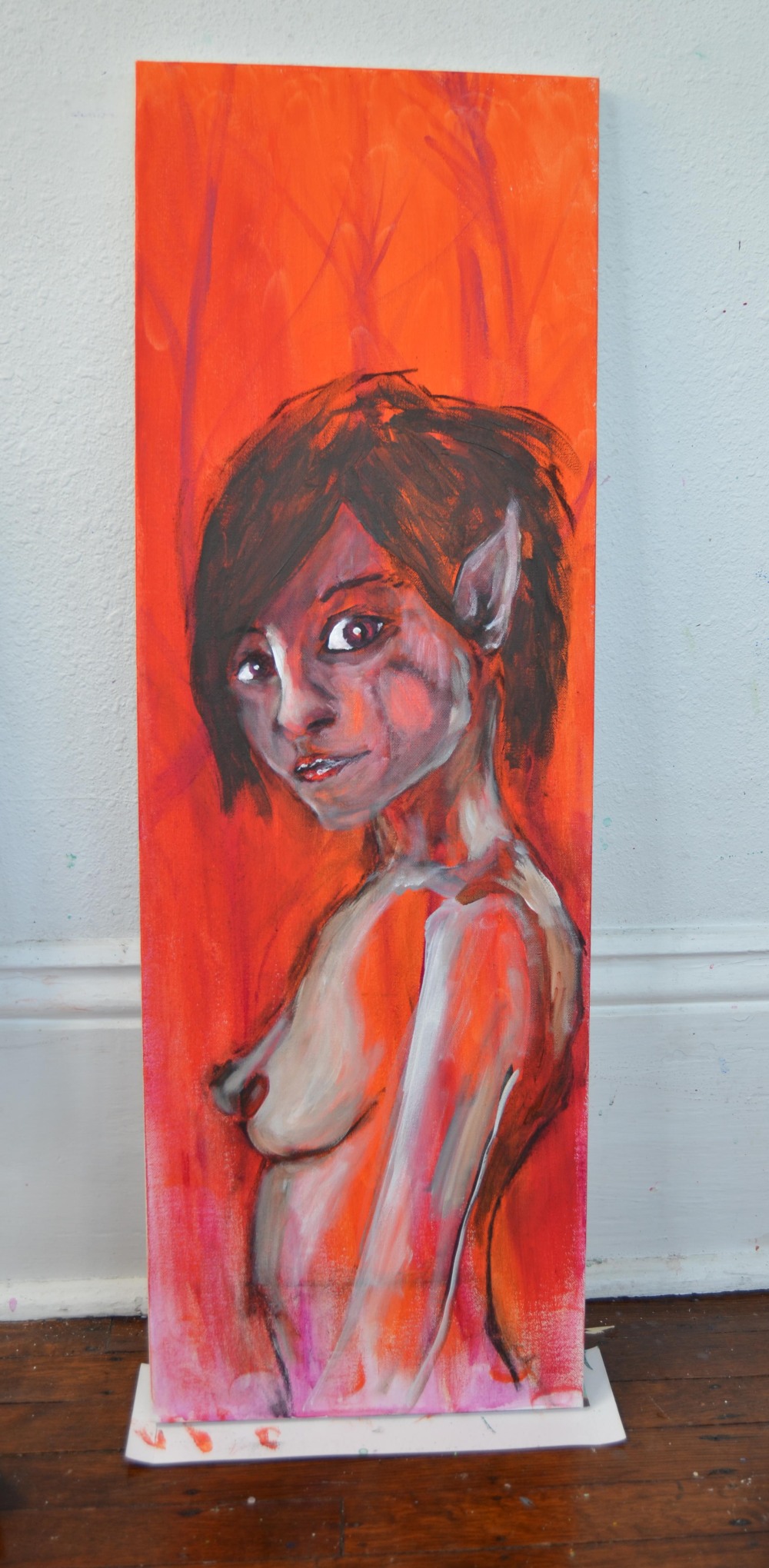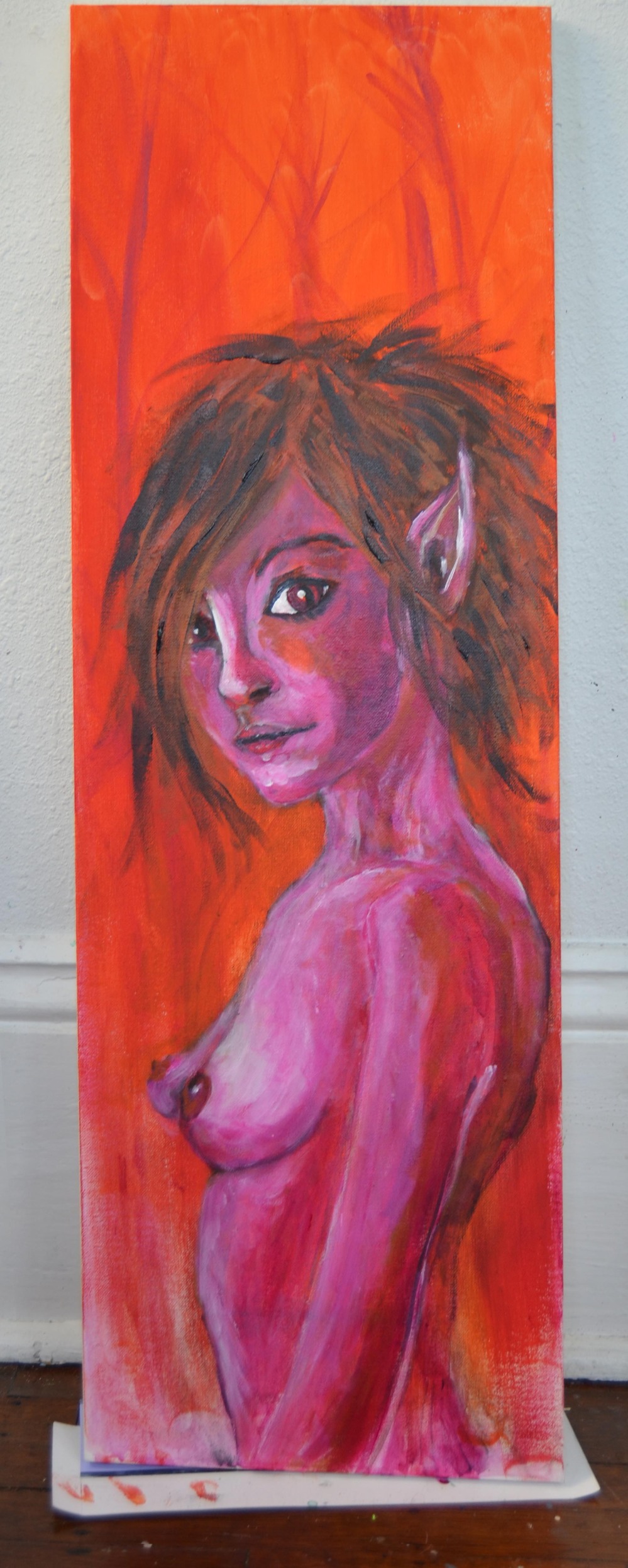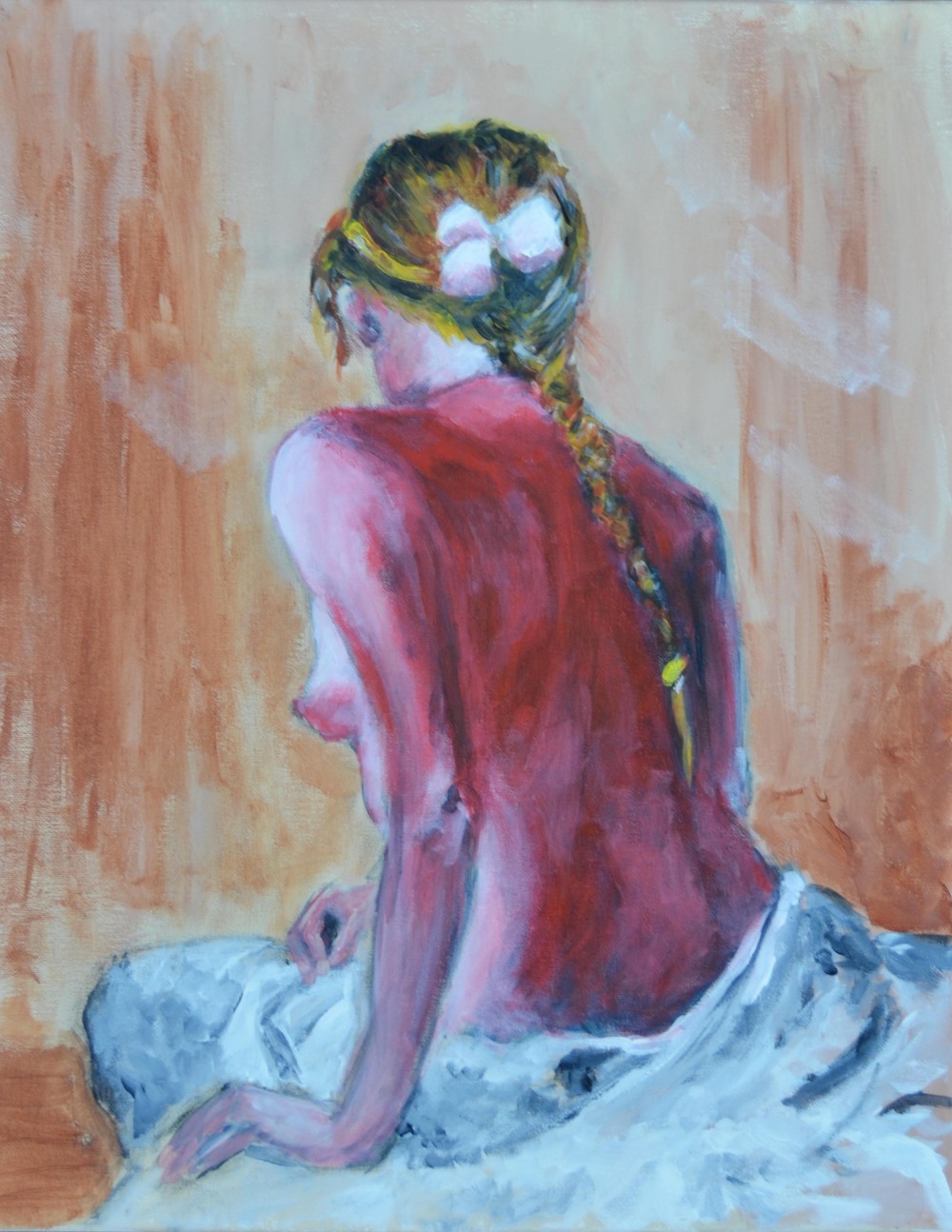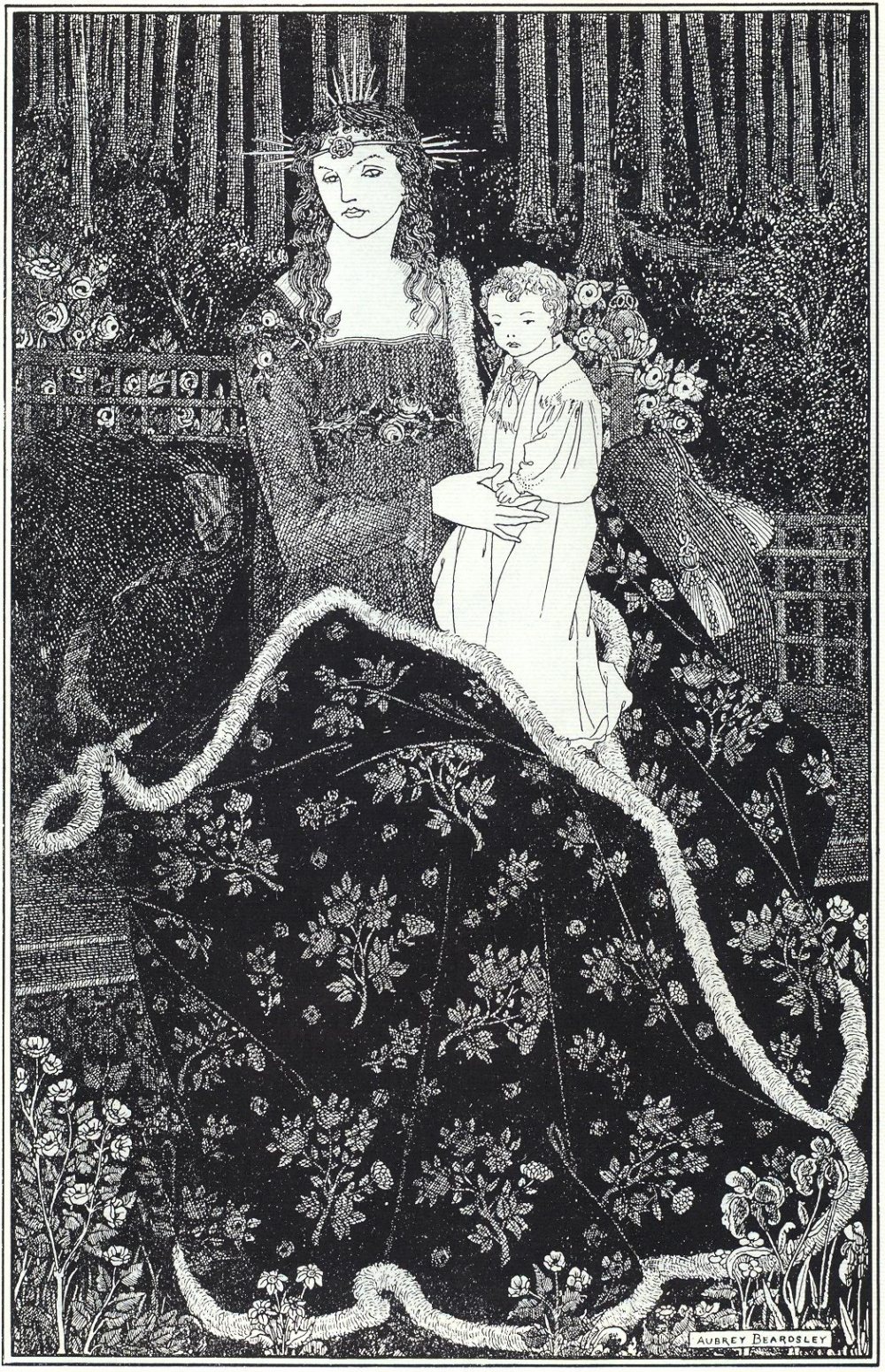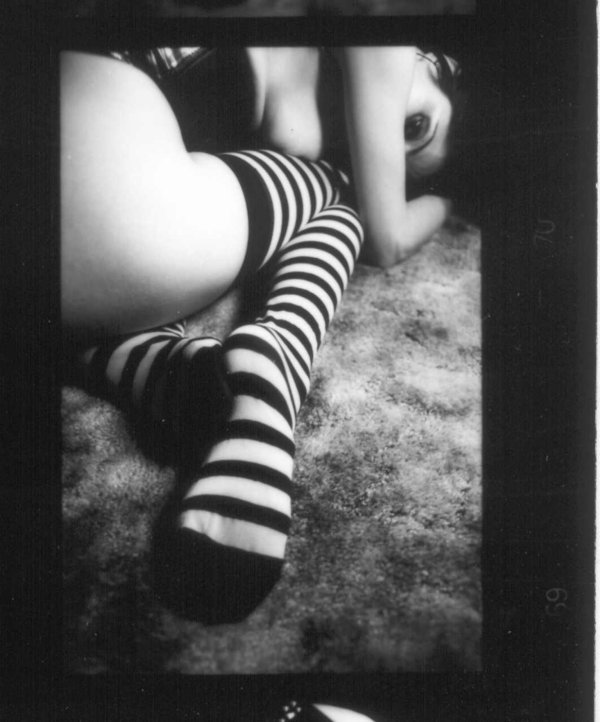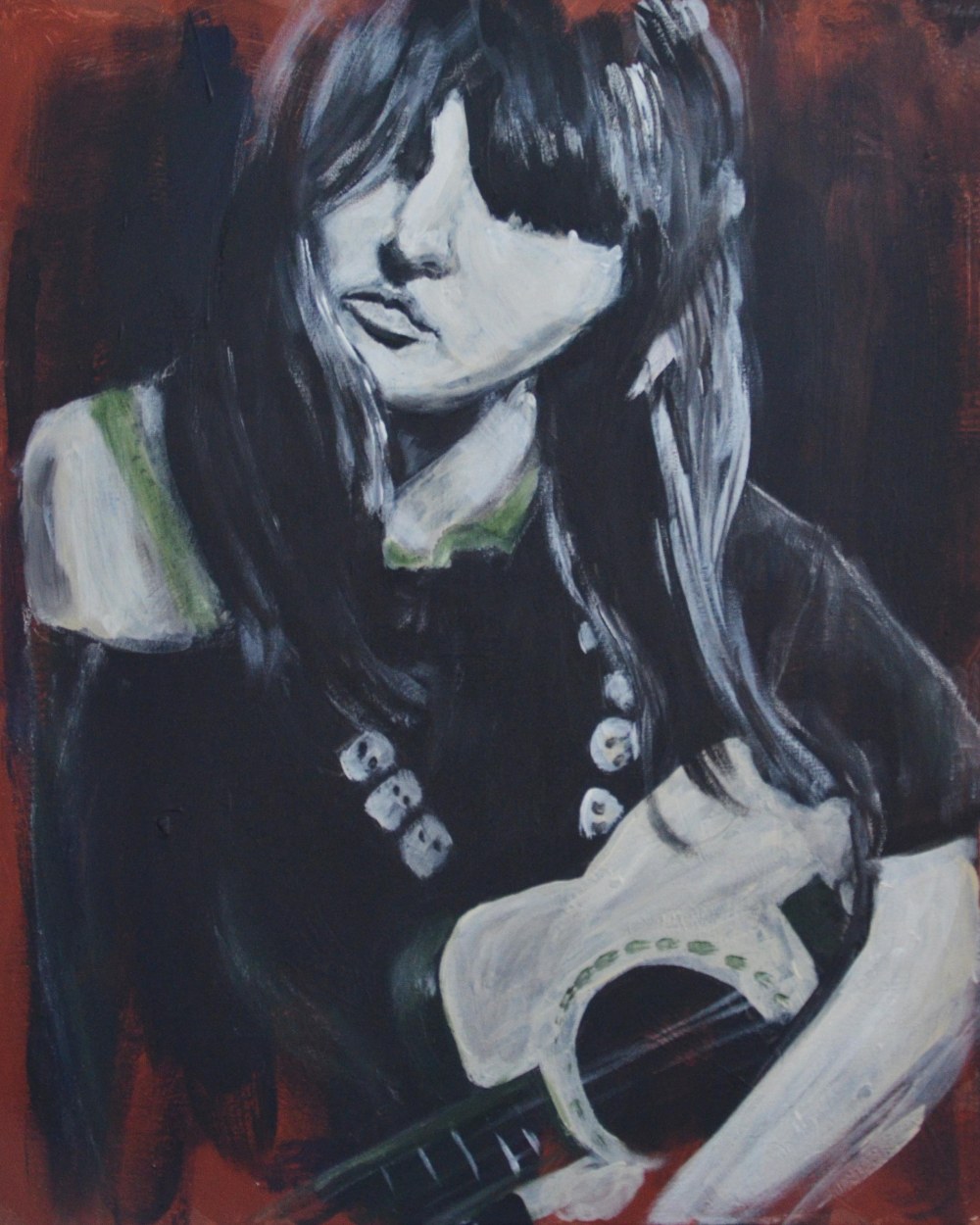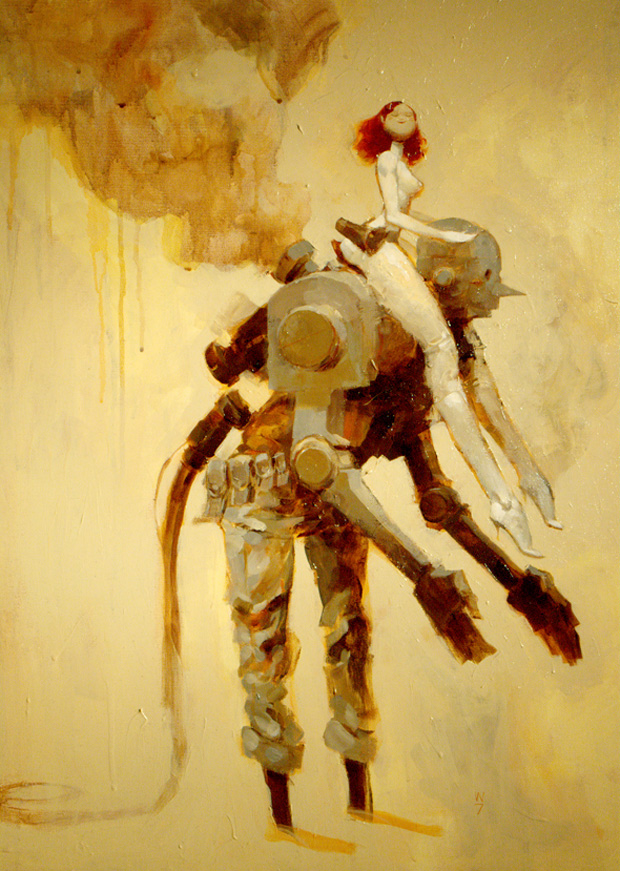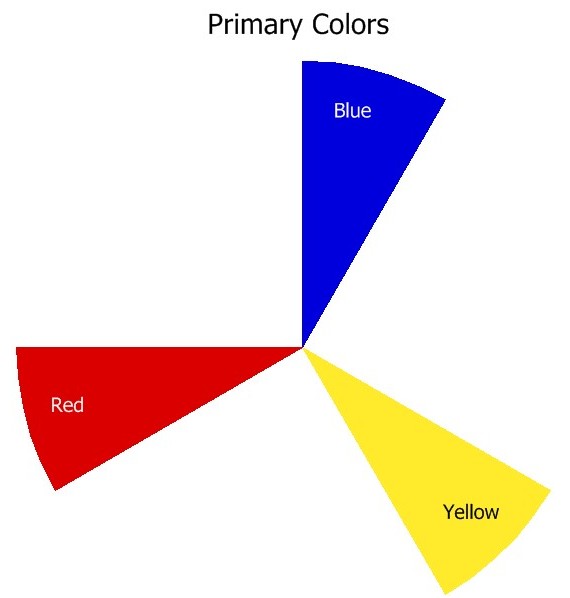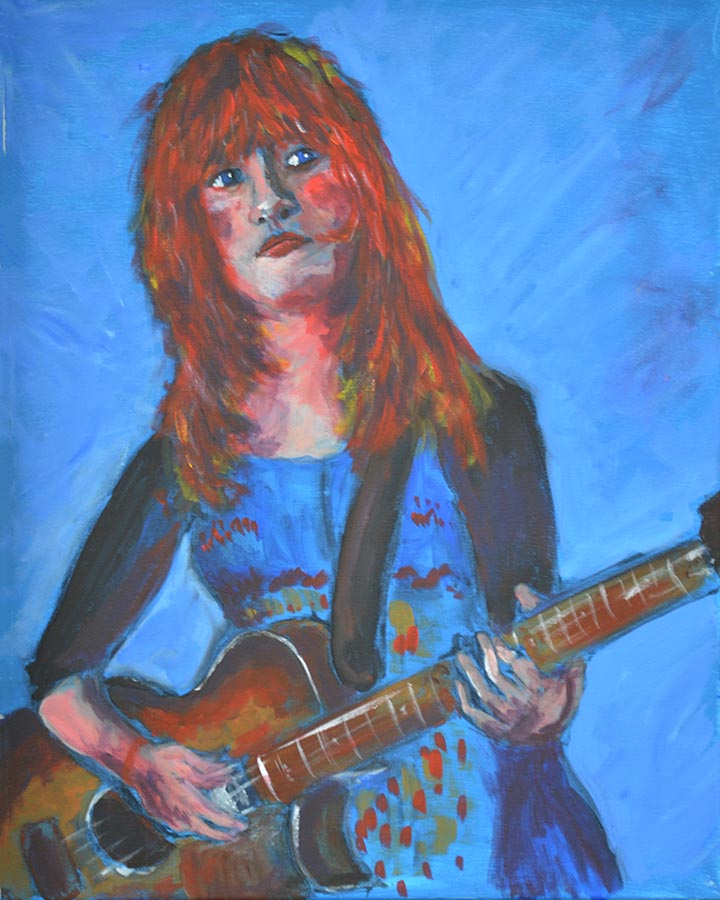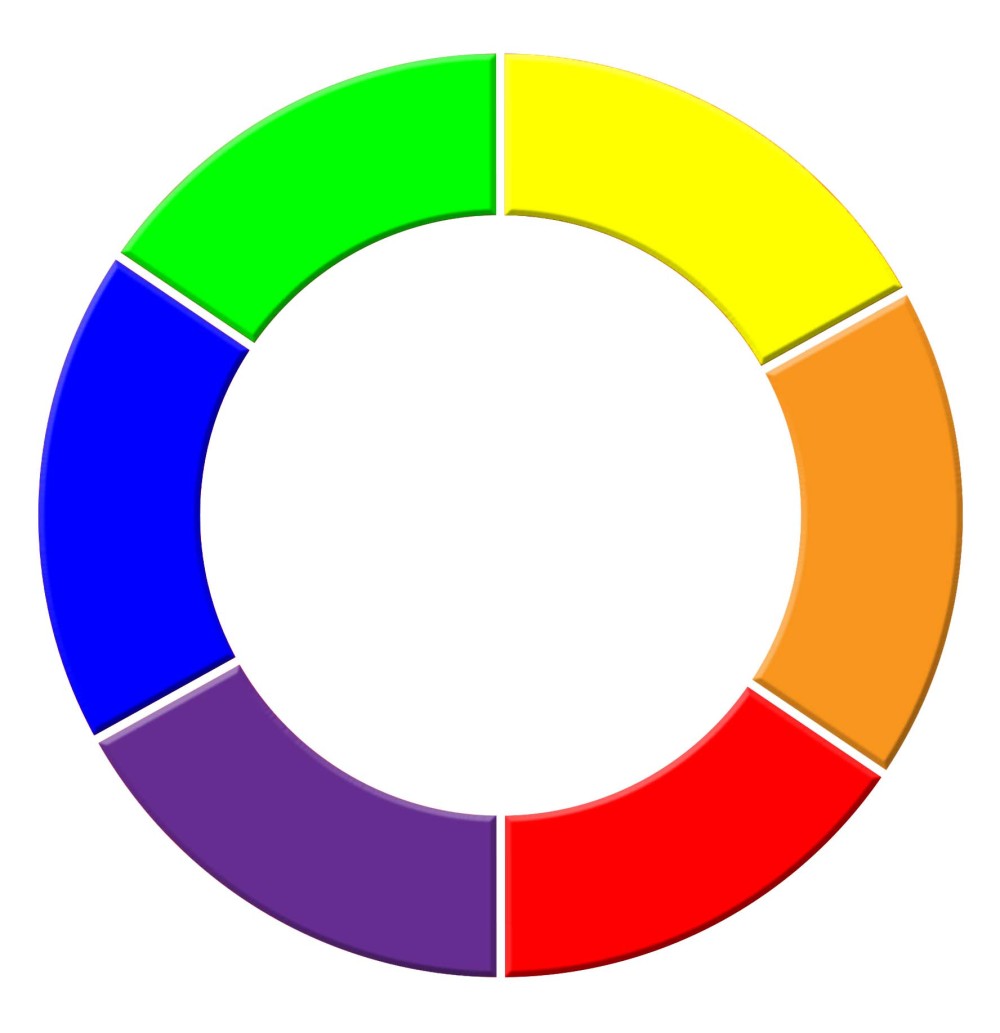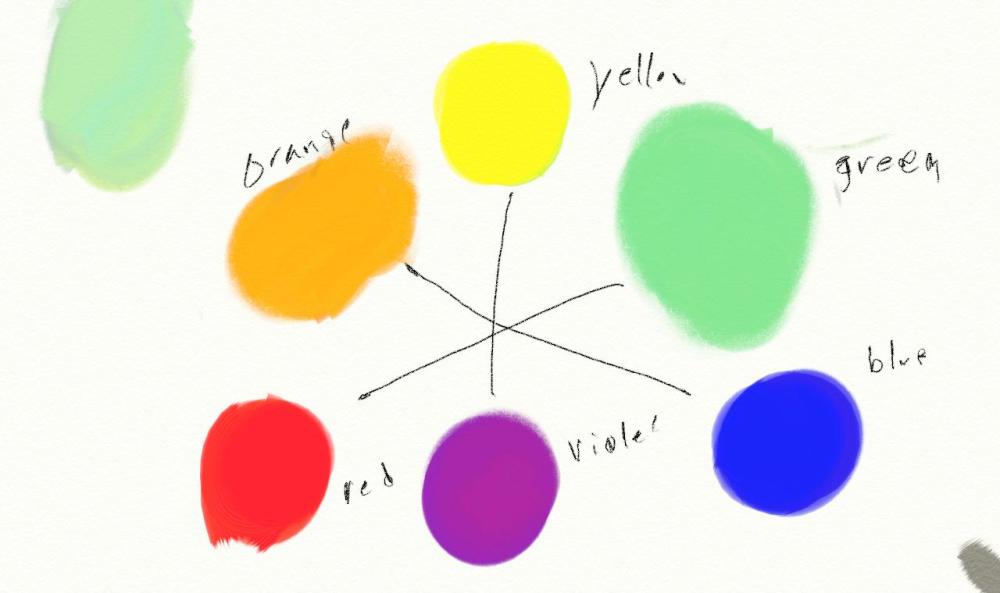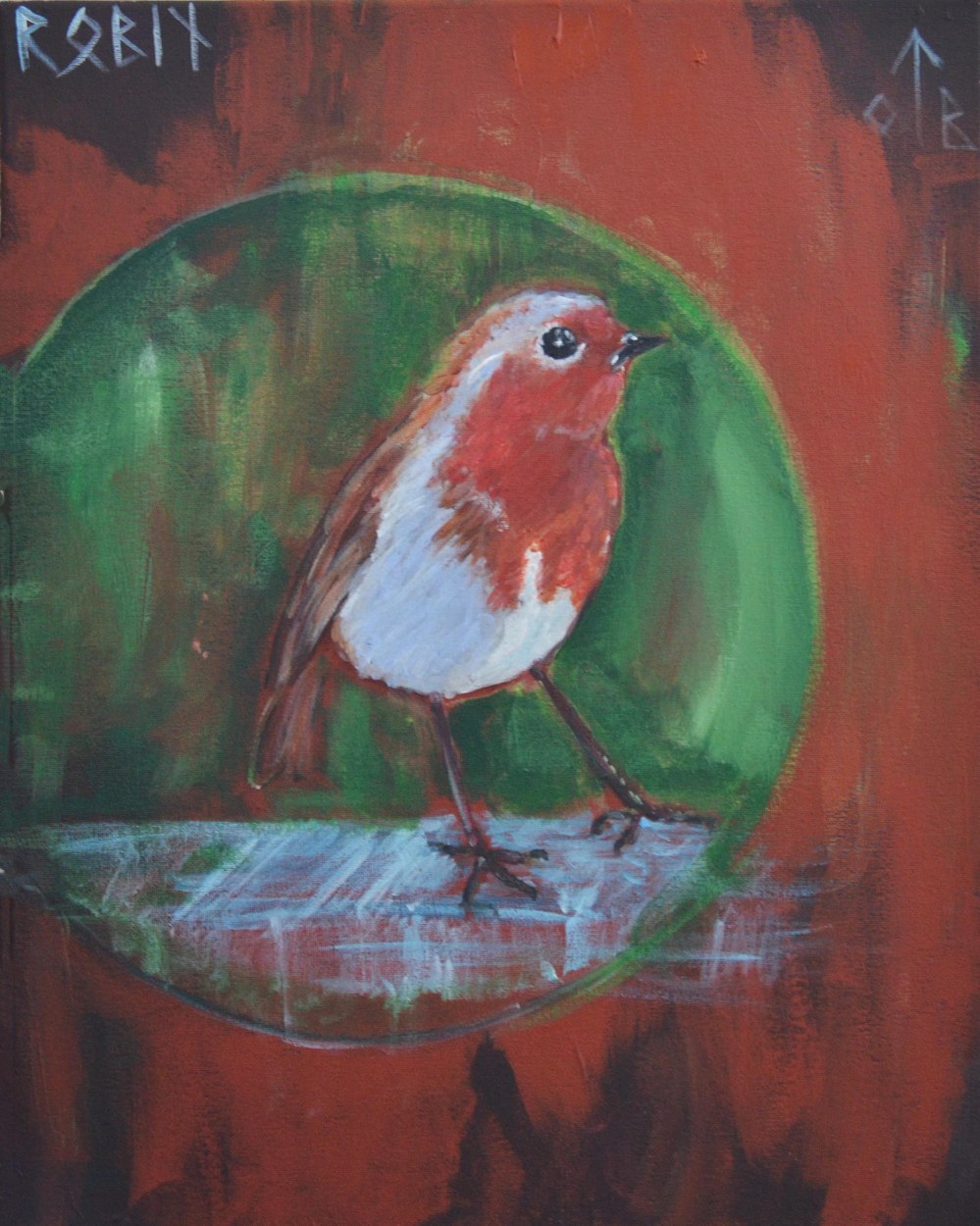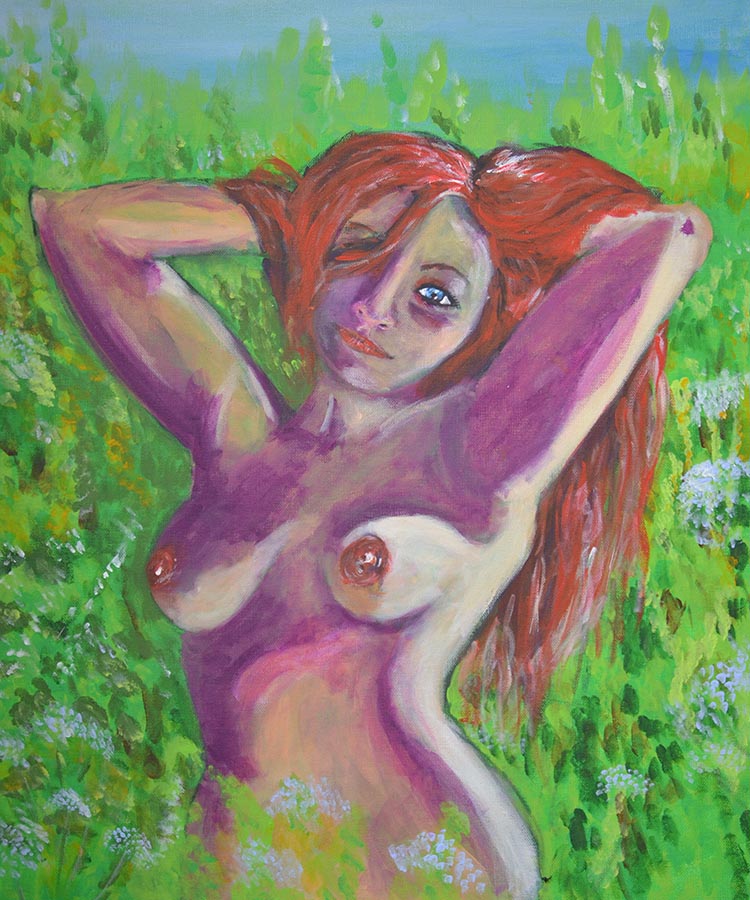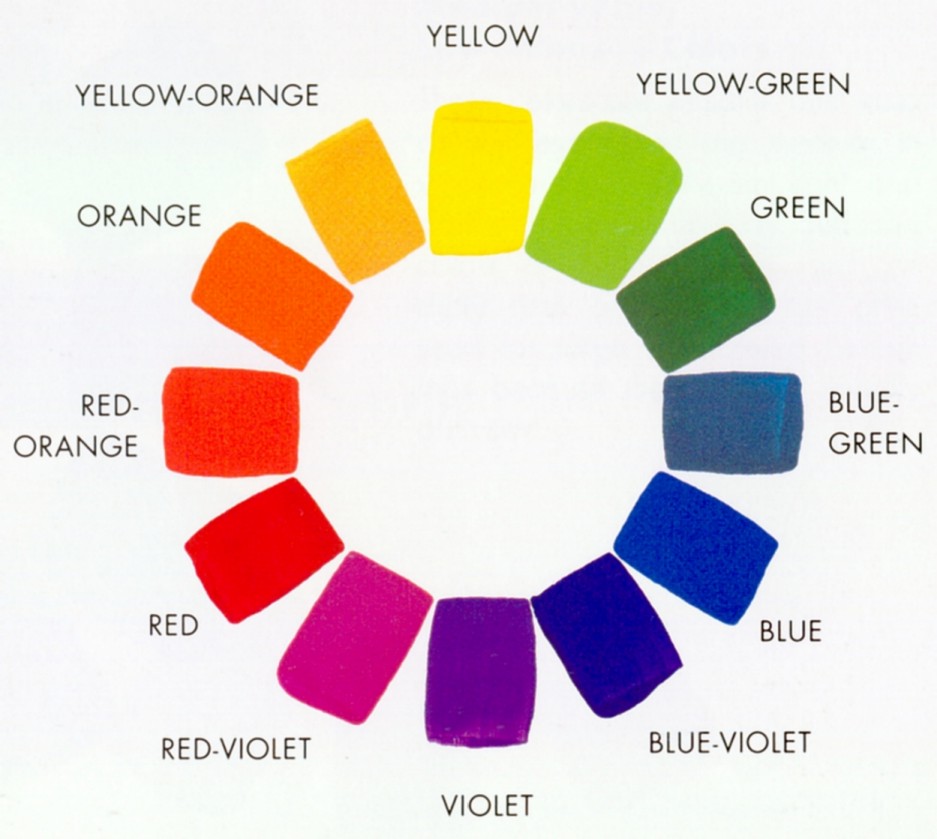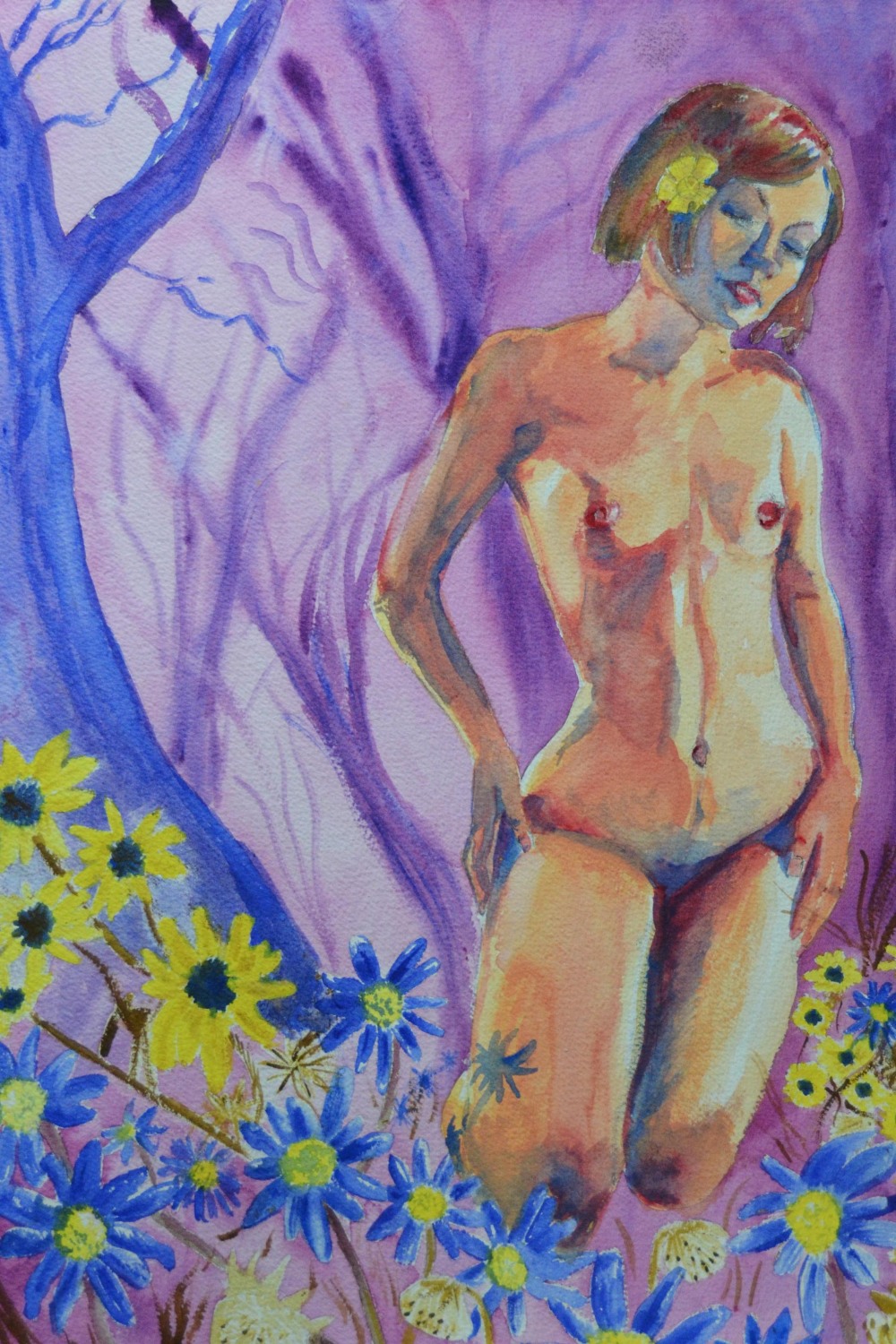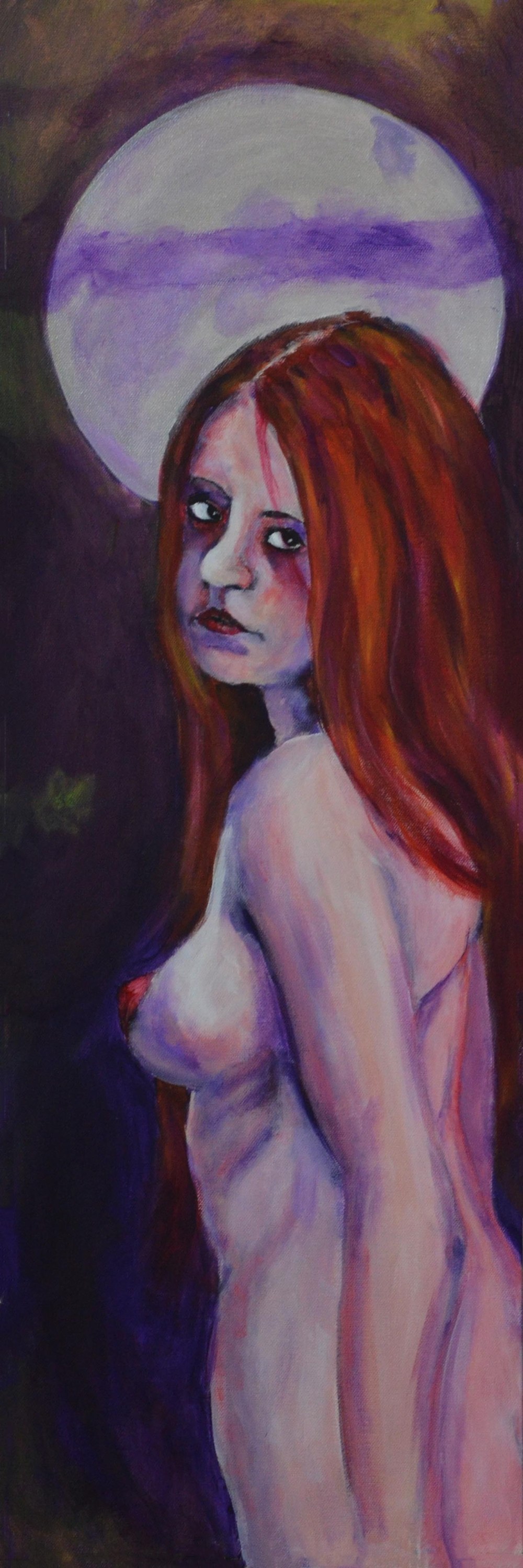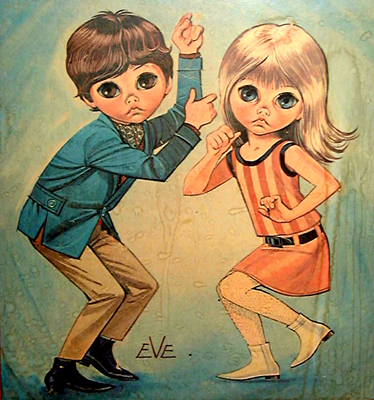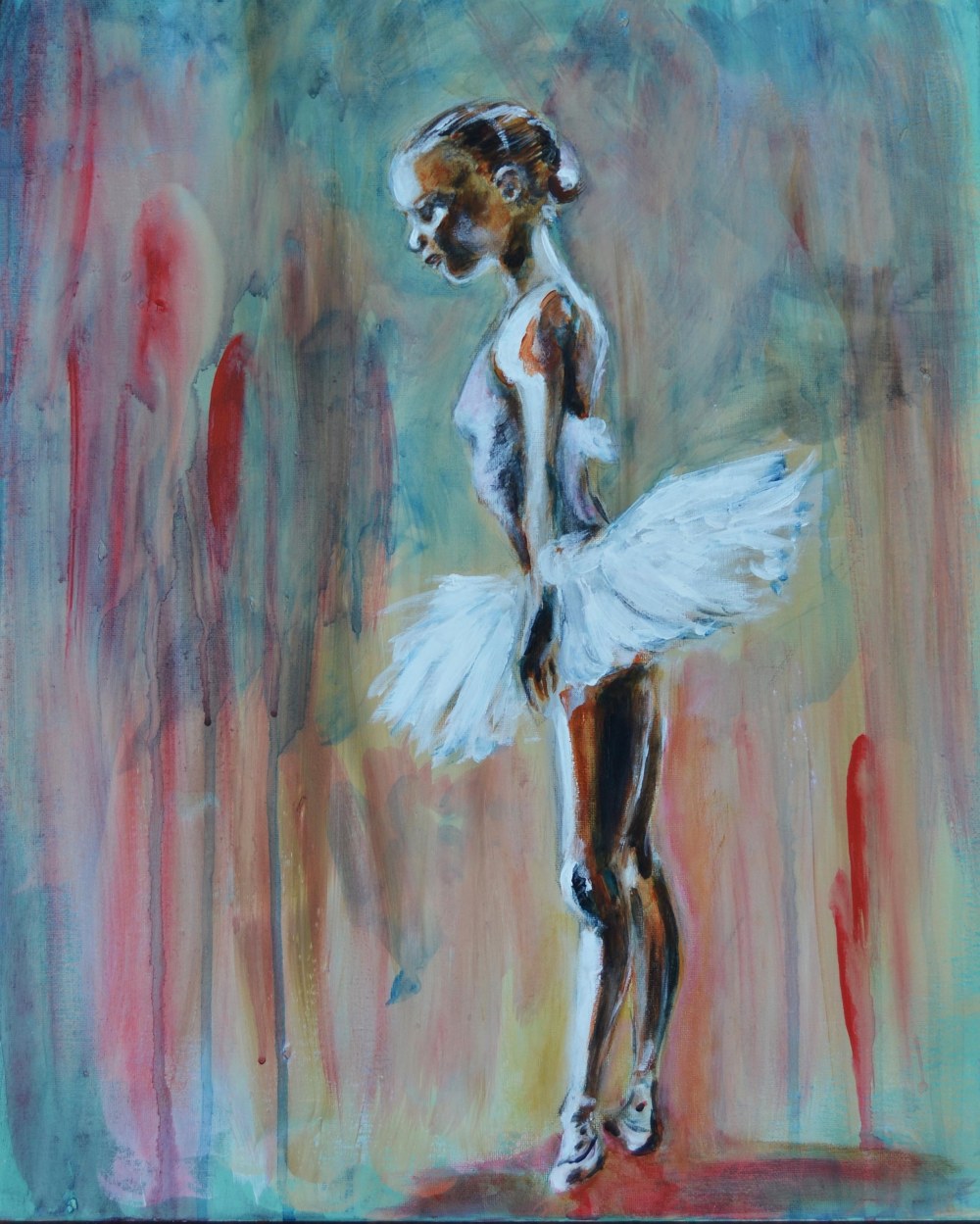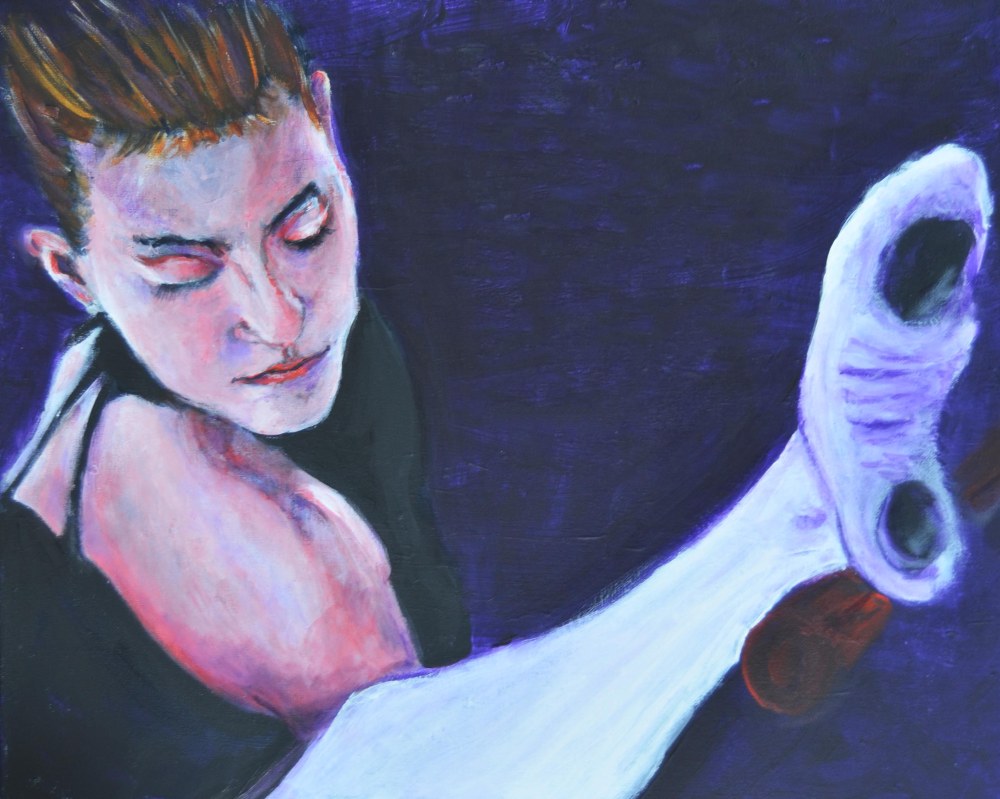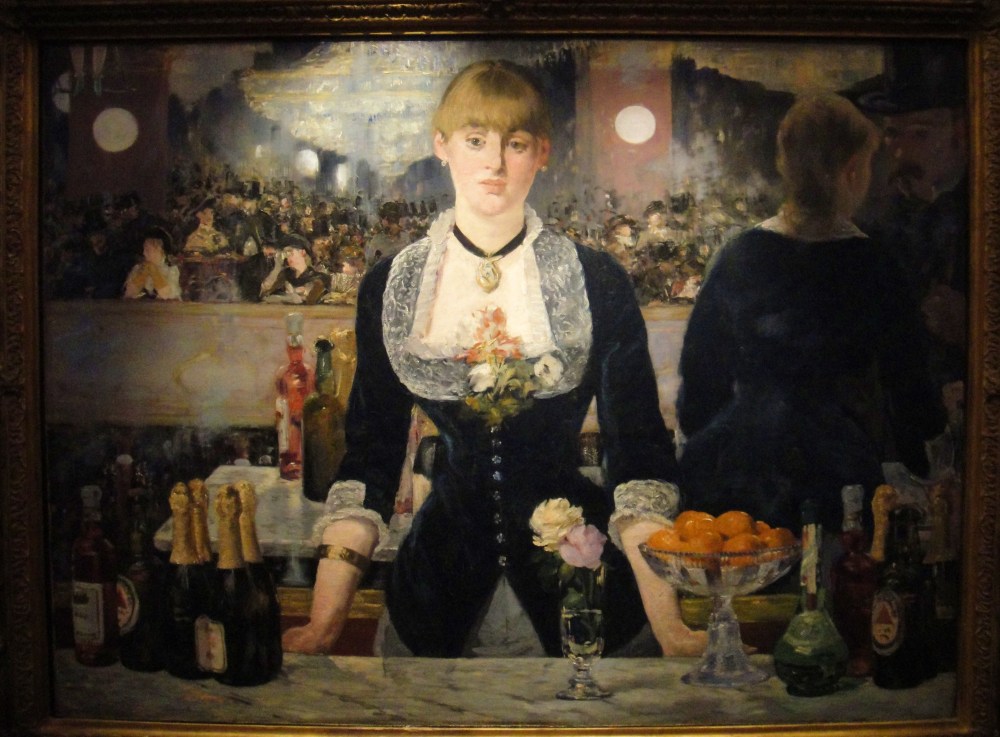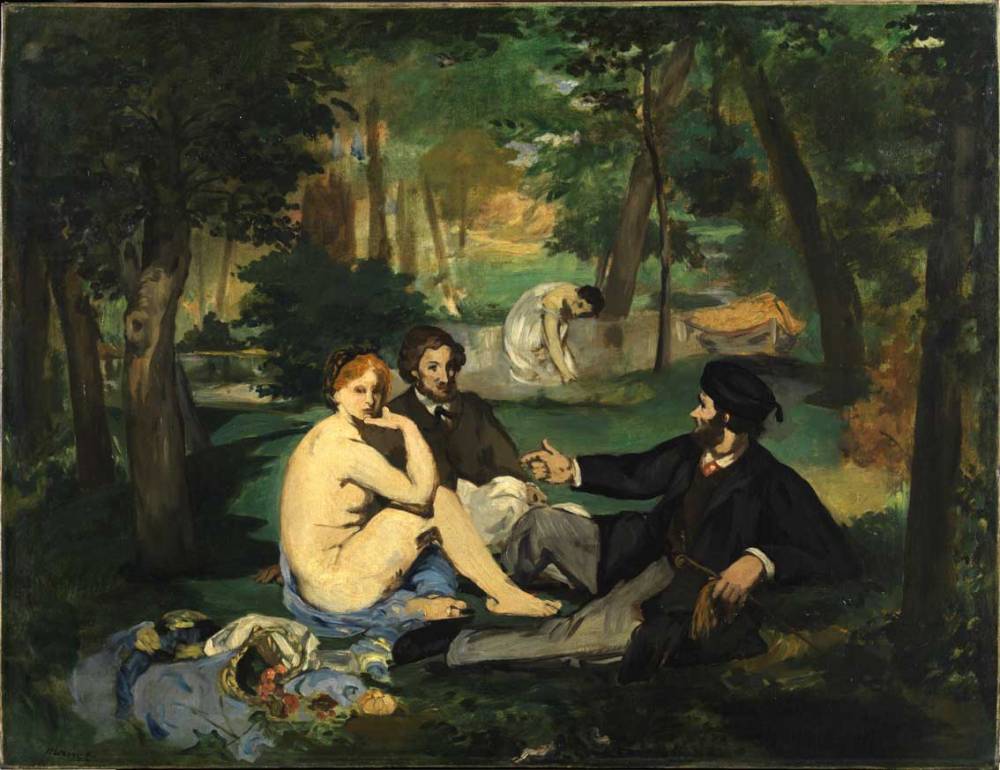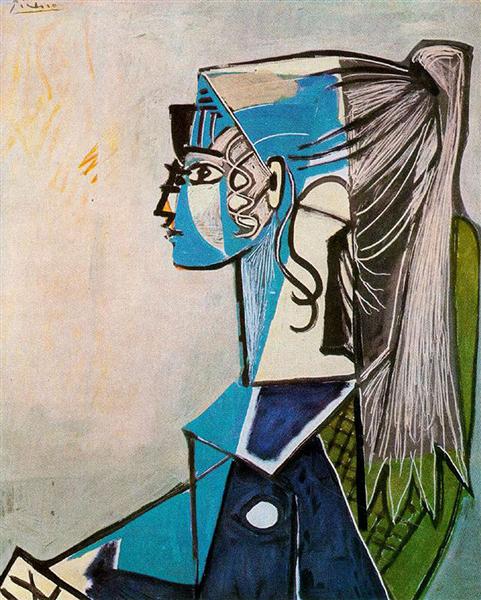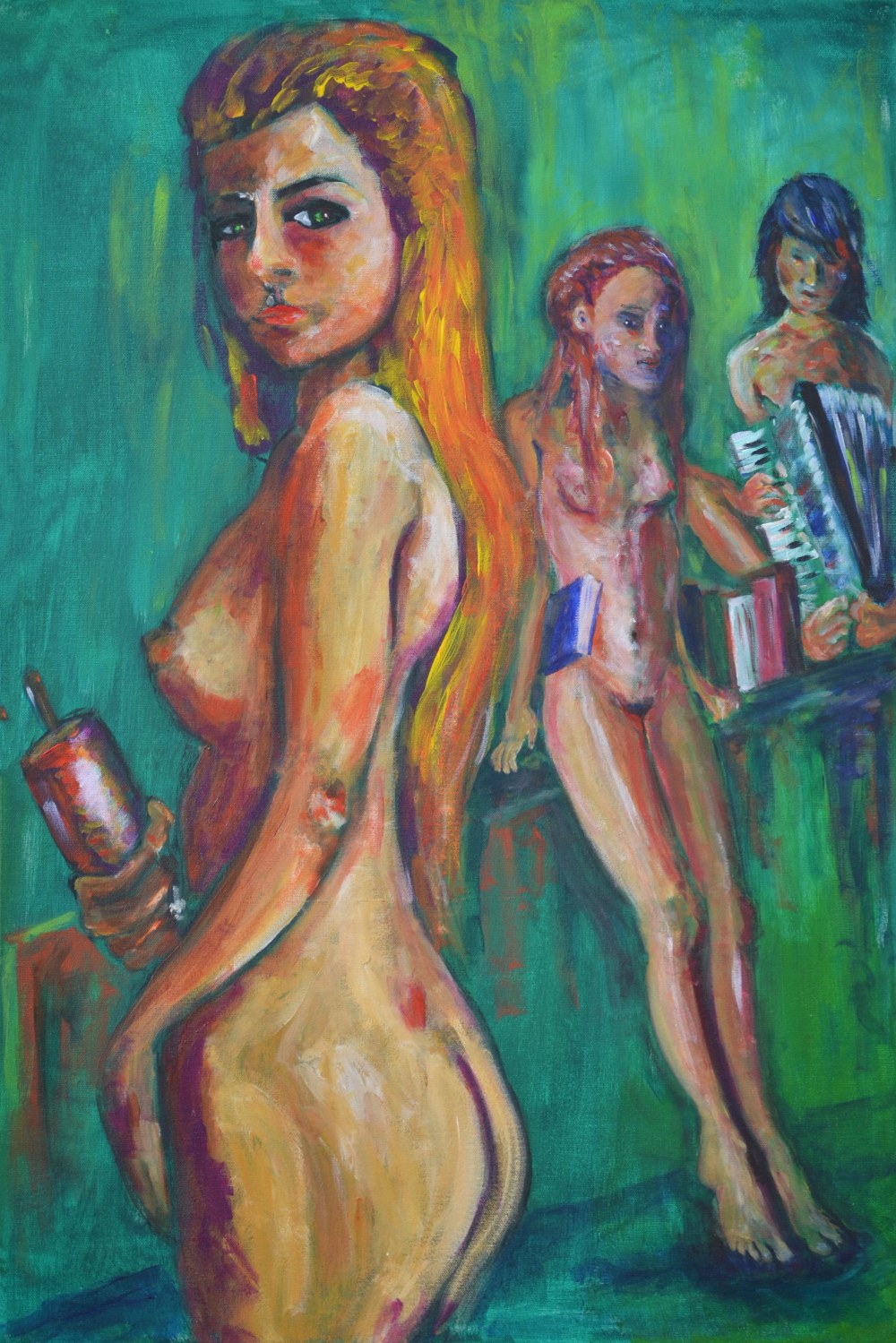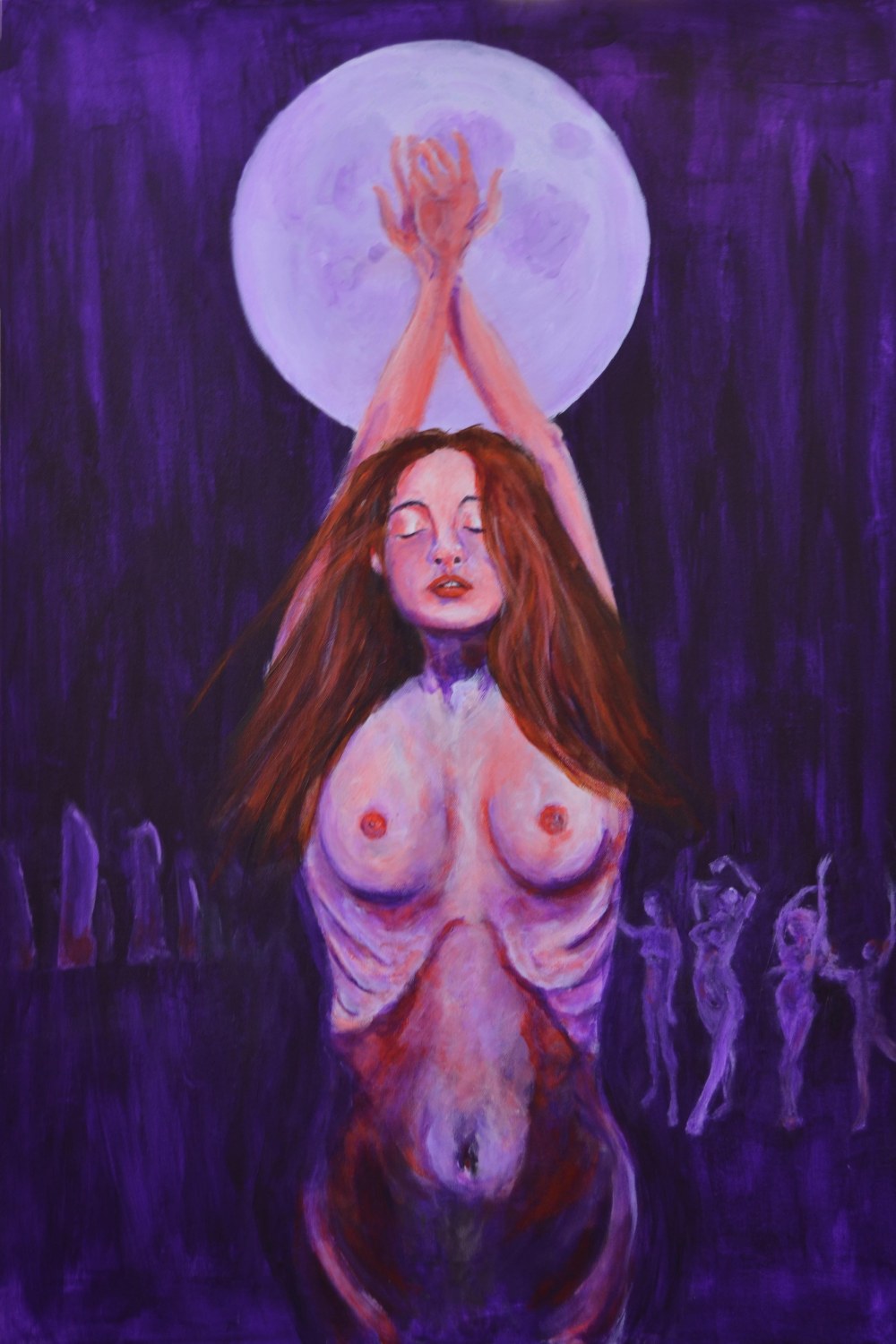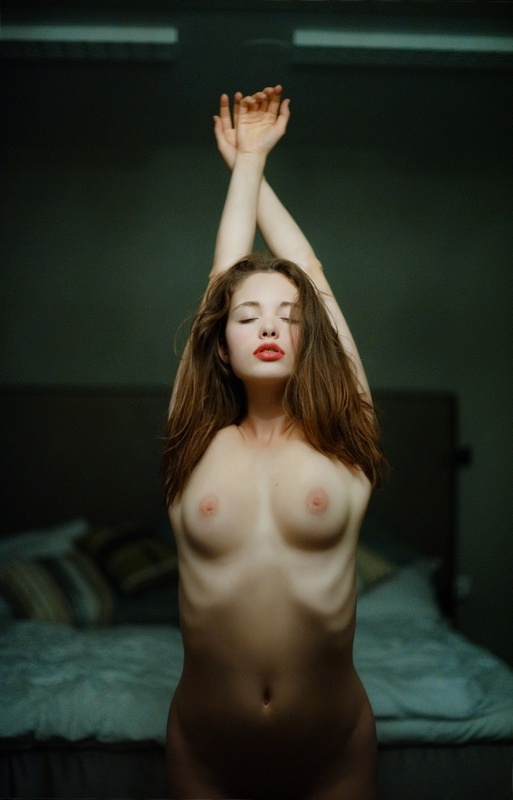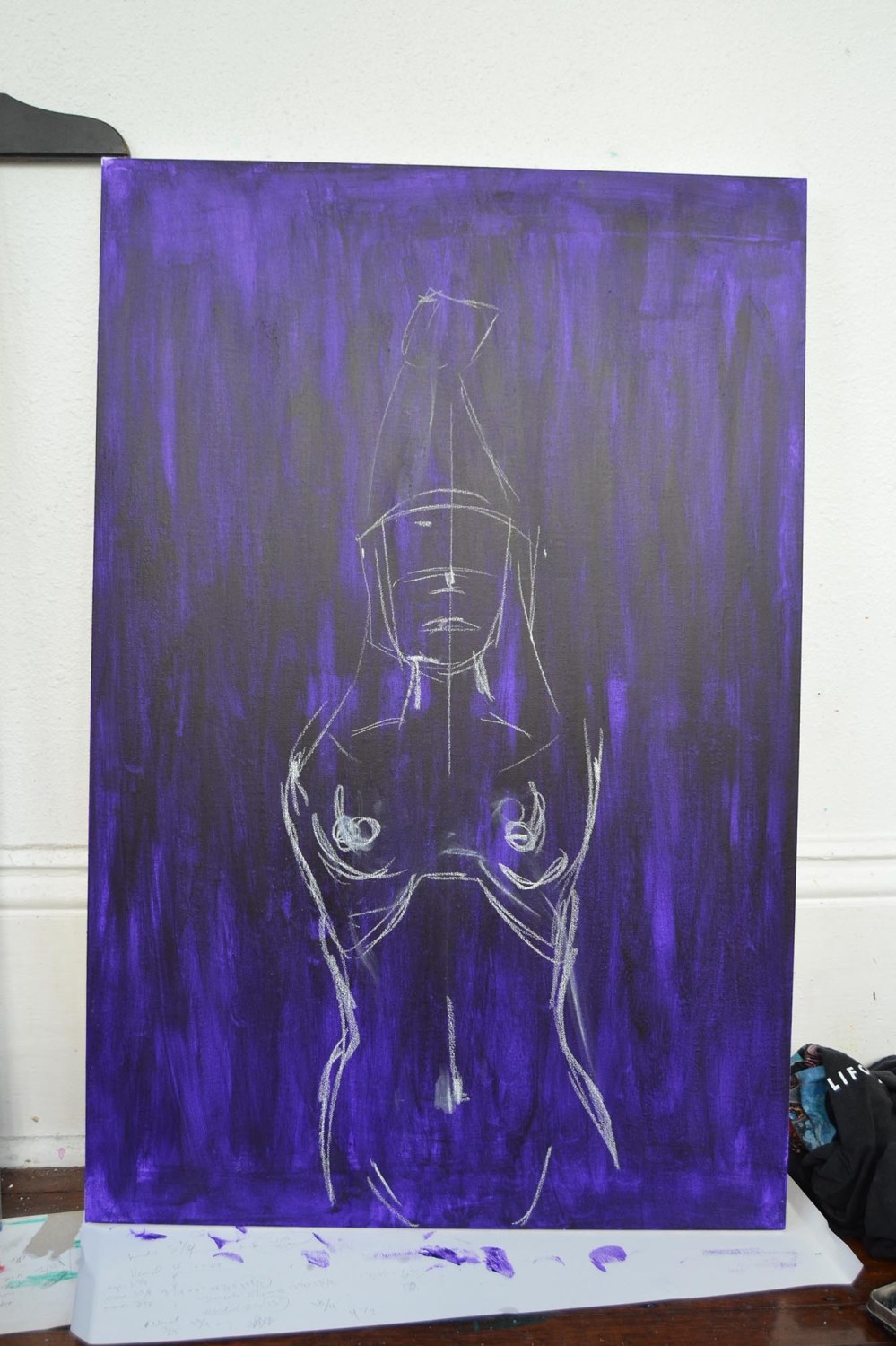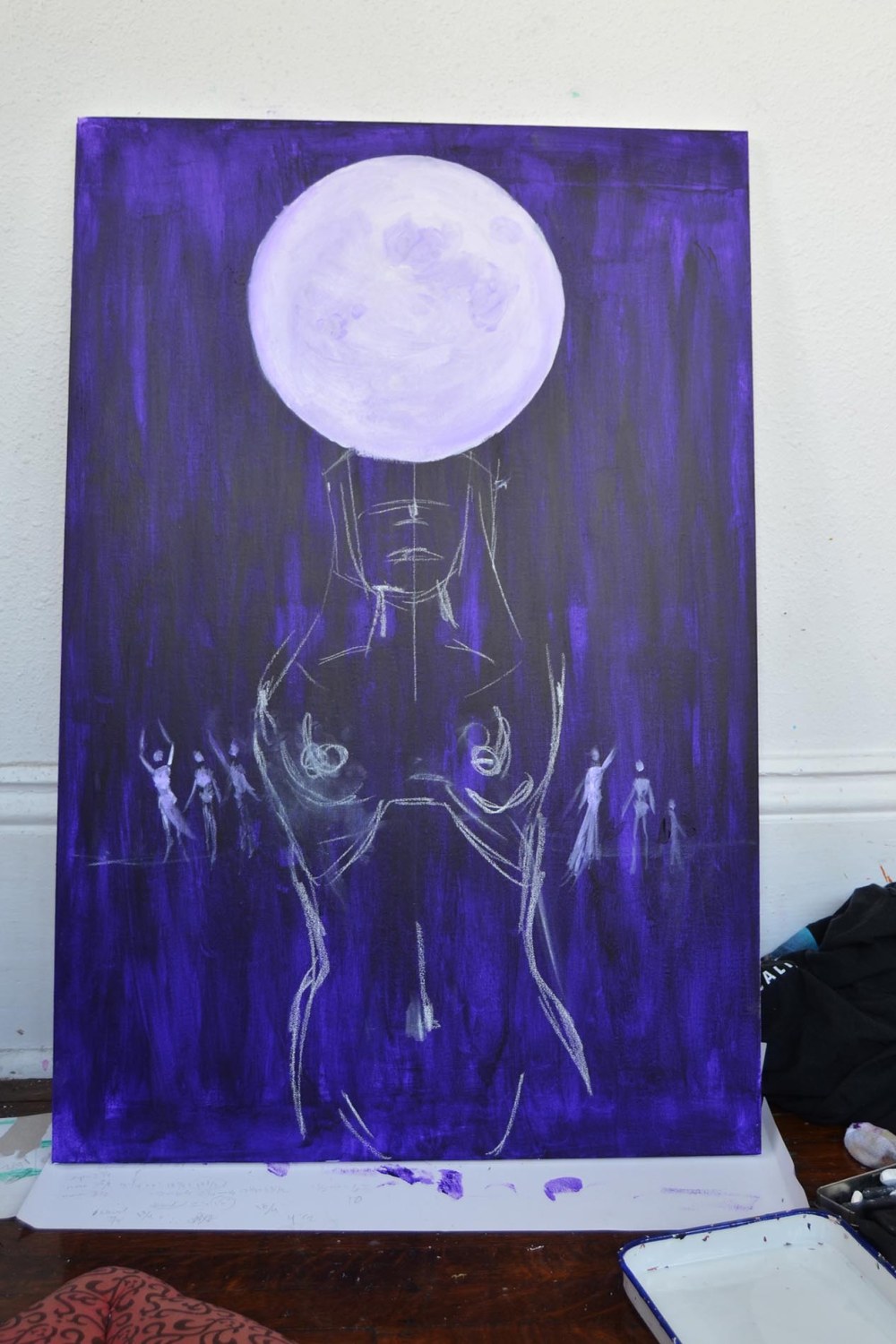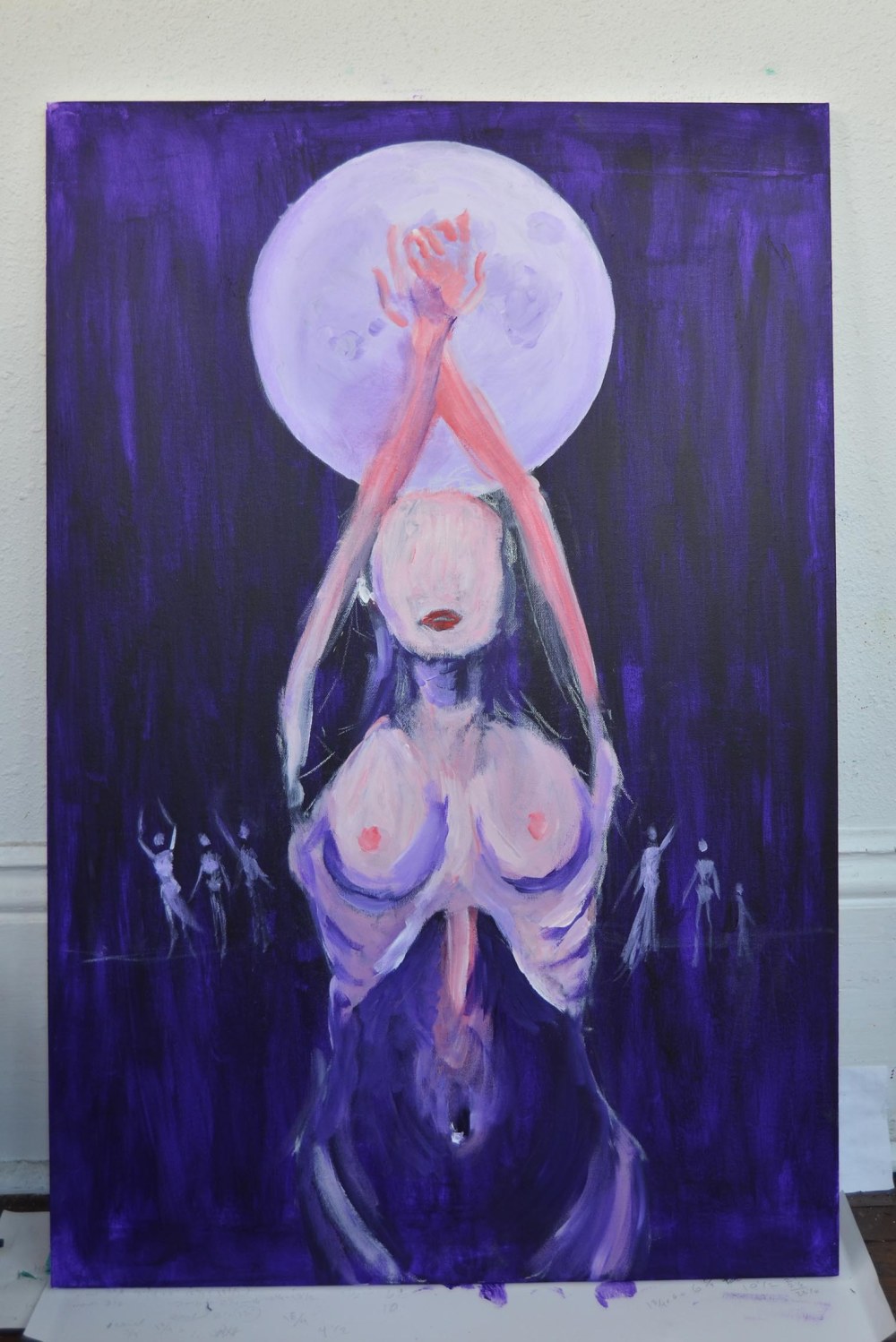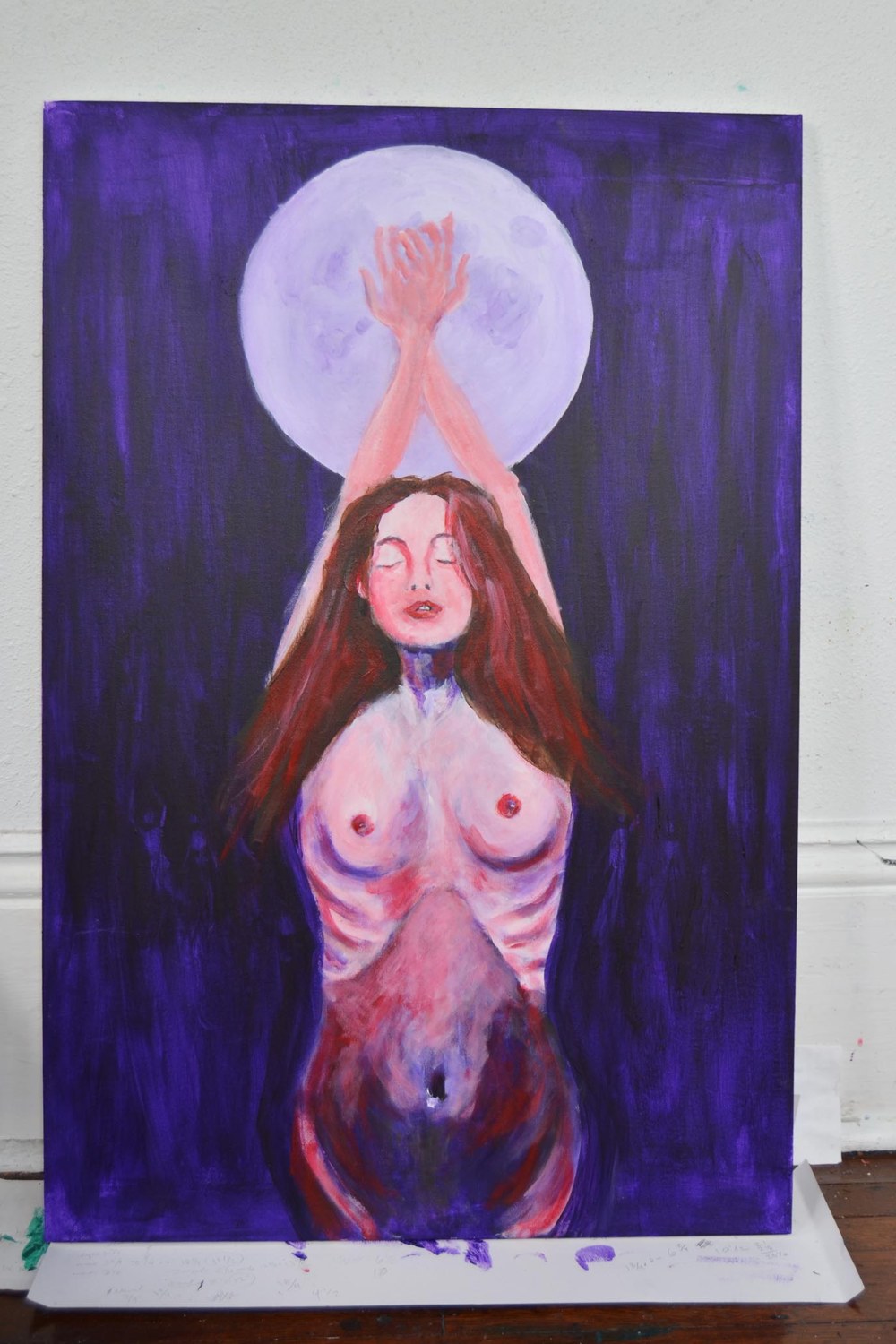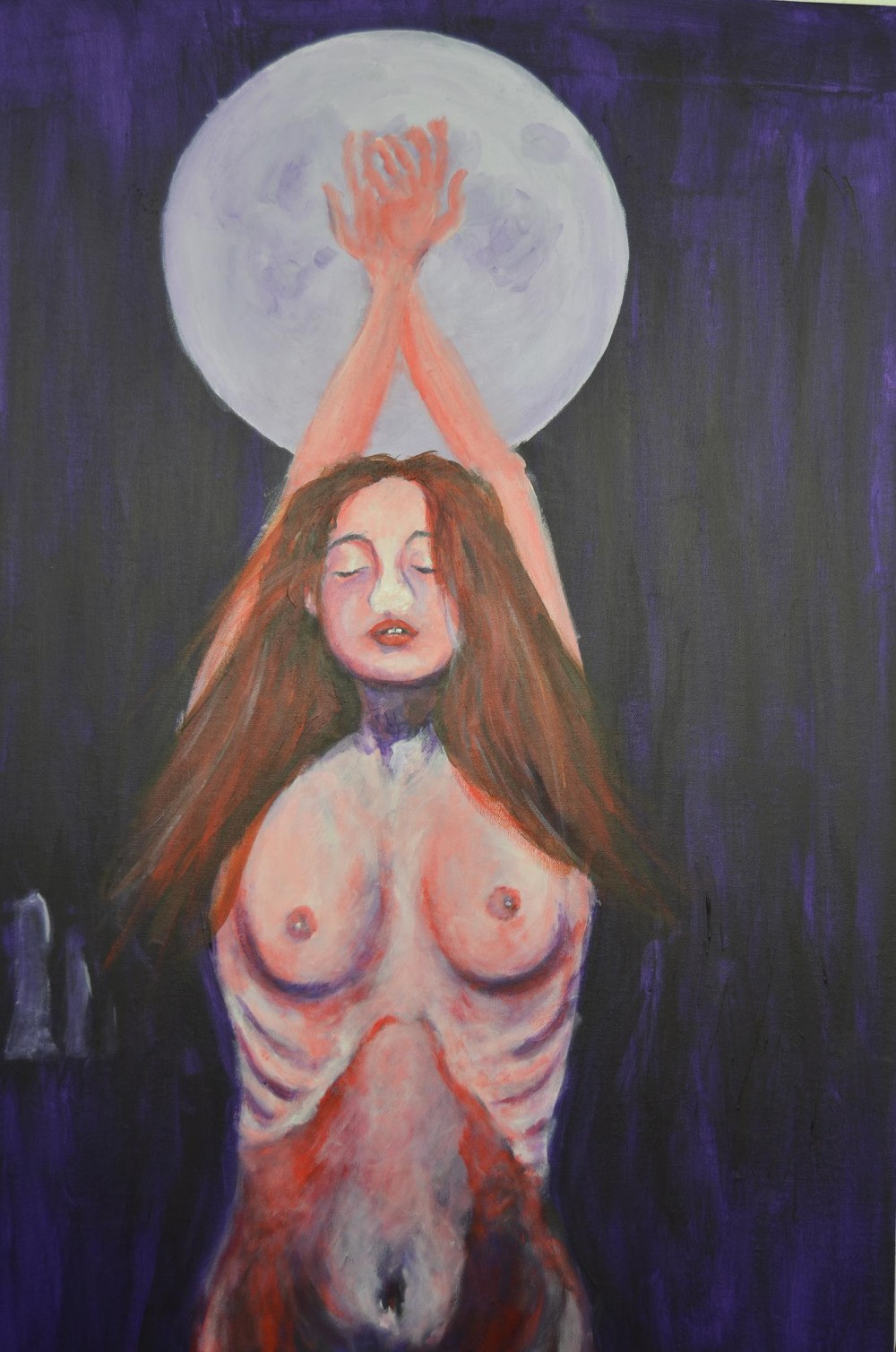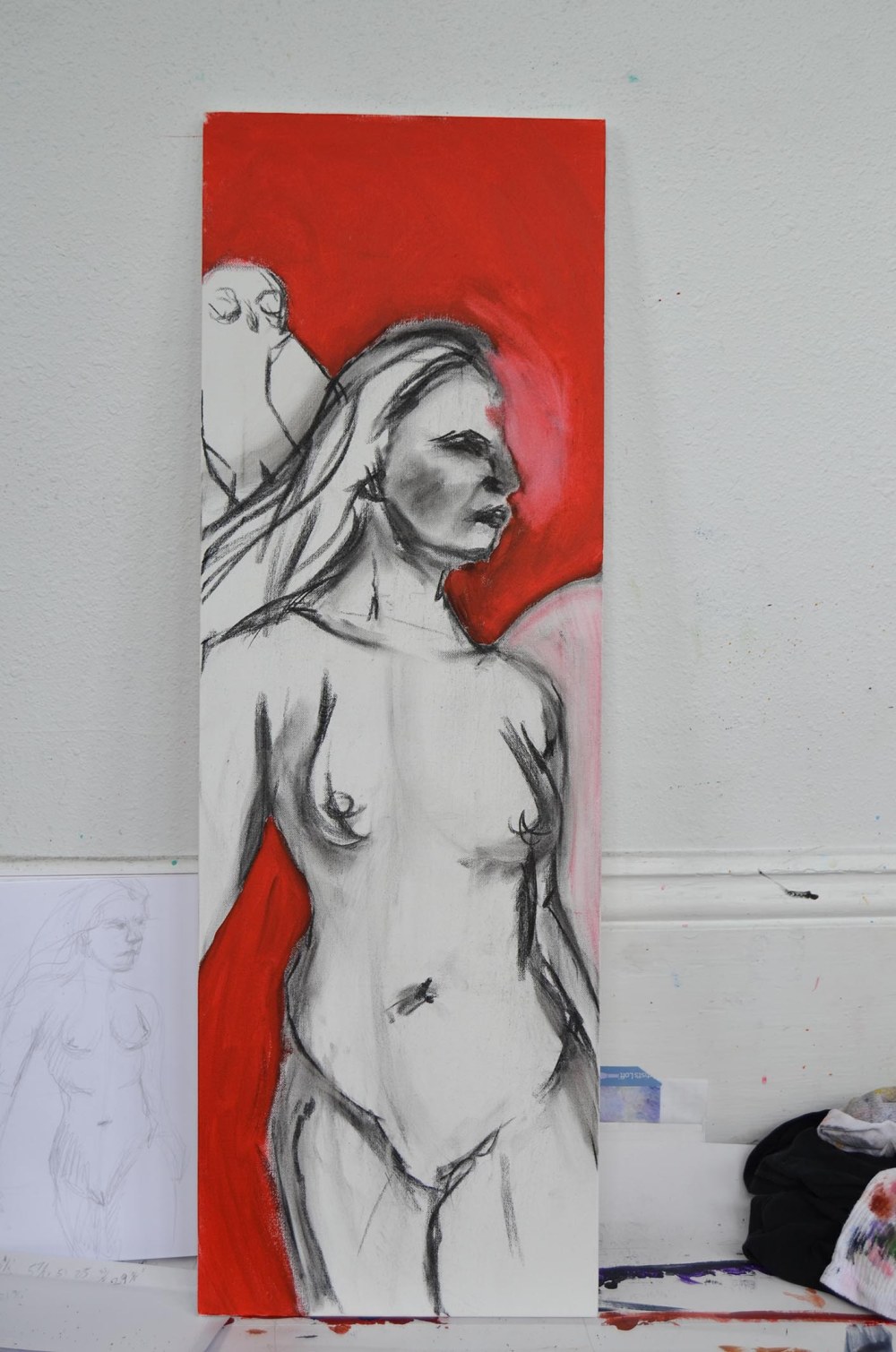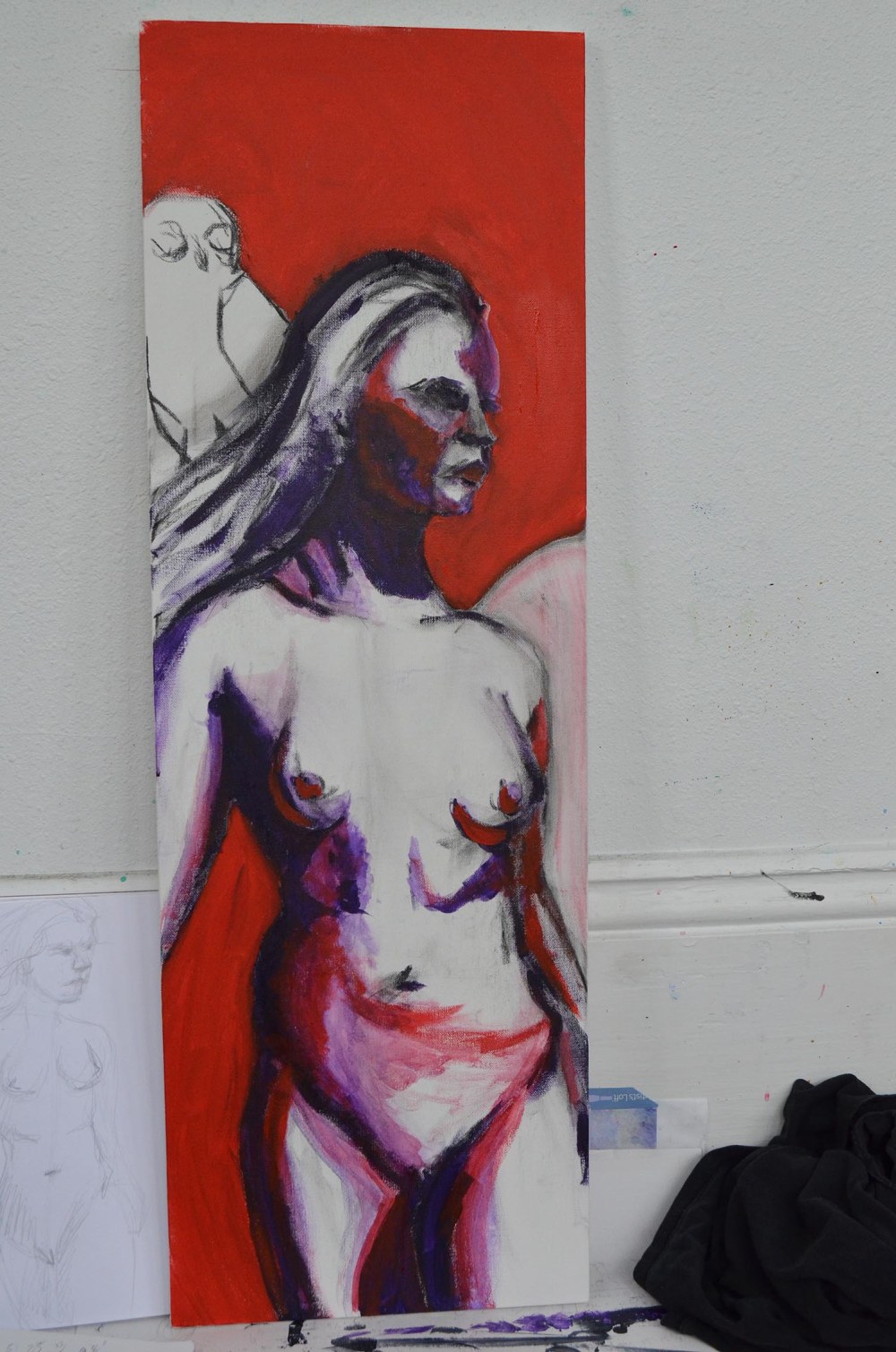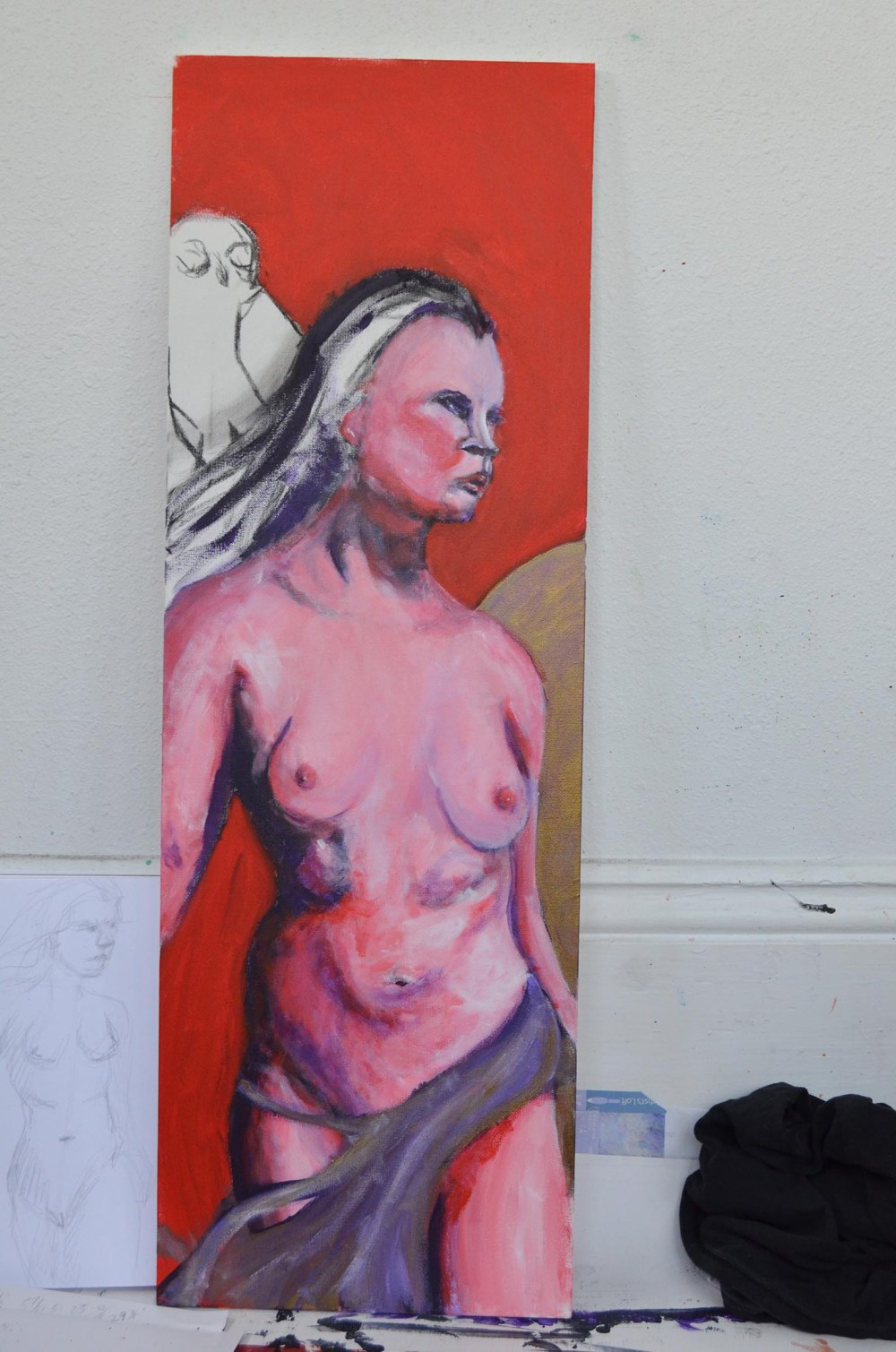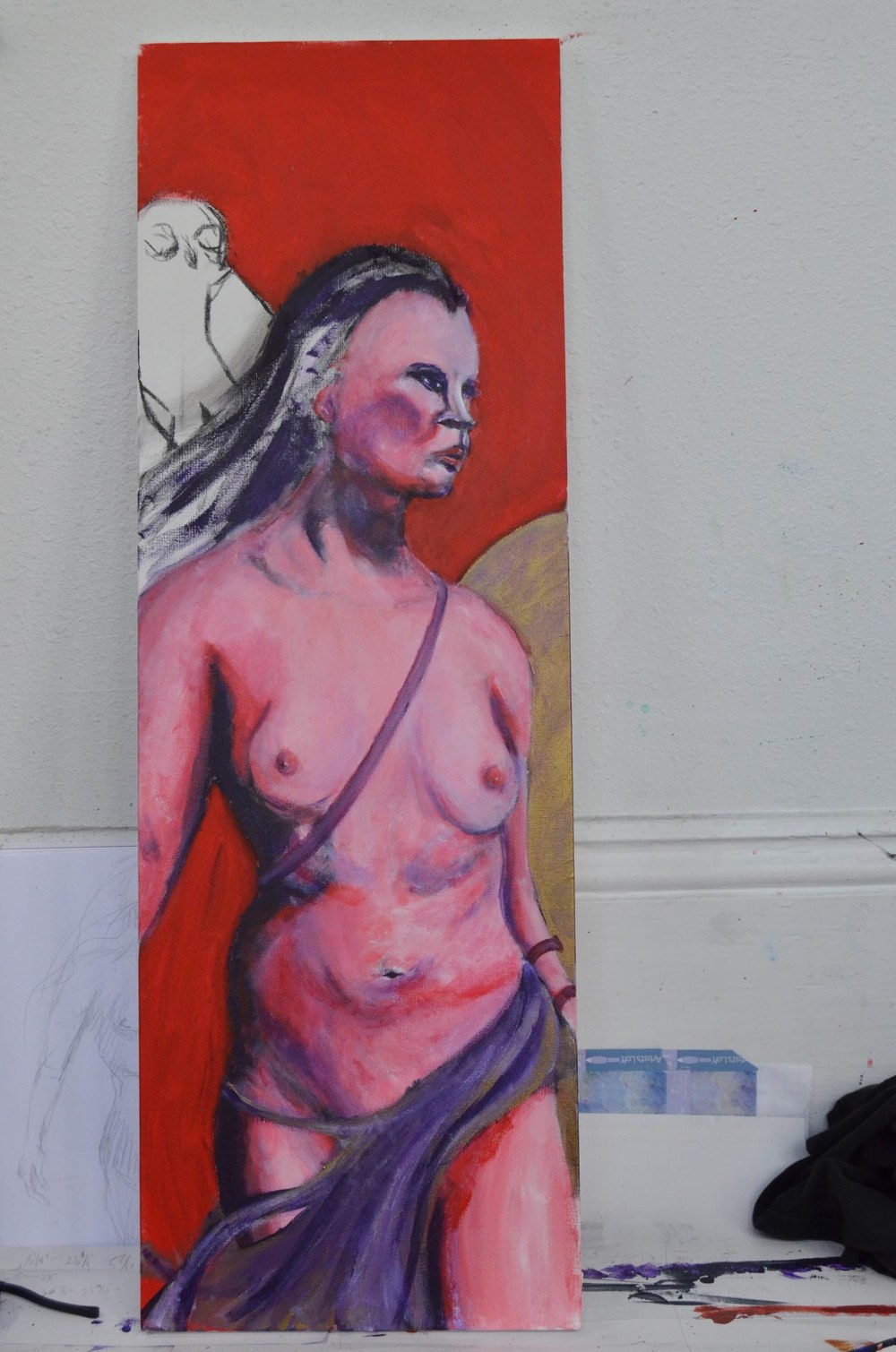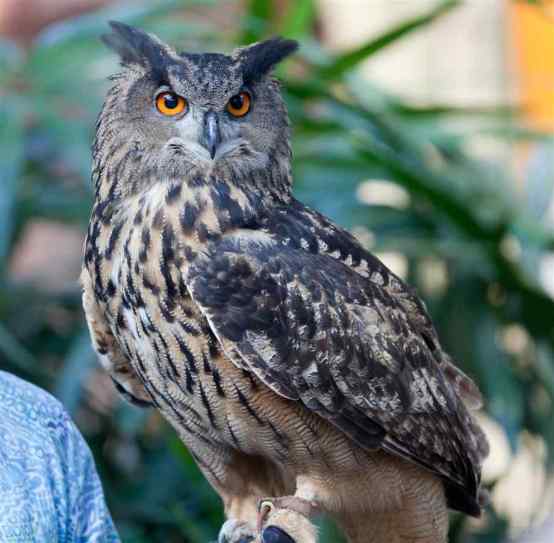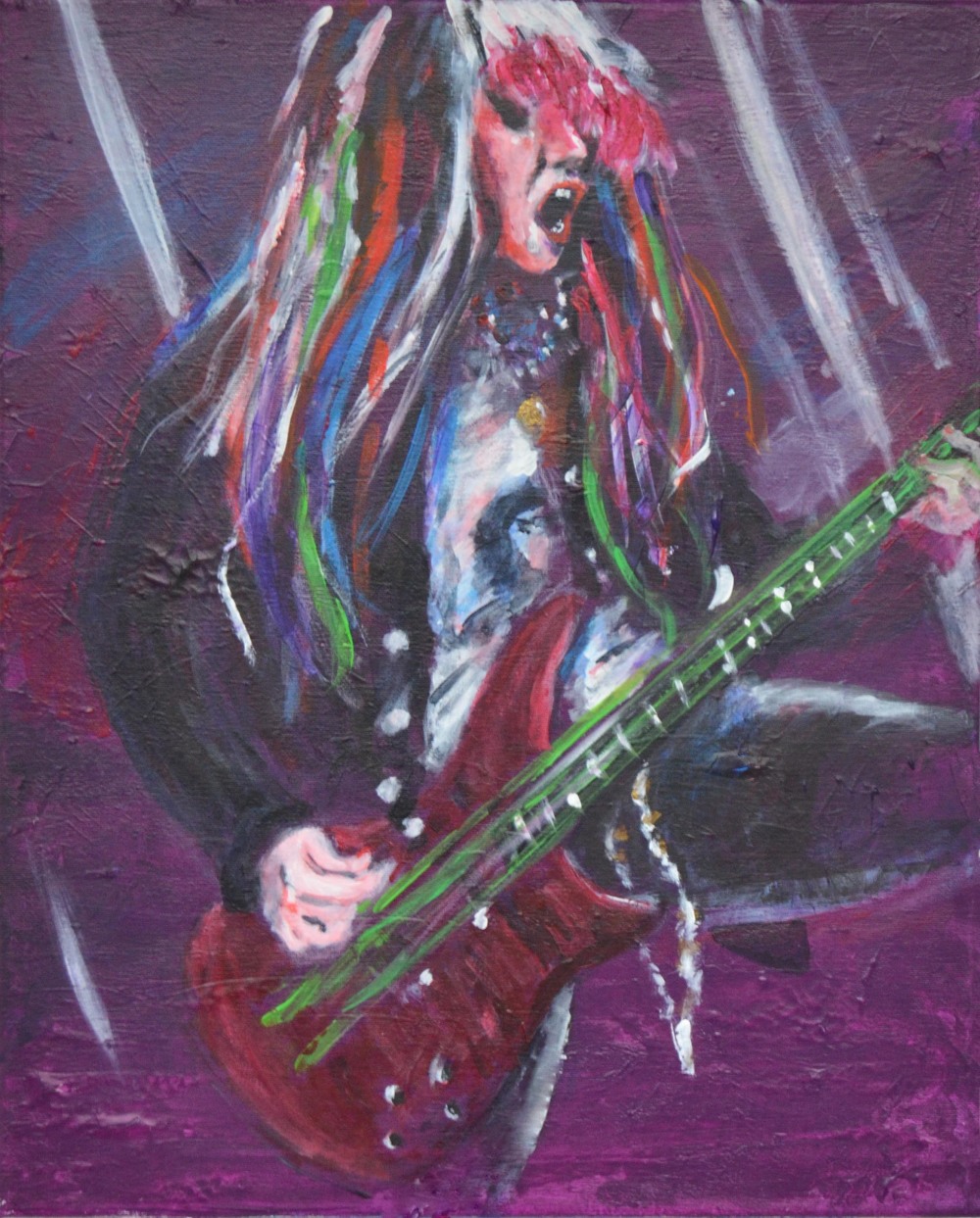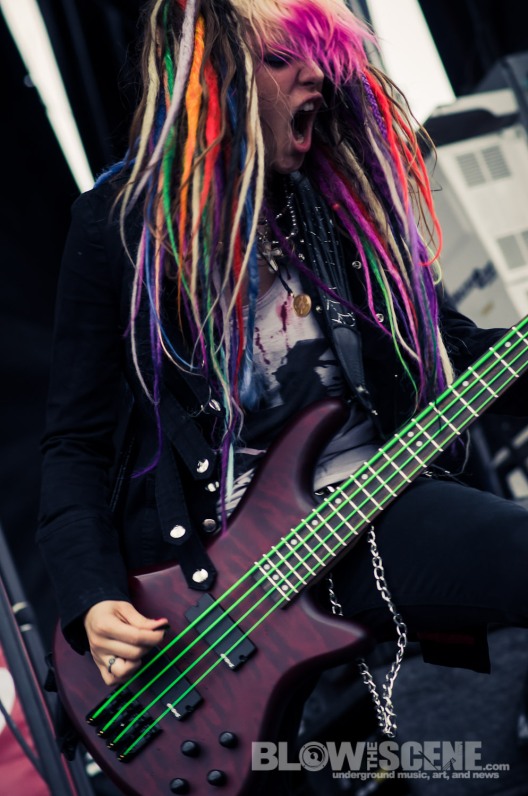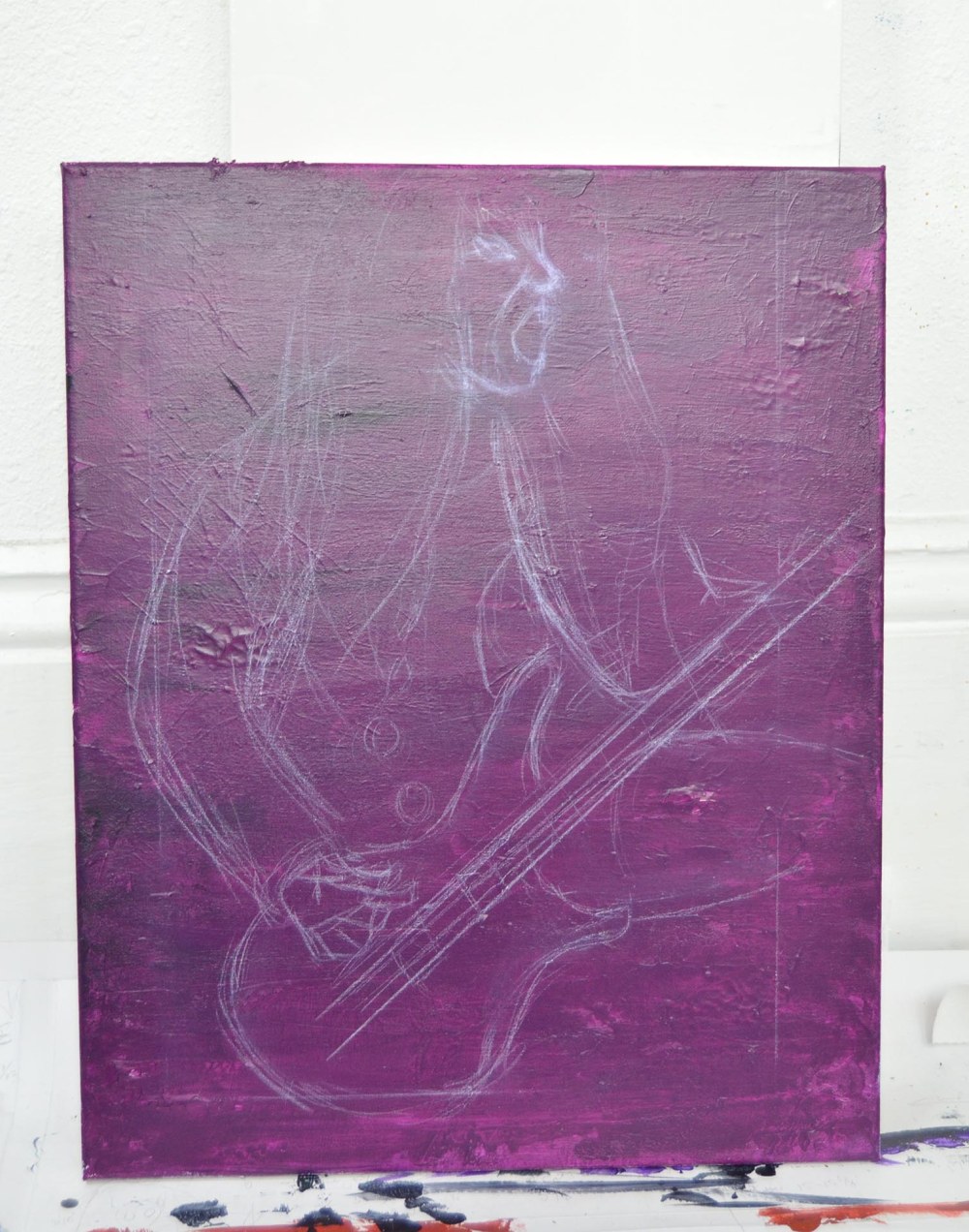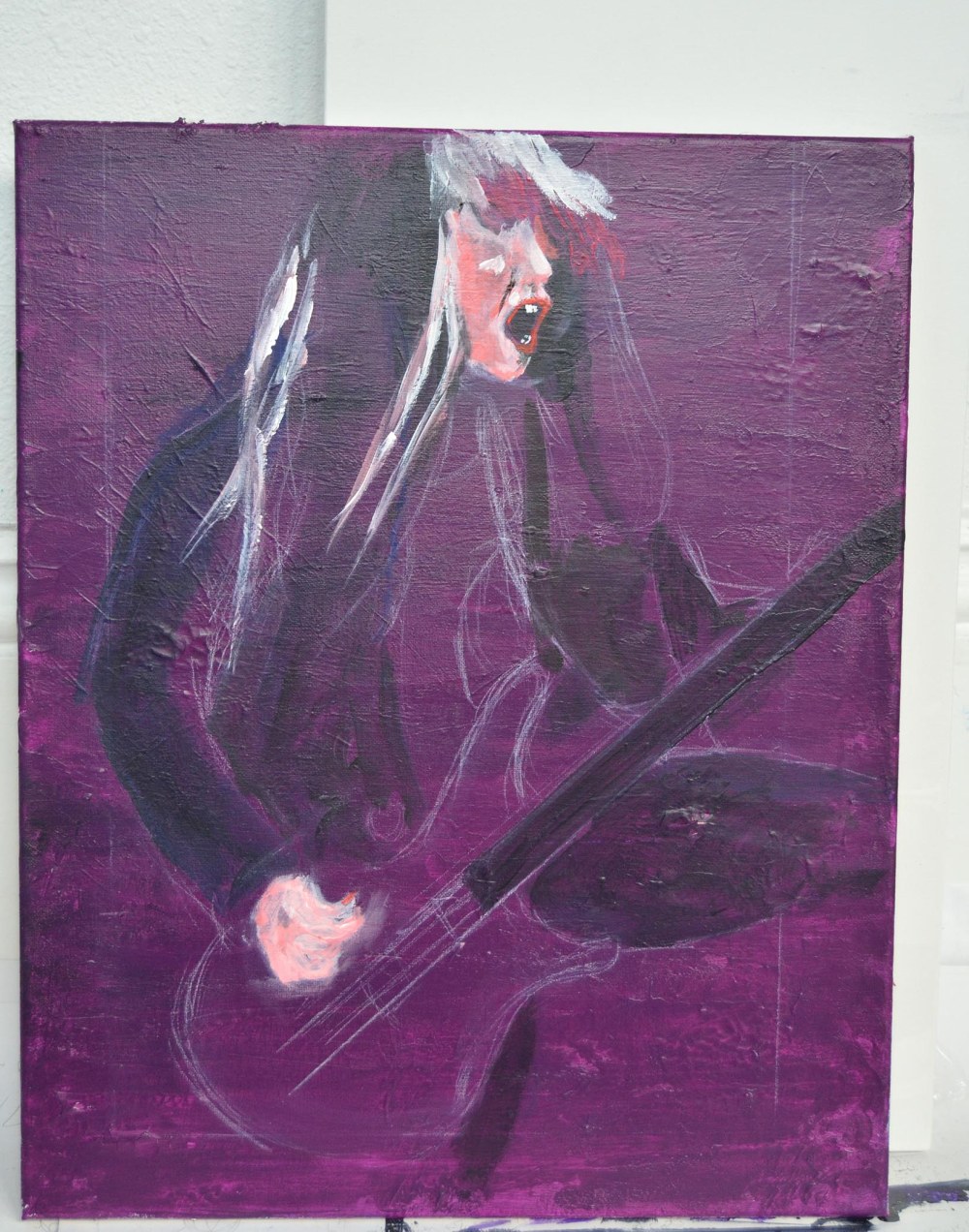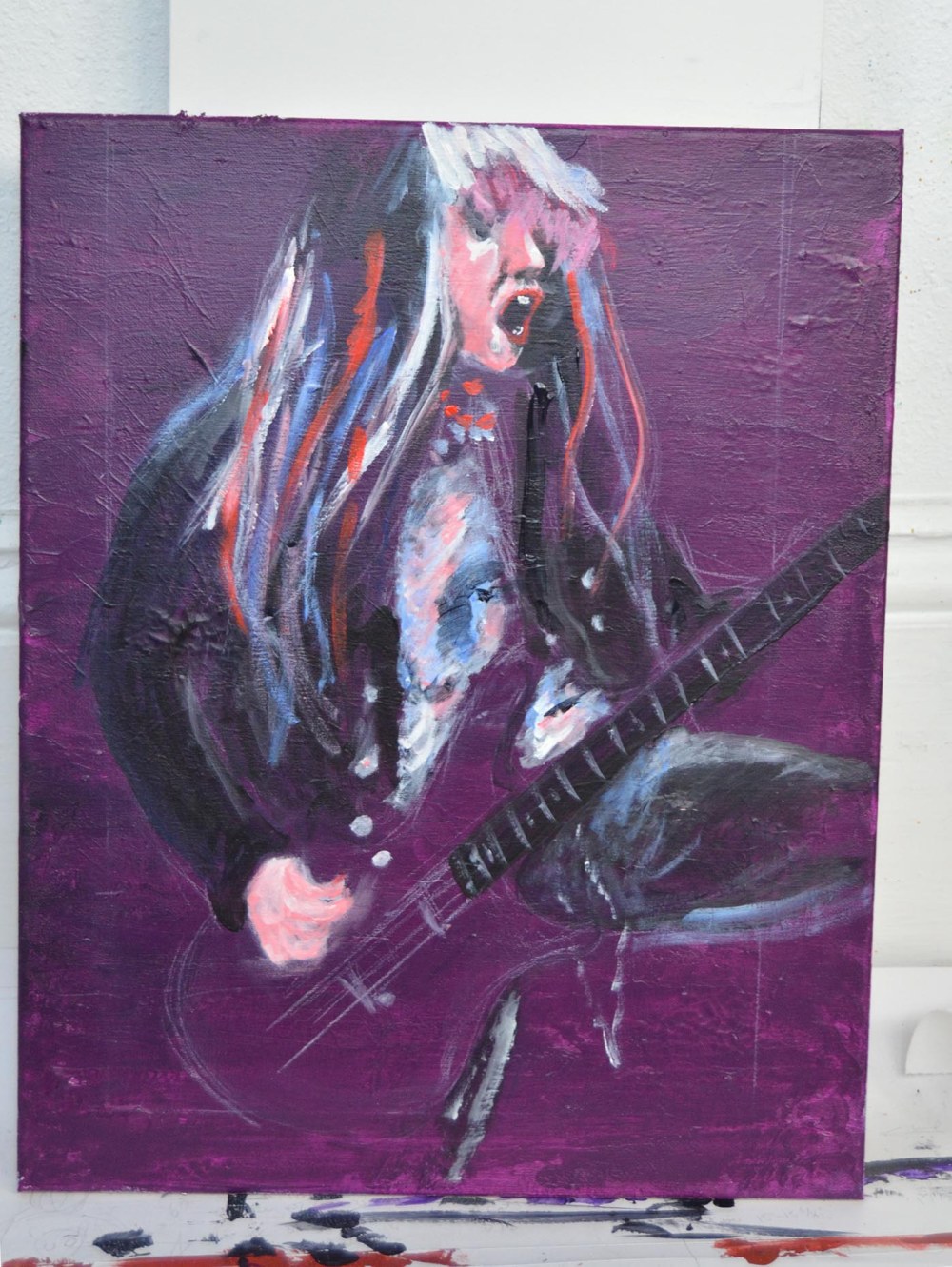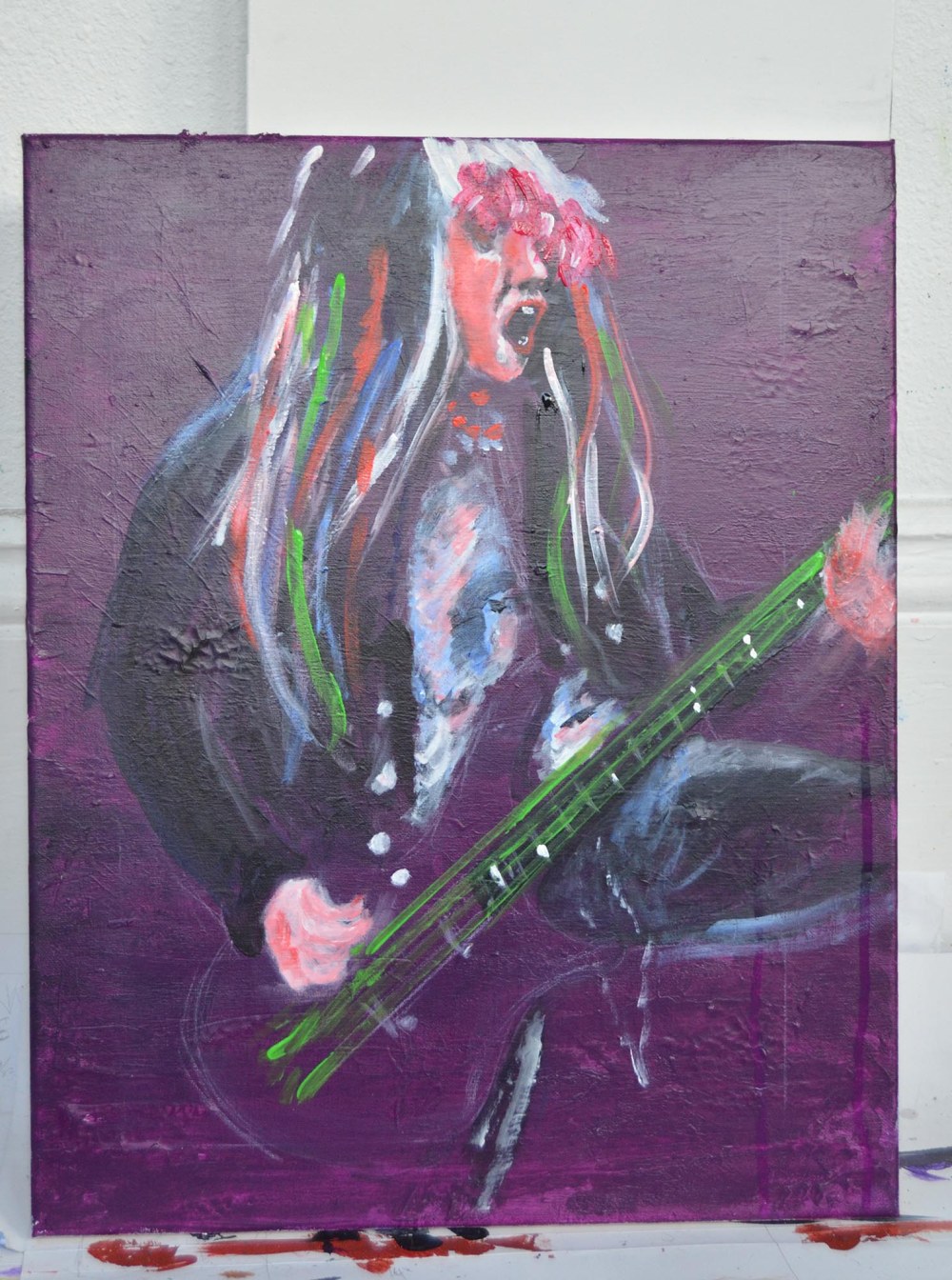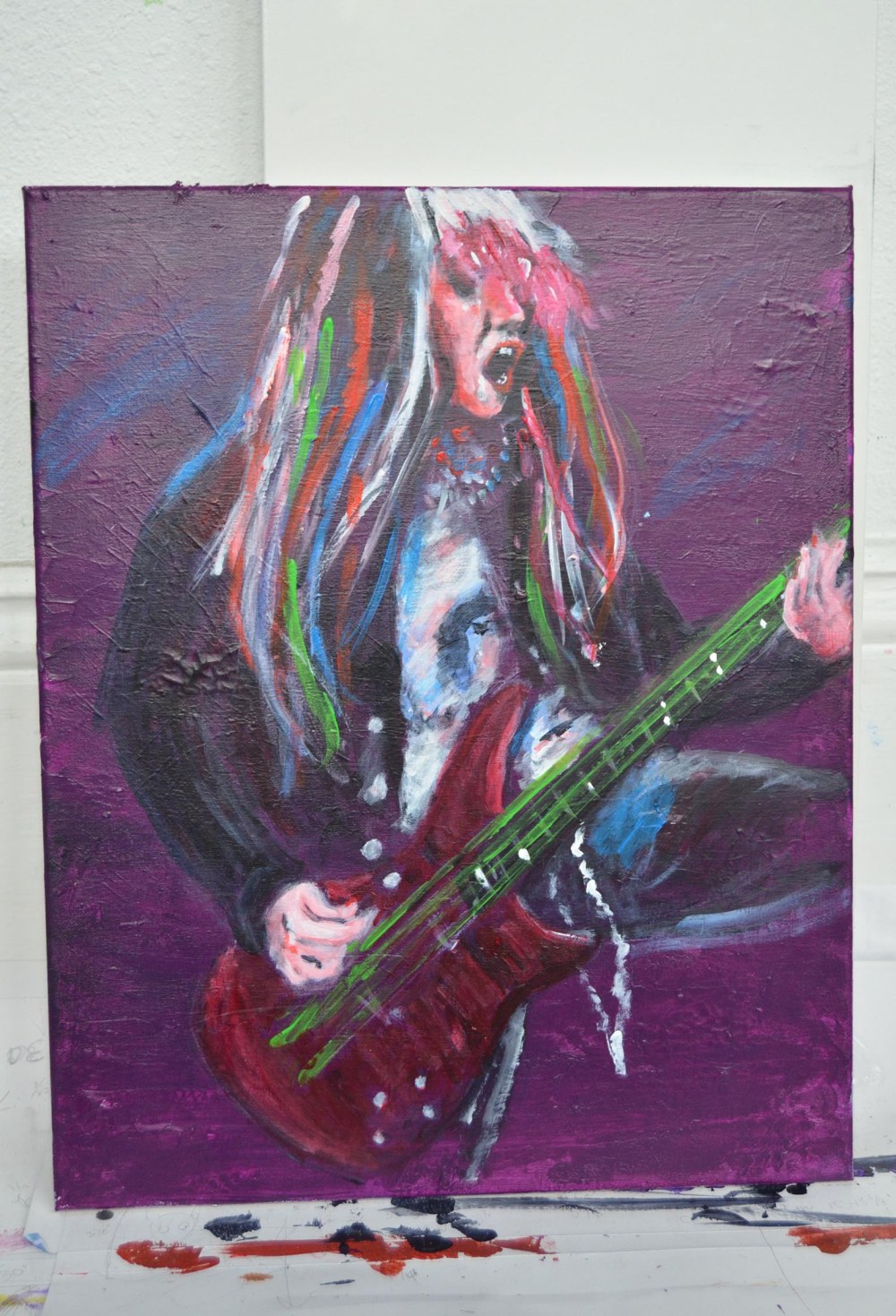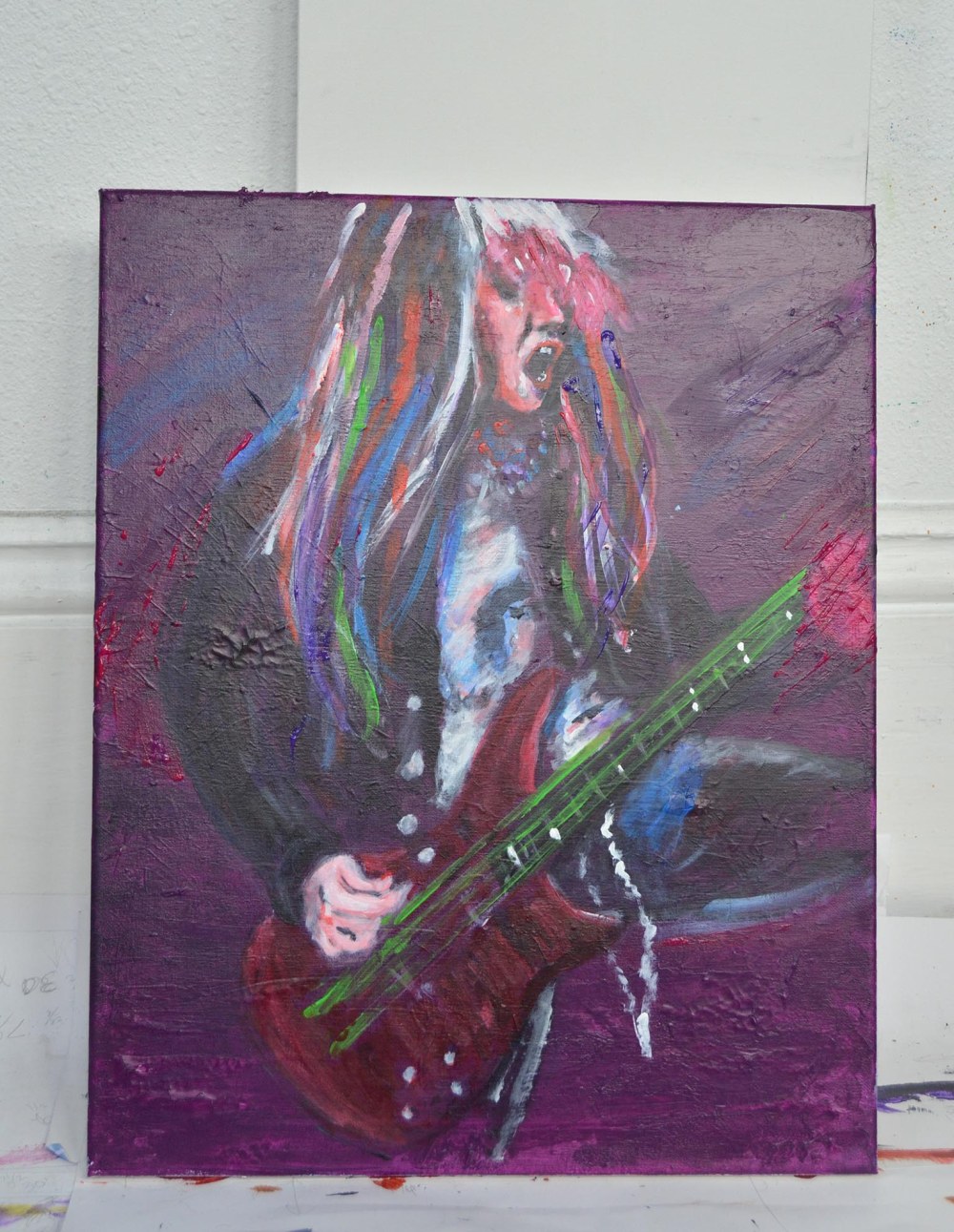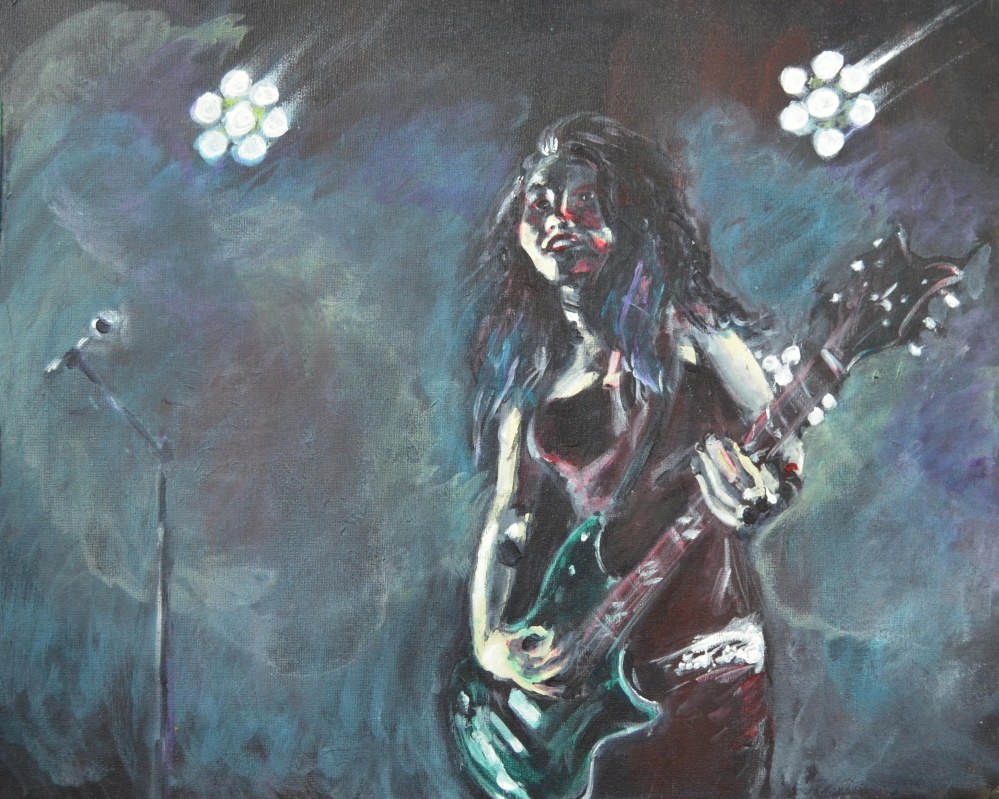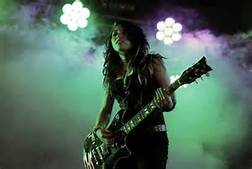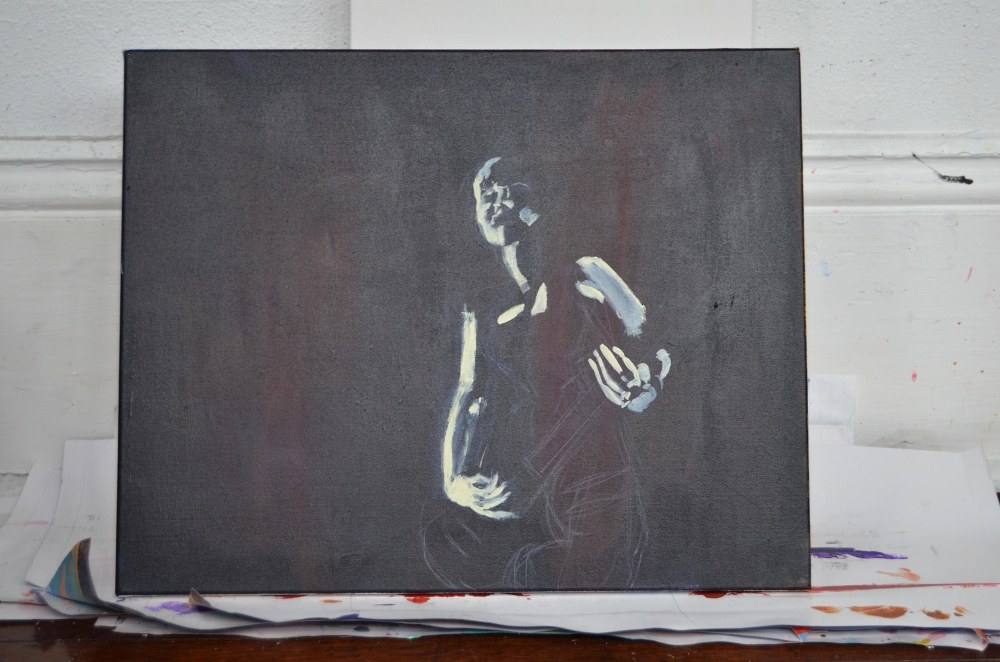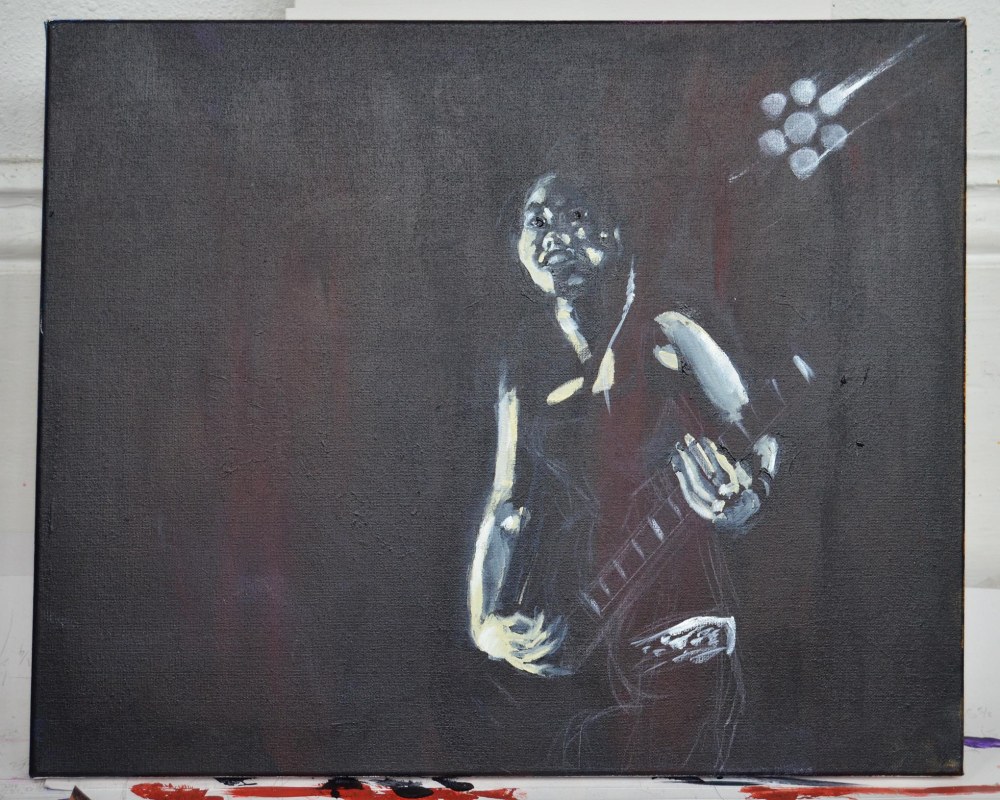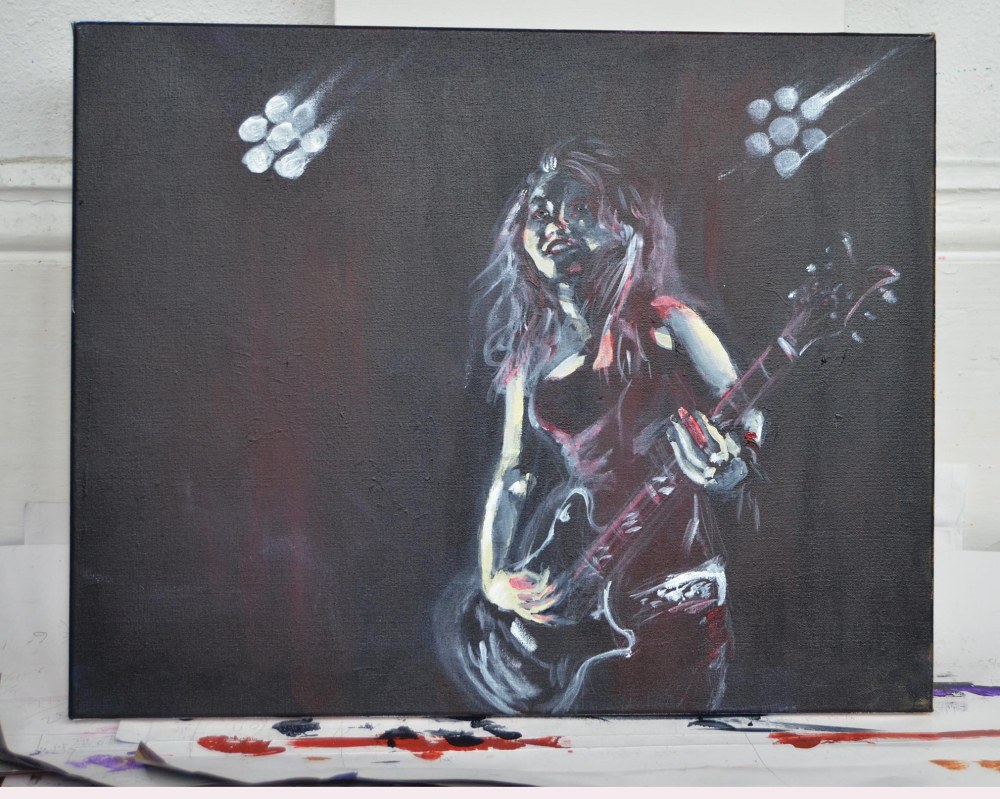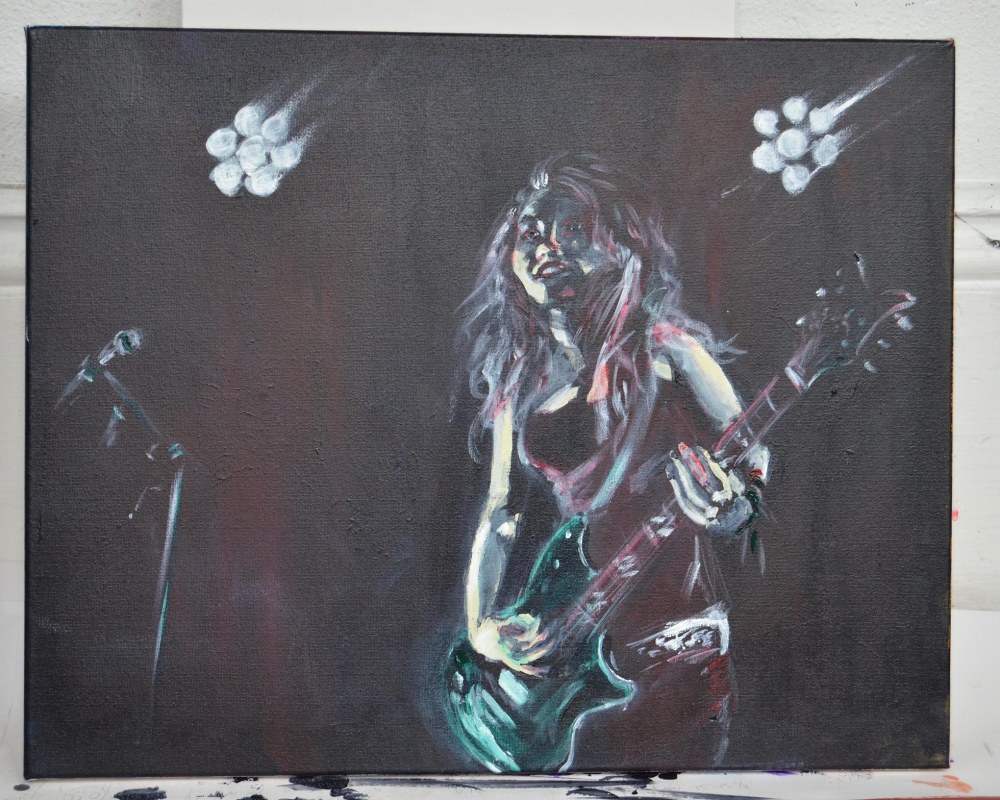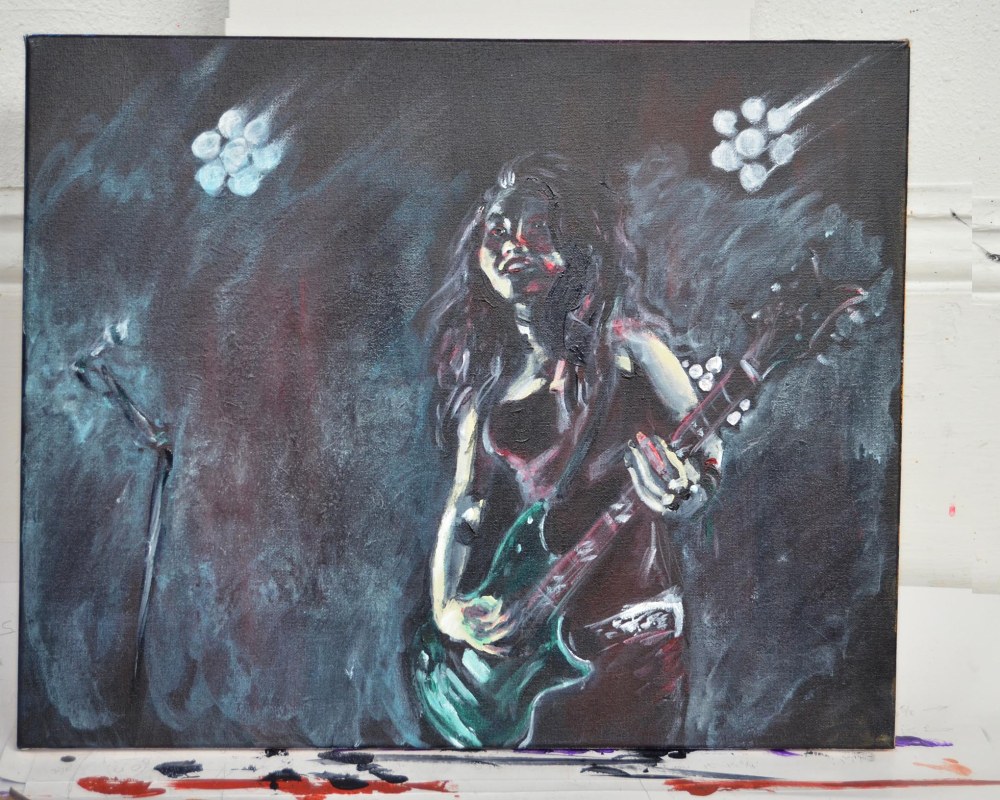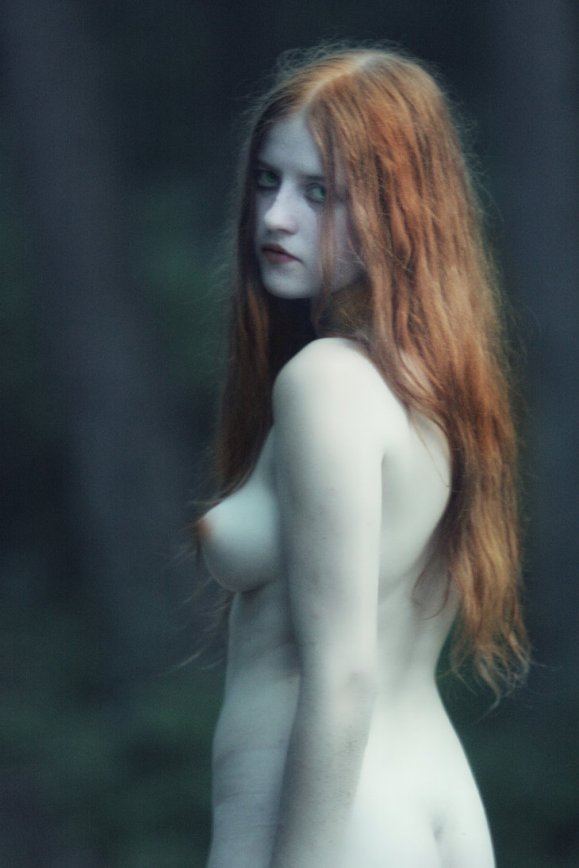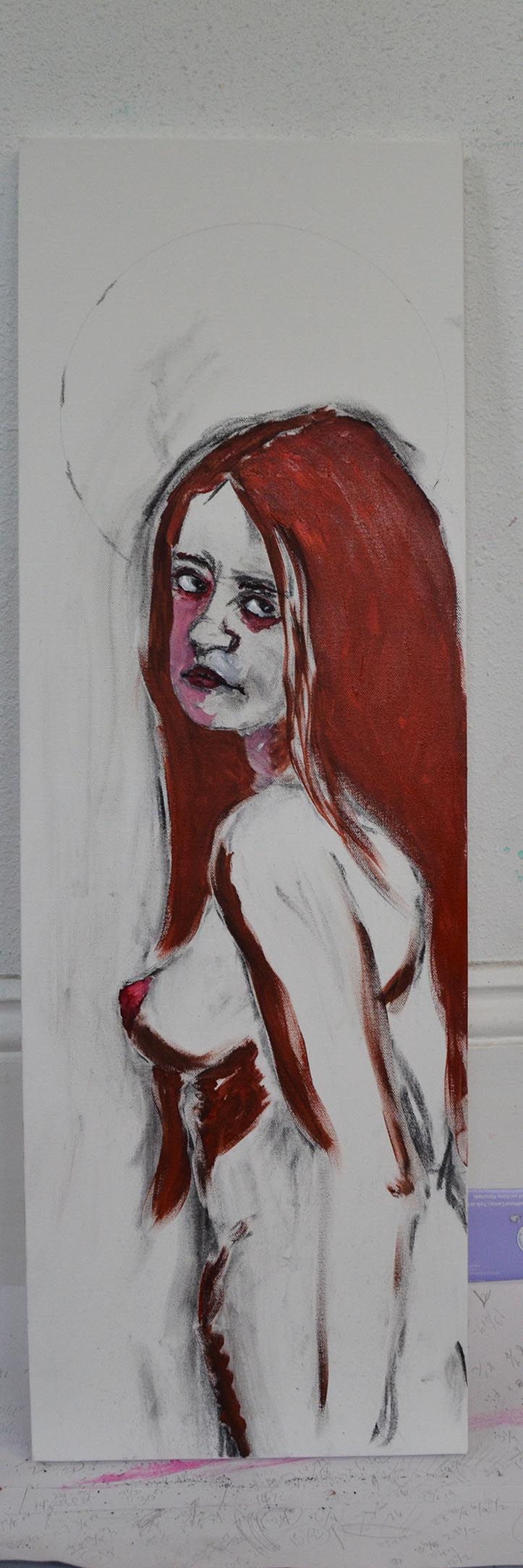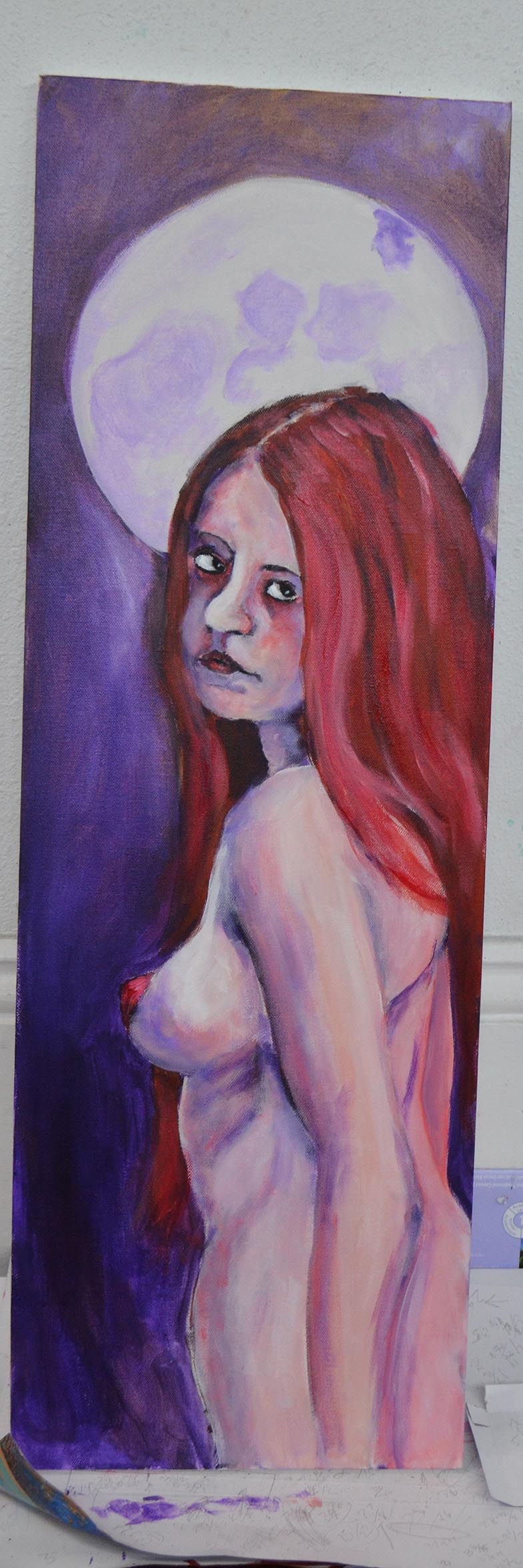Pastel Dancers
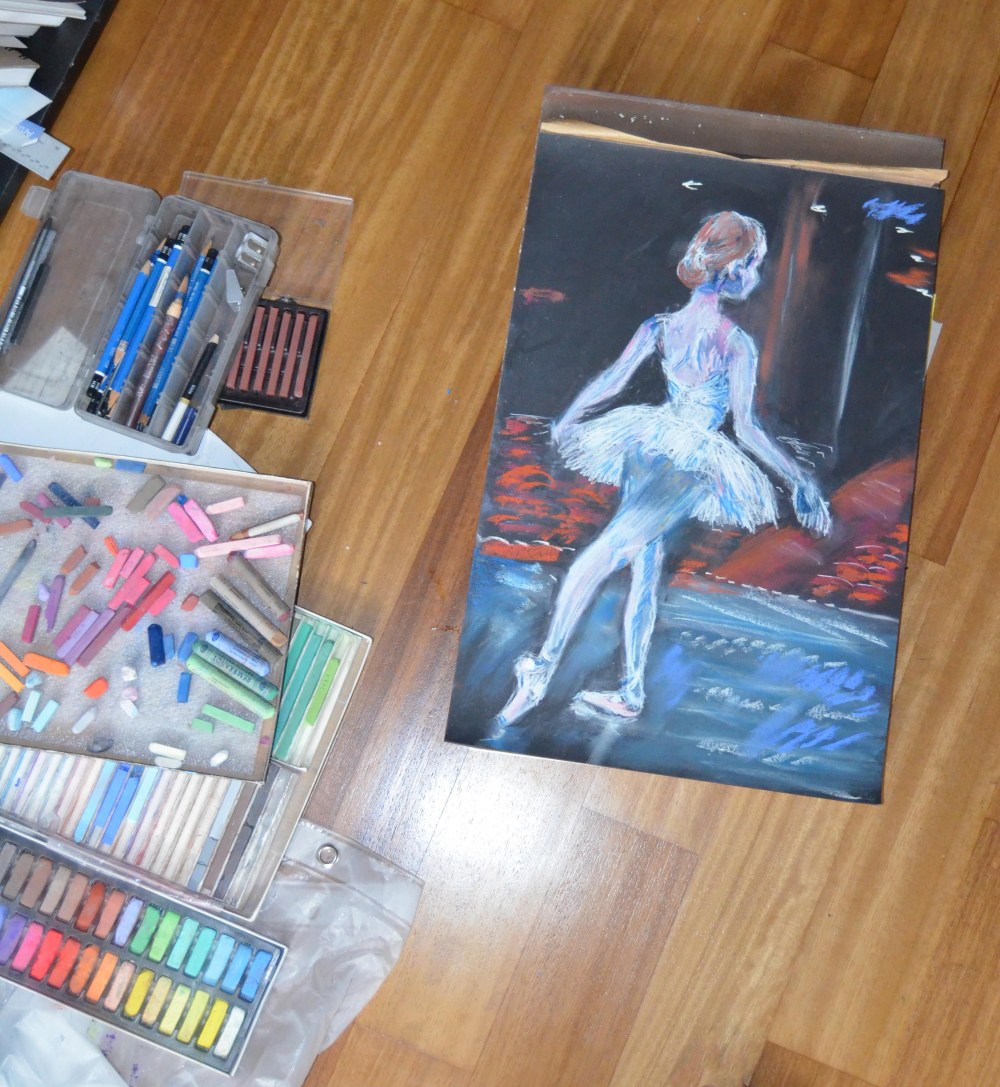
I recently visited the Metropolitan Museum of Art and reconnected with my favorite painters, the Impressionists. I took the time to really study the strokes and fluid lines of Manet and Degas, and got a bit inspired I guess. What I really focused on were Degas’ pastels, which I’ve always loved.
I have used soft pastels many times in my art life. When I was in art school, soft pastels were a favorite medium for me. But in the last couple of decades I’ve moved around a lot, and have had some kind-of makeshift studios. Acrylics seemed the best choice, as they are so hardy, easy to work with, and easy to store (you just pile them in a corner, really. Well, that’s what I do). Pastels, on the other hand, are extremely fragile: just touch a pastel painting and you come away with the pastels on your fingers!
(Note that from here on in, when I speak about pastels, I’ll be referring to soft pastels in stick form; oil pastels are an entirely different medium, though I might cover those some day).
But at the same time, pastel is a beautiful medium, full of color and motion. Degas, Monet, Cassatt and Toulouse-Lautrec all loved working in pastels because the medium is so immediate. Remember these painters did not have quick drying acrylics or water soluble oils: an oil painting takes weeks or even months to set and dry. Pastel is ready the minute you stop painting!
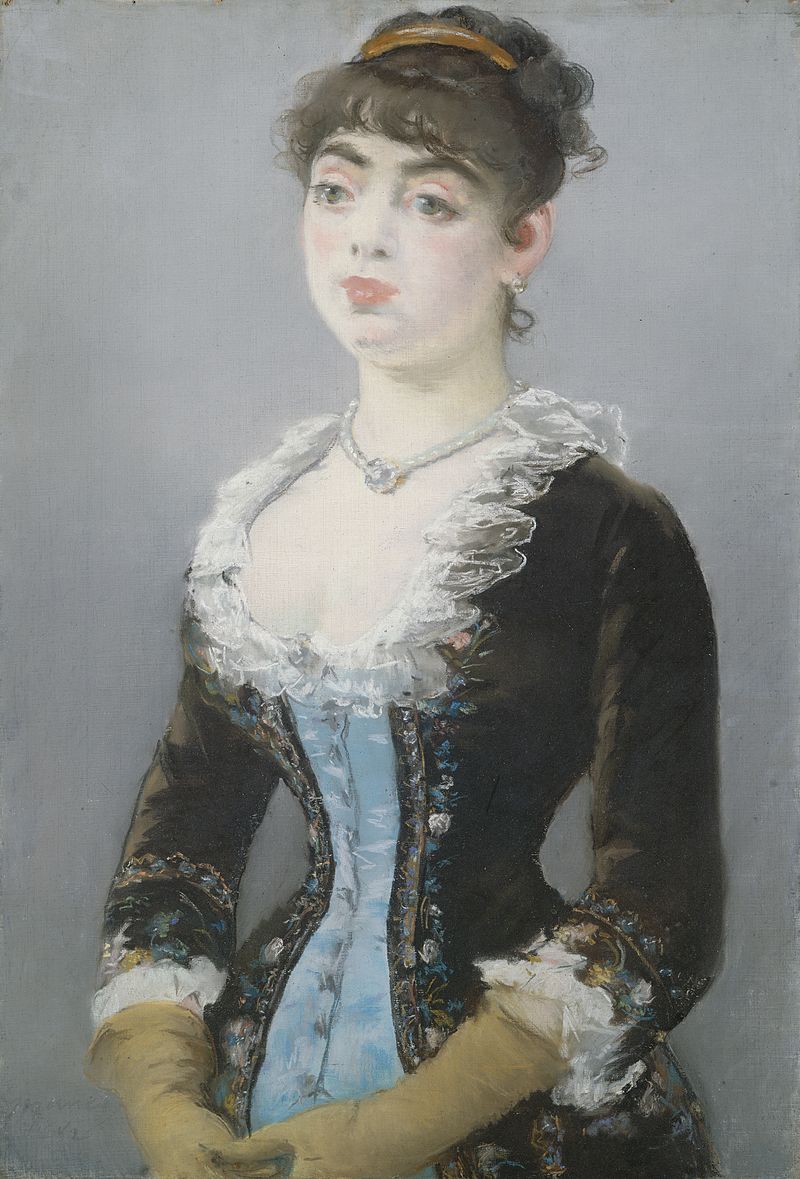
Edouard Manet, Madame Michel-Lévy, 1882; Manet used pastels on paper for this portrait. Look at the very delicate lines of the collar; also see how he implied texture and contour with quickly scrawled lines in the clothing and hair.
Below a pastel painting by Mary Cassatt. Again, note the motion and fluidity expressed by quickly drawn lines in the shading of the hands and arms, offset by the careful description of the facial features. Also note the beautiful unfinished quality of the torso, shoulders and neck: this calls the viewer’s attention to the most finished parts of the piece, while still implying the fullness of the composition.
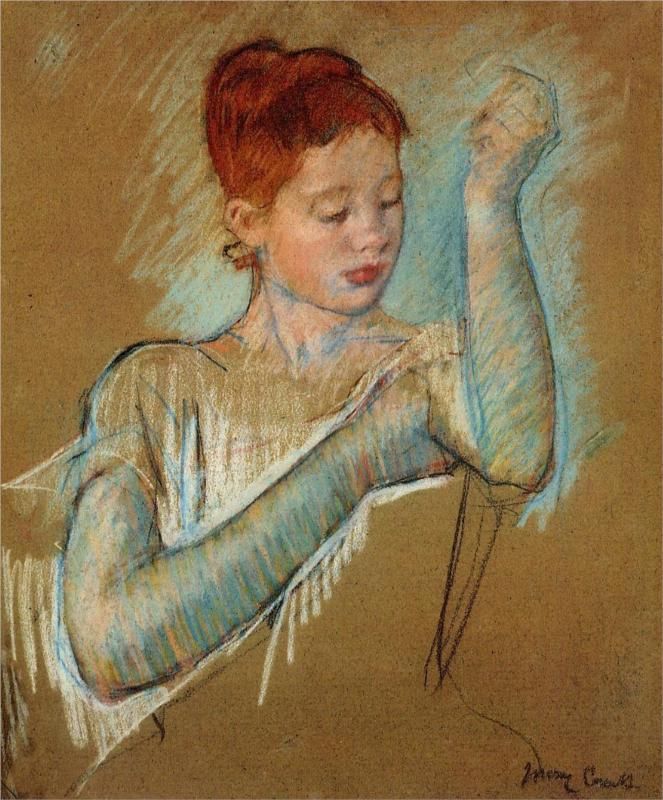
I decided to take a pause from unicorns and centaurs for a little bit (but not too long) to do some painting with pastels, and to return to one of my favorite subjects, dancers.

Dress Rehearsal, seen with my various boxes of soft pastels in my current very makeshift studio.
Painting with pastels can be really tricky. To quote Wikipedia: “Pastel techniques can be challenging since the medium is mixed and blended directly on the working surface, and unlike paint, colors cannot be tested on a palette before applying to the surface. Pastel errors cannot be covered the way a paint error can be painted out. Experimentation with the pastel medium on a small scale in order to learn various techniques gives the user a better command over a larger composition.”
I’ll go over my process with two pieces I just finished. First, let’s look at my incredibly creatively titled Dancer 8:
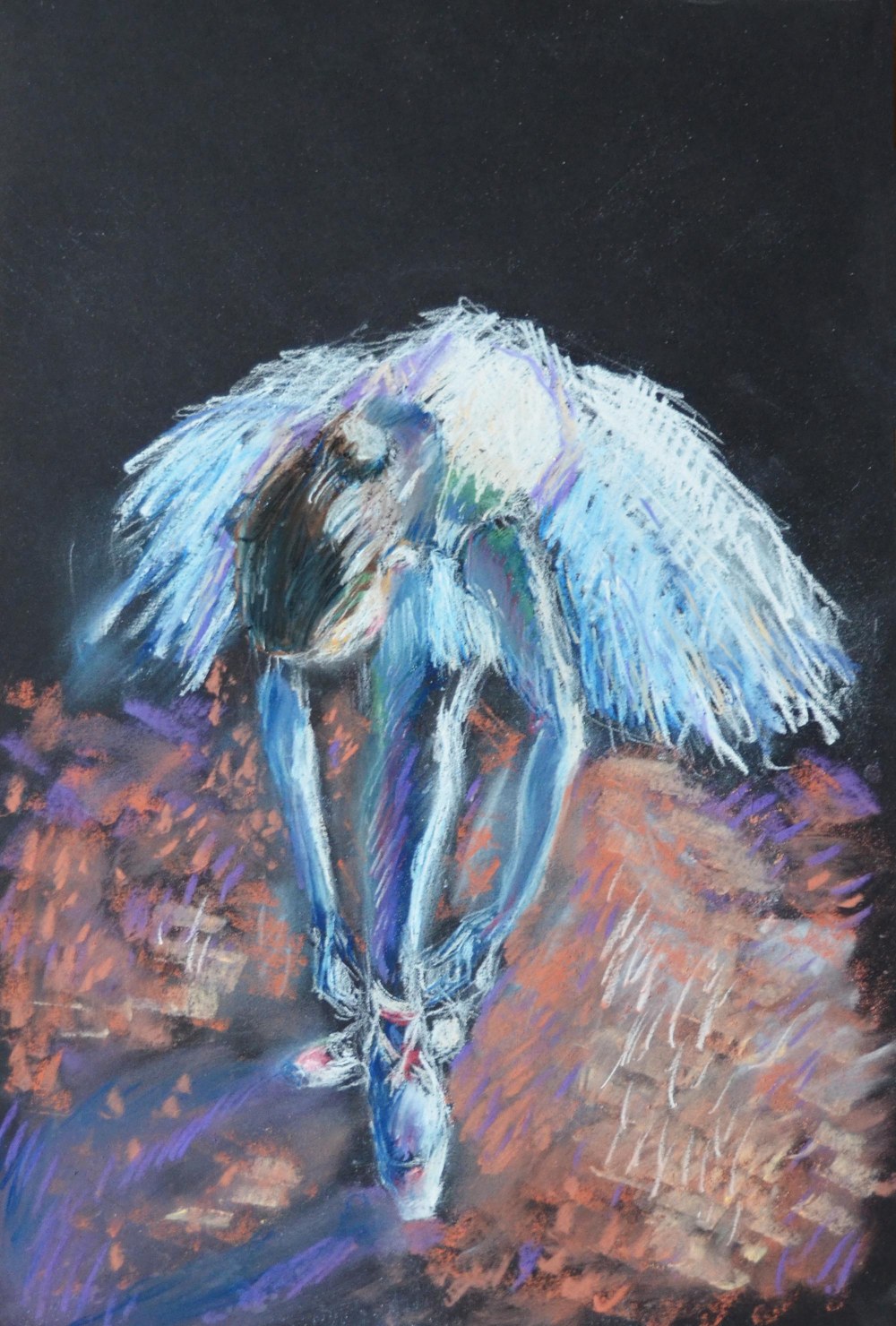
Dancer 8; pastel on black paper.
Pastel paper has a light “tooth,” or texture, to hold the pastels. If you over-paint (apply too much of the medium) you lose the tooth, and your pastels will not set onto the paper. For this painting I began with black pastel paper; I have a couple of pads of black pastel papers lying around my studio. You can also buy pastel papers in grey, sand, powder blue, etc. But I didn’t have any of those and I’m lazy. Besides, I like the look of bright pastel against a black ground (ground is the term for the surface you draw or paint on). Black seemed appropriate for these paintings because they will imply the darkness of a theater or rehearsal space behind the brightly colored dancer. Also, as I mentioned, I’m lazy.
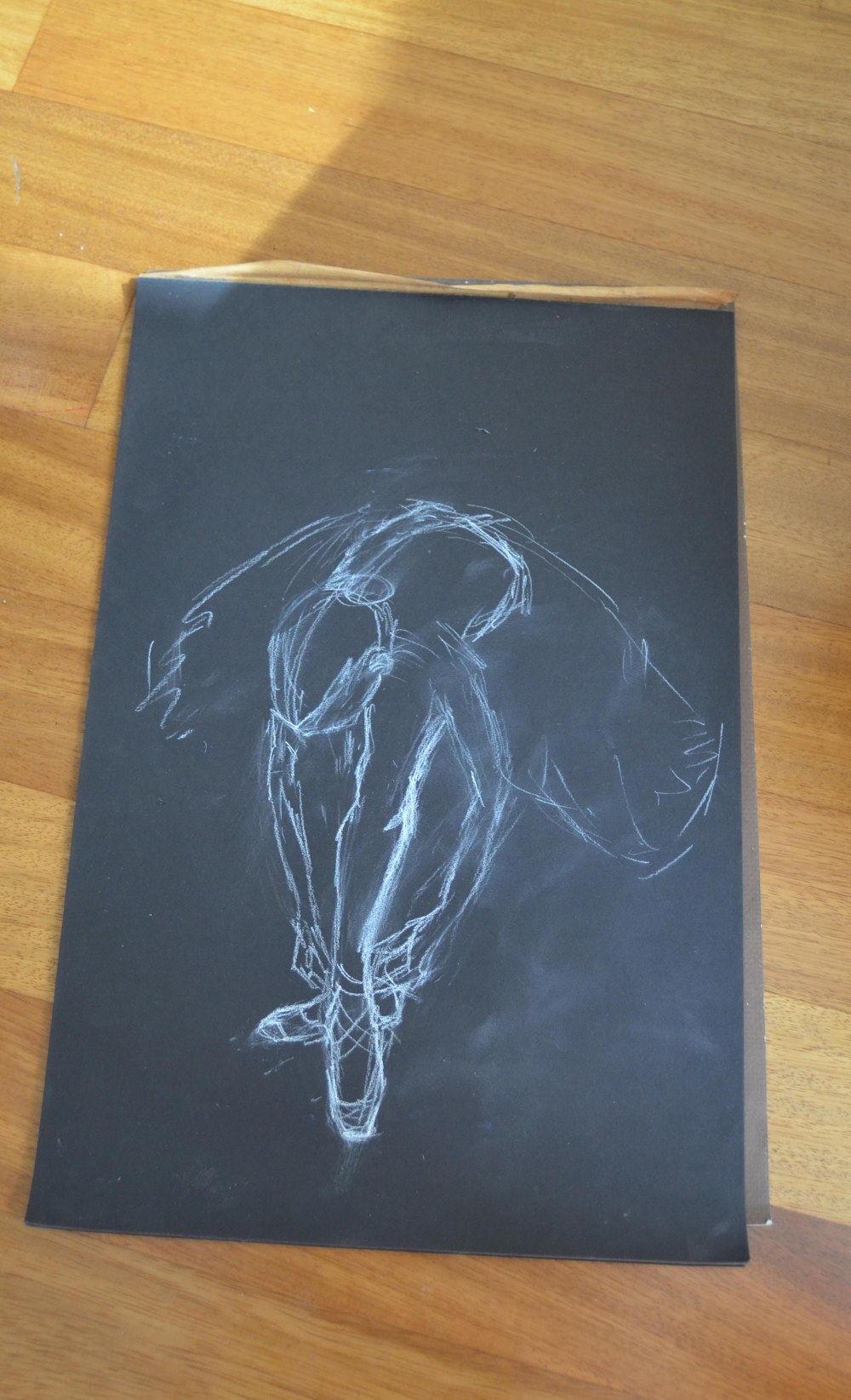
I start by drawing an outline using a white chalk pencil (I’ll talk more about beginning drawings in a minute). I like using white chalk because it’s easy to blend the chalk into the pastel painting. Chalk and pastel are essentially the same medium, a color pigment combined with a clear binder. Chalk is more “dusty” than pastel, but not a lot more. You might also use charcoal or colored pencils when painting with pastels. These are all similar mediums and blend well together.
For the drawing I wanted to capture the very basic shapes of the dancer adjusting her laces before taking the stage. I paid special attention to the lines of her limbs, making sure to capture the form of the muscles, knees, elbows and shoulders. Her face is mostly hidden, but her ear and neck are defining features.
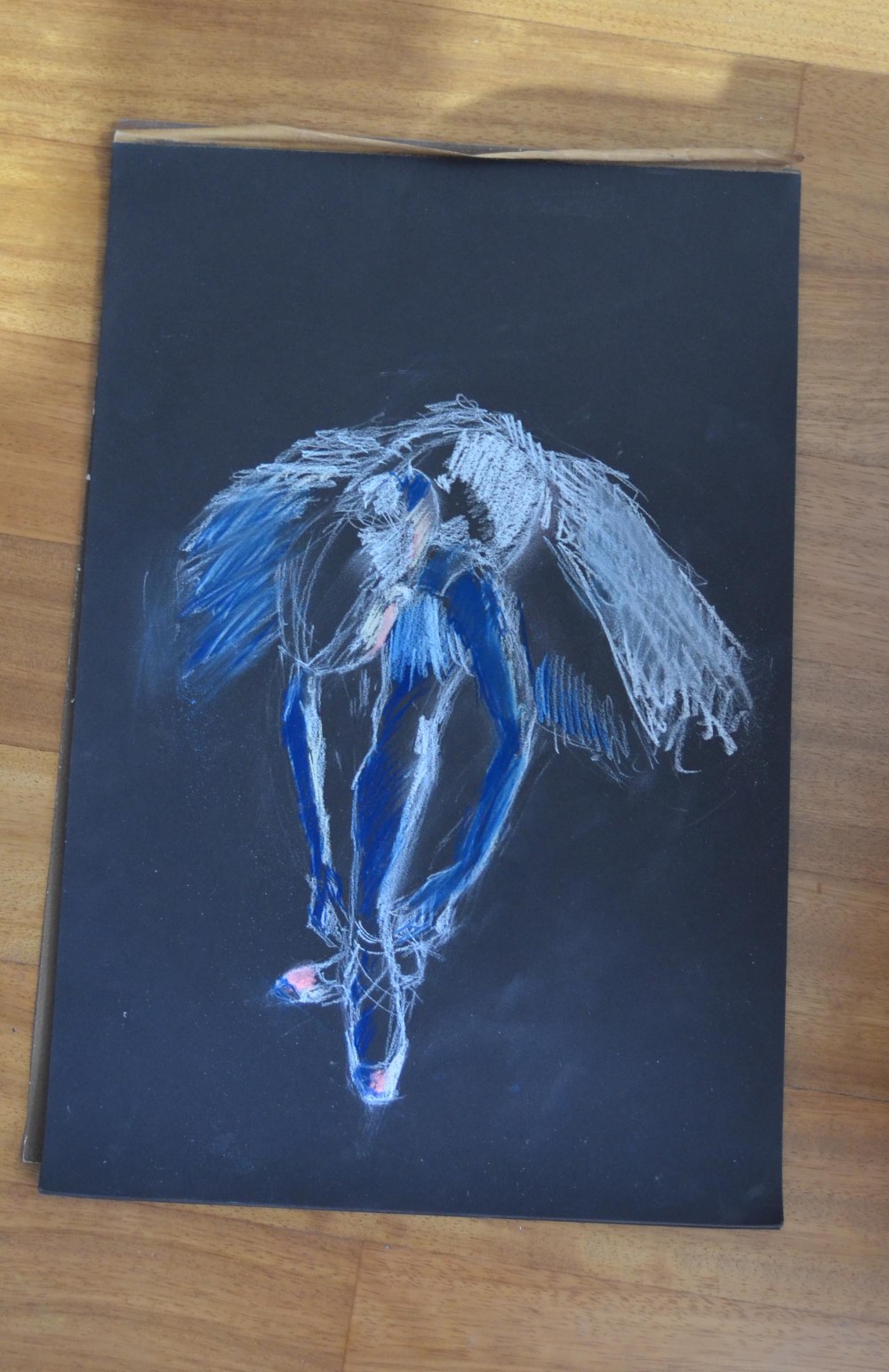
Just like when I paint with acrylics, I describe both the darkest and lightest areas of the composition right away. Here I used the white chalk pencil and some pink pastel for the lightest values, and ultramarine and the black surface of the paper for the darkest values.
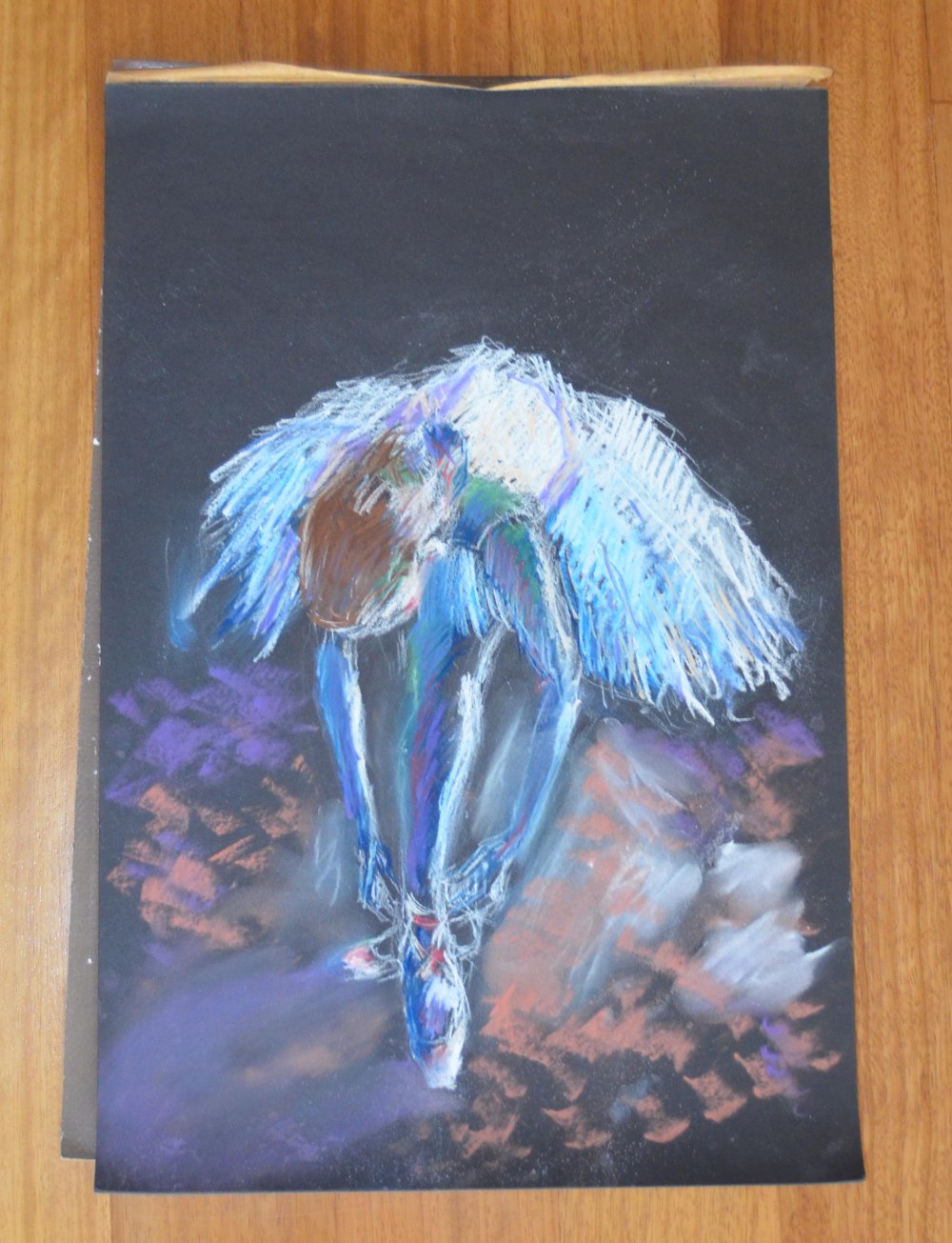
Developing the color scheme. More white chalk and white pastel in the lightest areas, especially the skirt of the dancer’s tutu, and the reflected light on her back. I built up the blues of the shadows using both light and dark blue, and blending them with the white areas. I use a paper towel or my fingers to blend the pastels, and also to get ‘blurred’ areas, which can imply movement, or areas that are outside of the viewer’s focus. I used a lavender for the shadow, which I will correct later.
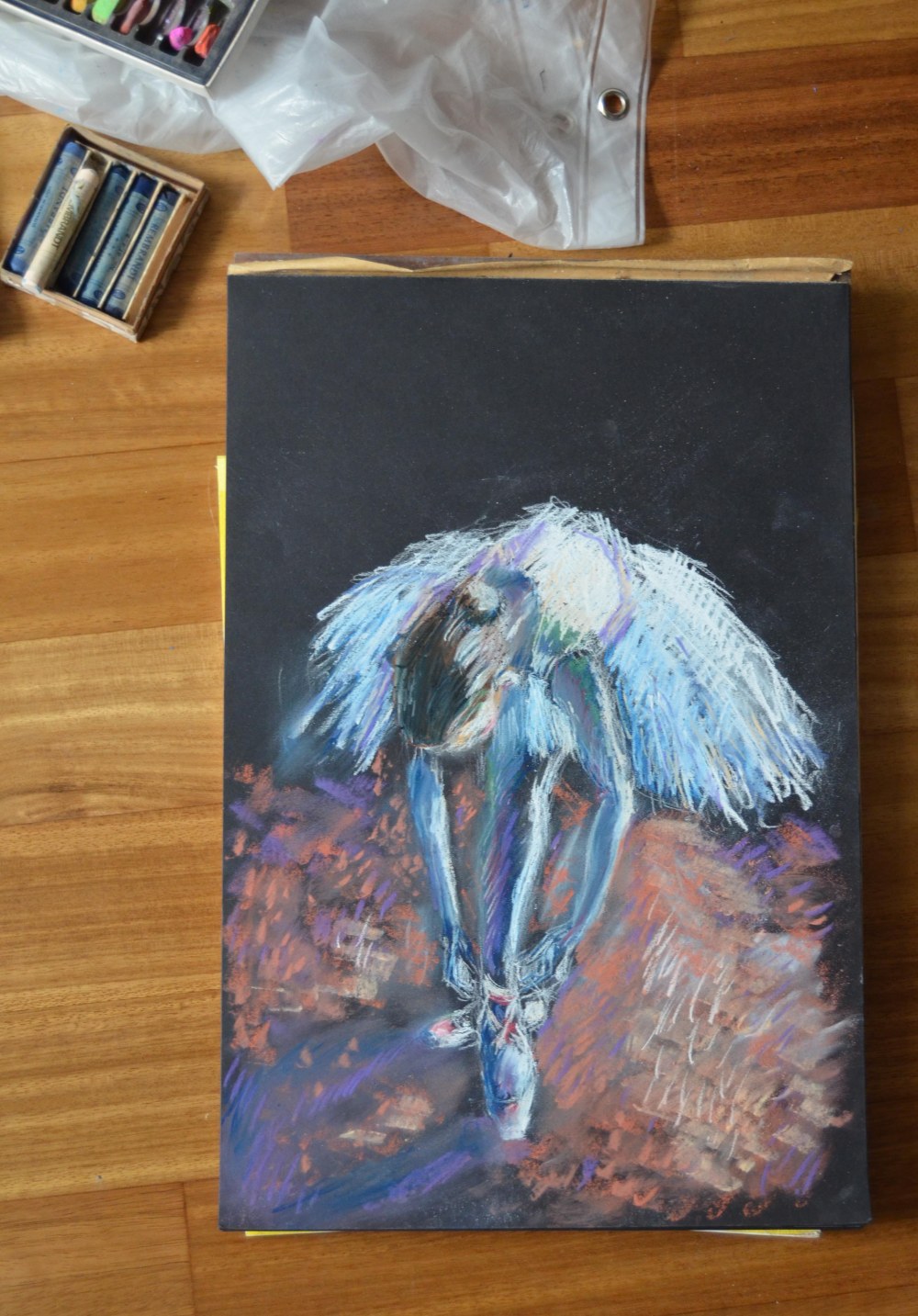
Almost done. I began to work in much finer lines in the shadow, the reflected light on the stage, and in the hair and clothing. Again, this gives the piece movement. Even though the dancer is in a more static position, I want her to look active, and to capture her focus on the task of adjusting her laces. I work at this point to perfect the lines of her limbs, as these and the skirt are the most defined areas of the piece. These are also the elements I am most drawn to when painting dancers: the movement of their arms and legs, and the flow of their lines. I also offset the large fields of white and blue by adding a little green in the shadow areas. As the composition develops, note that the shapes of the lights reflected on the stage reinforce the overall pose of the dancer.
Finished:

I think I put about as much pastel on the surface as I could before the tooth began rejecting the medium. I think that’s a feel that comes with a lot of practice.
Next I began this painting:

Dancer: Dress Rehearsal. Pastel on black paper.
Again, I began with white chalk pencil on black paper. Here is the very first step, what I call a gesture drawing, mainly showing the flow of the lines of the subject:
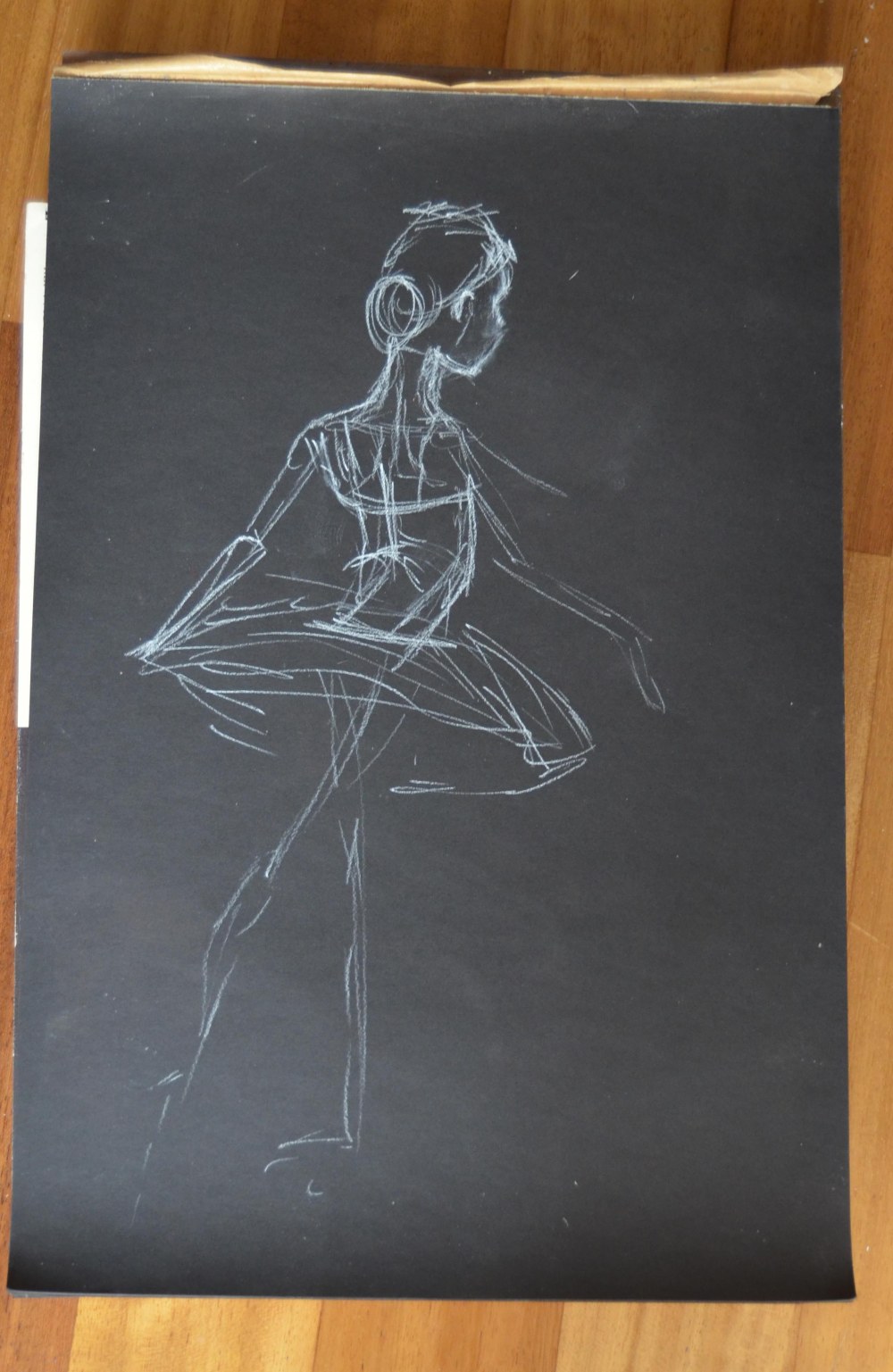
I develop that by adding details of the limbs and clothing. Note that I was not happy with the angle of the arm, and I erased it:

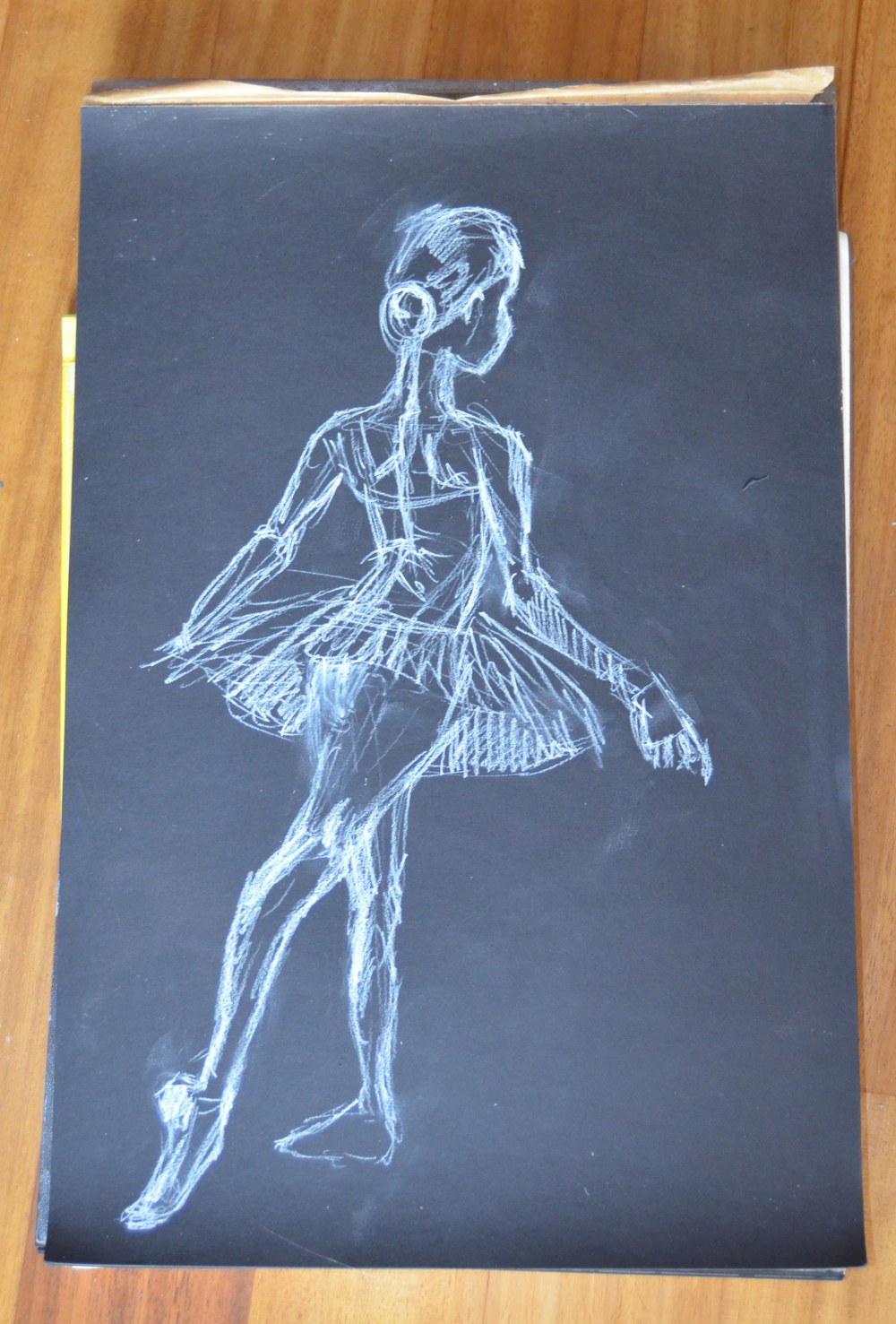
Now the arm is right. I’ve added light values using the chalk pencil. Those will be blended into the coloring when I start applying the pastels.
Her head is still a bit large, which I will correct as I paint. One great thing about pastel and chalk is that you can use a standard eraser. You just don’t want to erase too much, as you’ll damage the tooth of the paper. But a few fine adjustments are possible. Still, it’s important to remember that pastel is not as forgiving as acrylics: you can’t just paint over an area. Fine tuning is possible, but not major overhauls. In that case, you need to just start over.
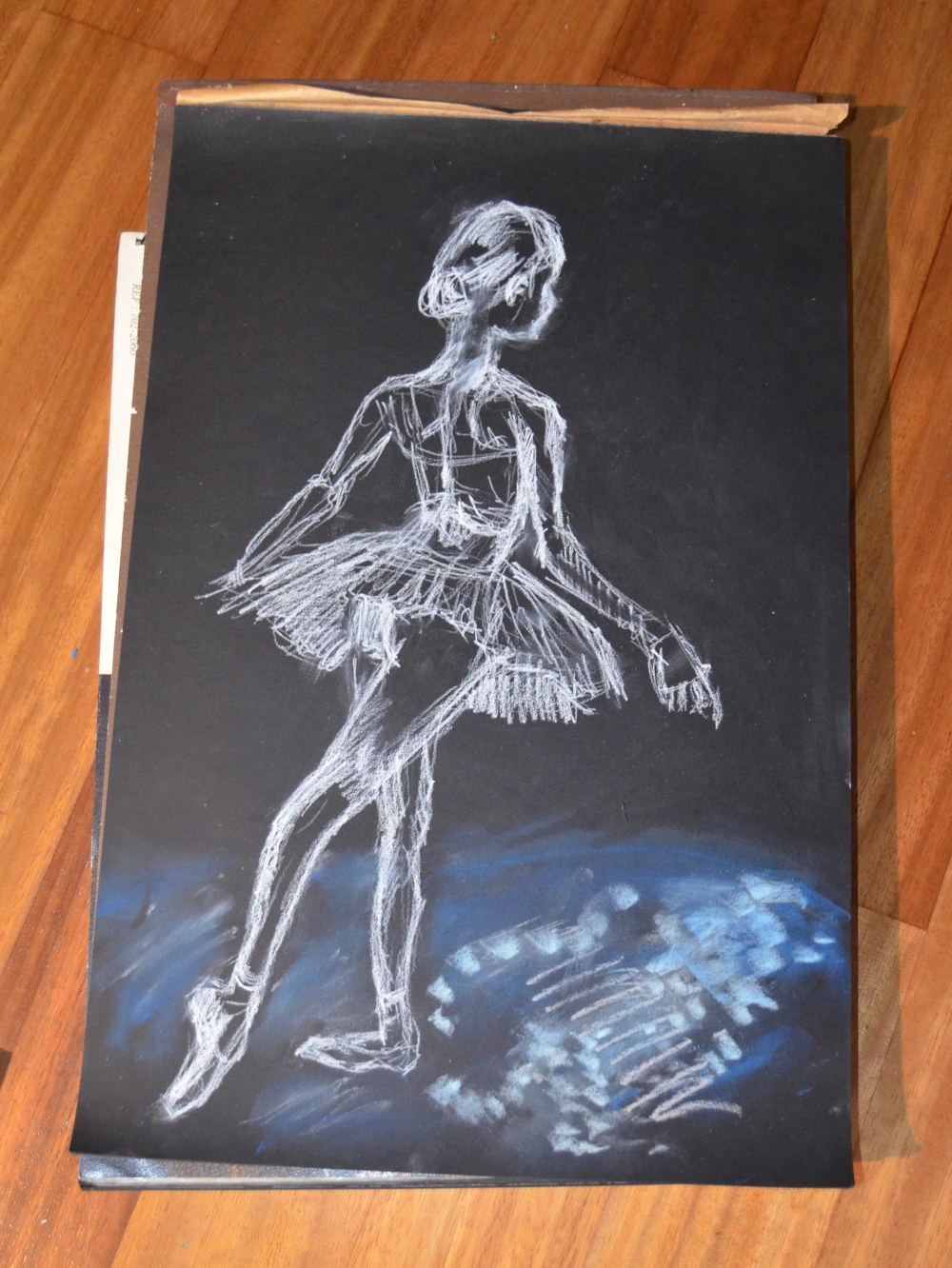
I began adding the reflections of light on the surface of the stage. Partly this was to establish my color scheme (though the color scheme here is very similar to the last painting, Dancer 8). Note I’ve also really started defining the flow of the skirt, and the lighter areas of the legs.

Here I’ve applied the darkest areas in ultramarine. I’ve also begun laying in the background: rows of seats in the theater, and lights in the ceiling. The colors of the skin and hair, and of the tutu and tights, all still need to be blended and tweaked. I will also add more reflection and color to the stage surface.
Finished painting:

I really pulled back the shadow falling on the upper legs under the skirt. I also added the reflection of the dancer’s slippers on the stage surface.
Pastels take some practice, but I love the medium. Some advantages: they are very inexpensive. A starter set of 15 or 20 colors can be found at Michael’s or Dick Blick for about ten bucks. Paper is a much cheaper medium than canvas, though you can buy a medium to apply to stretched canvas or canvas board to make a tooth for soft pastels. And boxes of pastels stack easily, so you can store hundreds of colors in a small space. 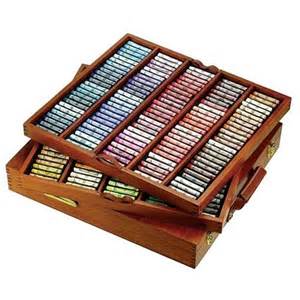
These are photos I pulled off the internet just to show how easy it is to store a lot of soft pastel sticks. Compared to tubes of paint, these hardly take up any space at all. A stick also lasts a long time. I end up acquiring a lot of pastel sticks: whenever I see them on sale at the art store, I buy a box or two.
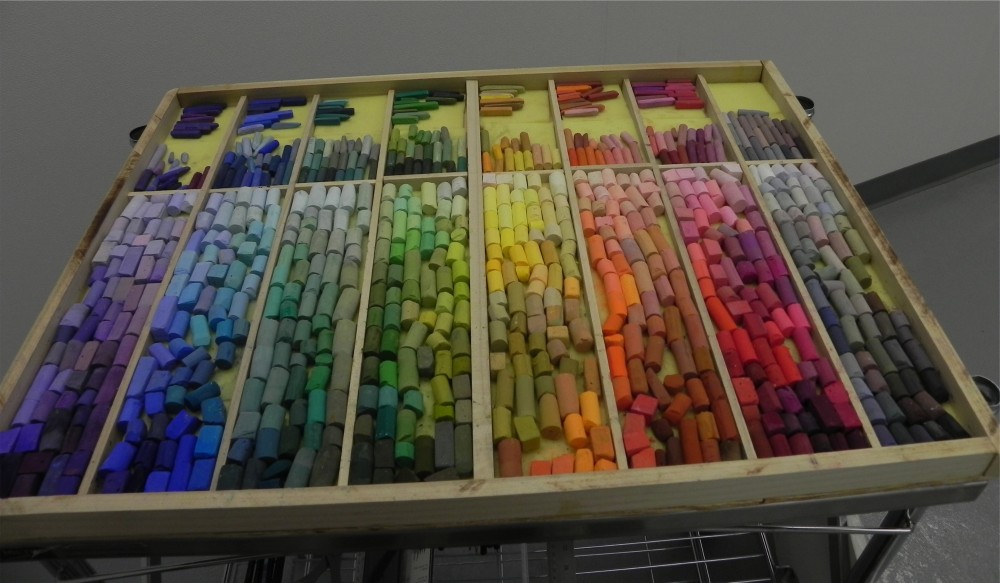
Soft pastel is a great medium. Experiment, sketch and paint with them, until you get the hang of how easy and quick these things are.You can make quick sketches like Cassatt, or spend hours or days making masterworks like Degas or Manet. In fact I’ll leave you with a well developed Toulouse-Lautrec pastel. Hopefully seeing the pastel works of the masters will inspire you as it did me:
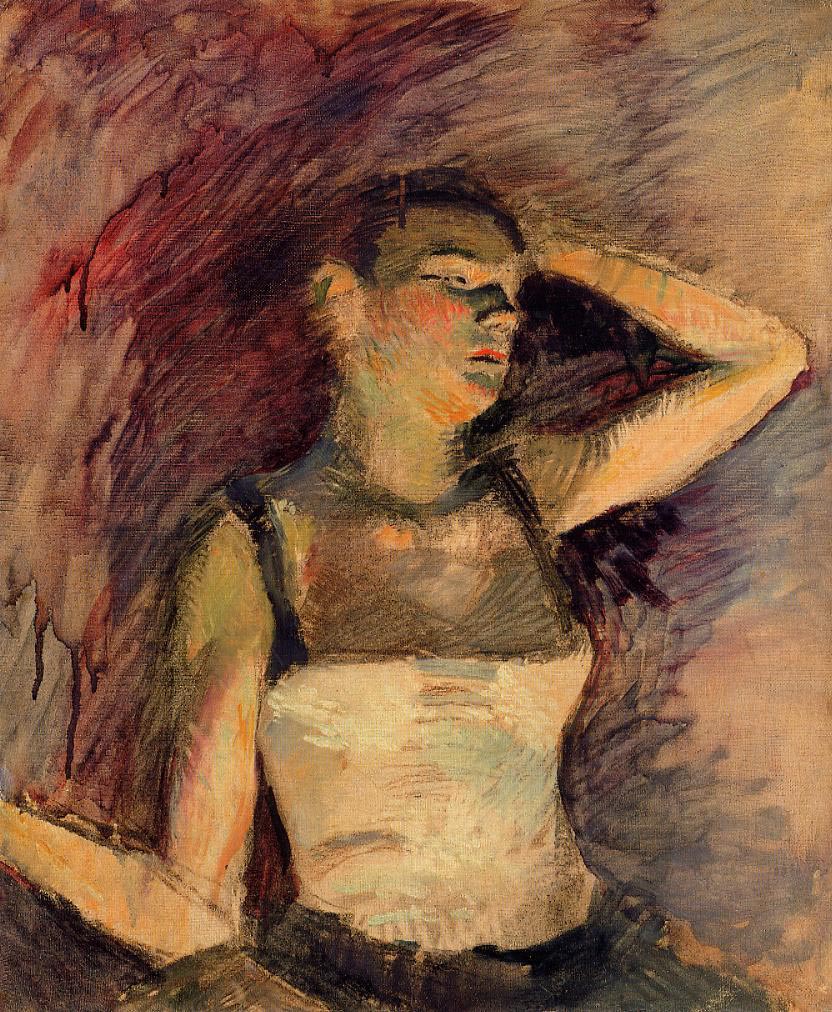
Study Of A Dancer, Henri Toulouse-Lautrec. Note that Toulouse-Lautrec added water to make the background “run.”
Thanks for looking. Please ‘like’ and comment.
